Quick filters:
Murex purple dye Stock Photos and Images
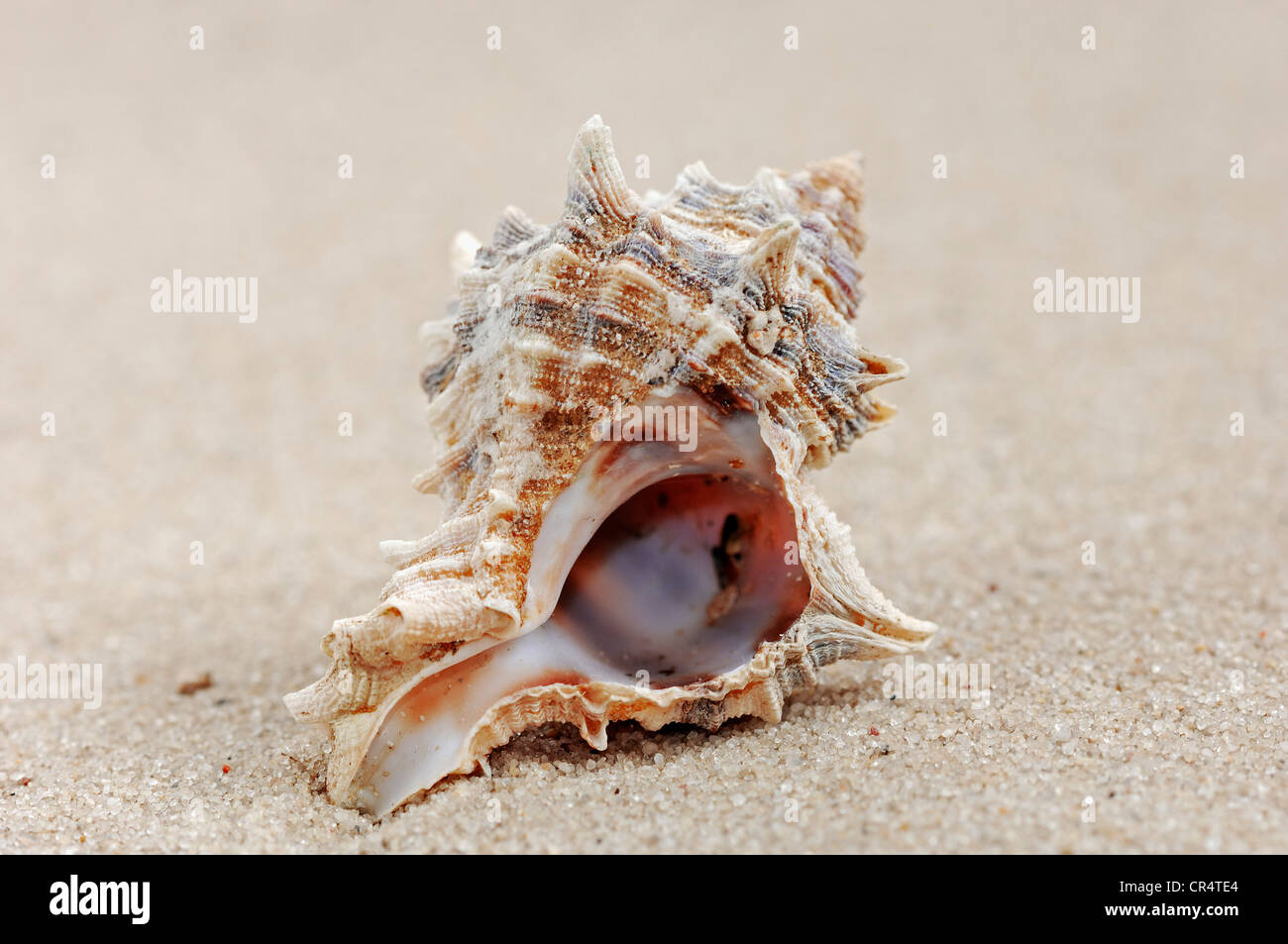 Shell of the Purple Murex or Banded Dye-Murex (Hexaplex trunculus, Murex trunculus), found in the Mediterranean Stock Photohttps://www.alamy.com/image-license-details/?v=1https://www.alamy.com/stock-photo-shell-of-the-purple-murex-or-banded-dye-murex-hexaplex-trunculus-murex-48664844.html
Shell of the Purple Murex or Banded Dye-Murex (Hexaplex trunculus, Murex trunculus), found in the Mediterranean Stock Photohttps://www.alamy.com/image-license-details/?v=1https://www.alamy.com/stock-photo-shell-of-the-purple-murex-or-banded-dye-murex-hexaplex-trunculus-murex-48664844.htmlRMCR4TE4–Shell of the Purple Murex or Banded Dye-Murex (Hexaplex trunculus, Murex trunculus), found in the Mediterranean
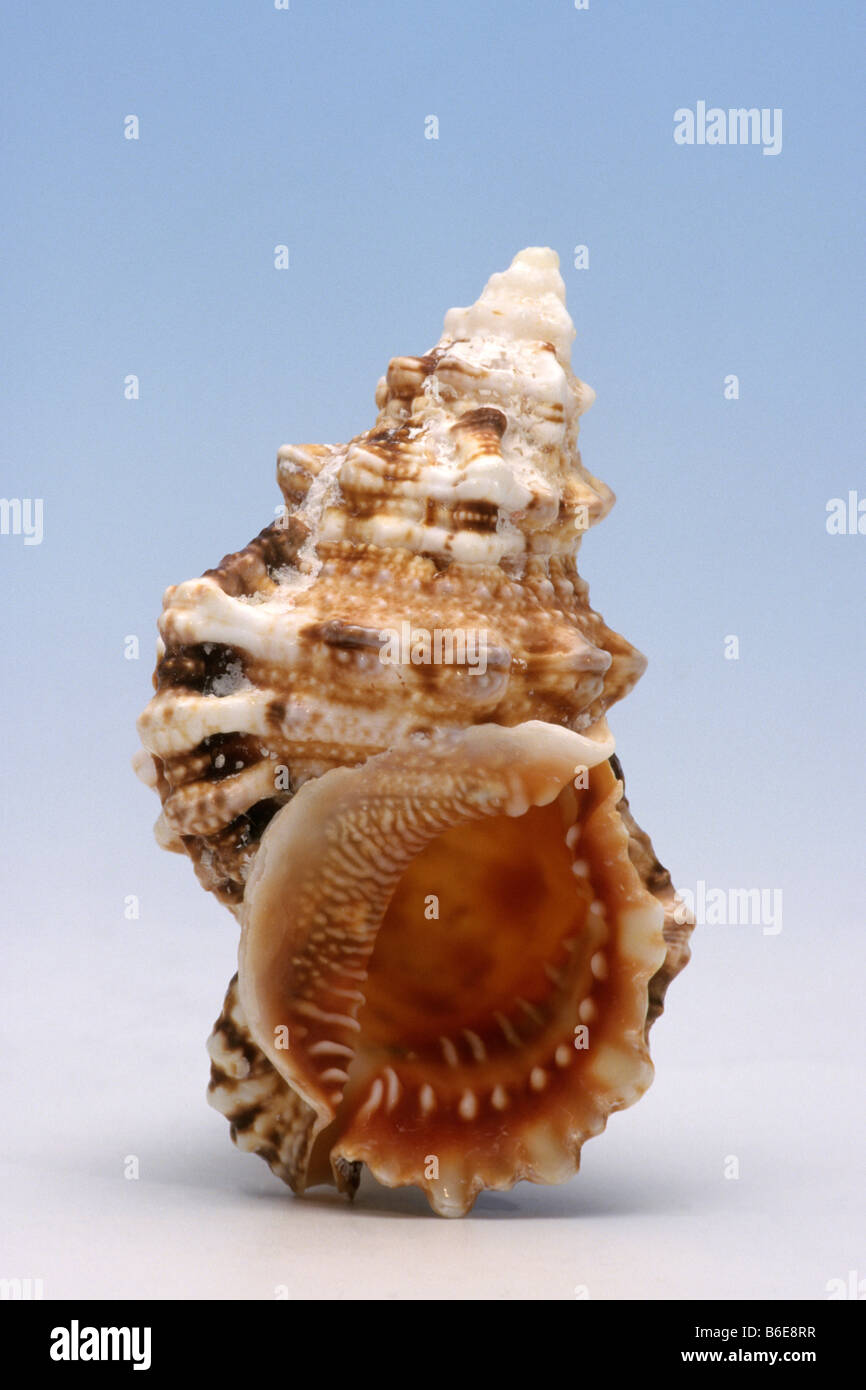 Purple Murex is a snail that along with 2 related species is used in ancient times for beautiful and expensive purple dyes Stock Photohttps://www.alamy.com/image-license-details/?v=1https://www.alamy.com/stock-photo-purple-murex-is-a-snail-that-along-with-2-related-species-is-used-21212571.html
Purple Murex is a snail that along with 2 related species is used in ancient times for beautiful and expensive purple dyes Stock Photohttps://www.alamy.com/image-license-details/?v=1https://www.alamy.com/stock-photo-purple-murex-is-a-snail-that-along-with-2-related-species-is-used-21212571.htmlRMB6E8RR–Purple Murex is a snail that along with 2 related species is used in ancient times for beautiful and expensive purple dyes
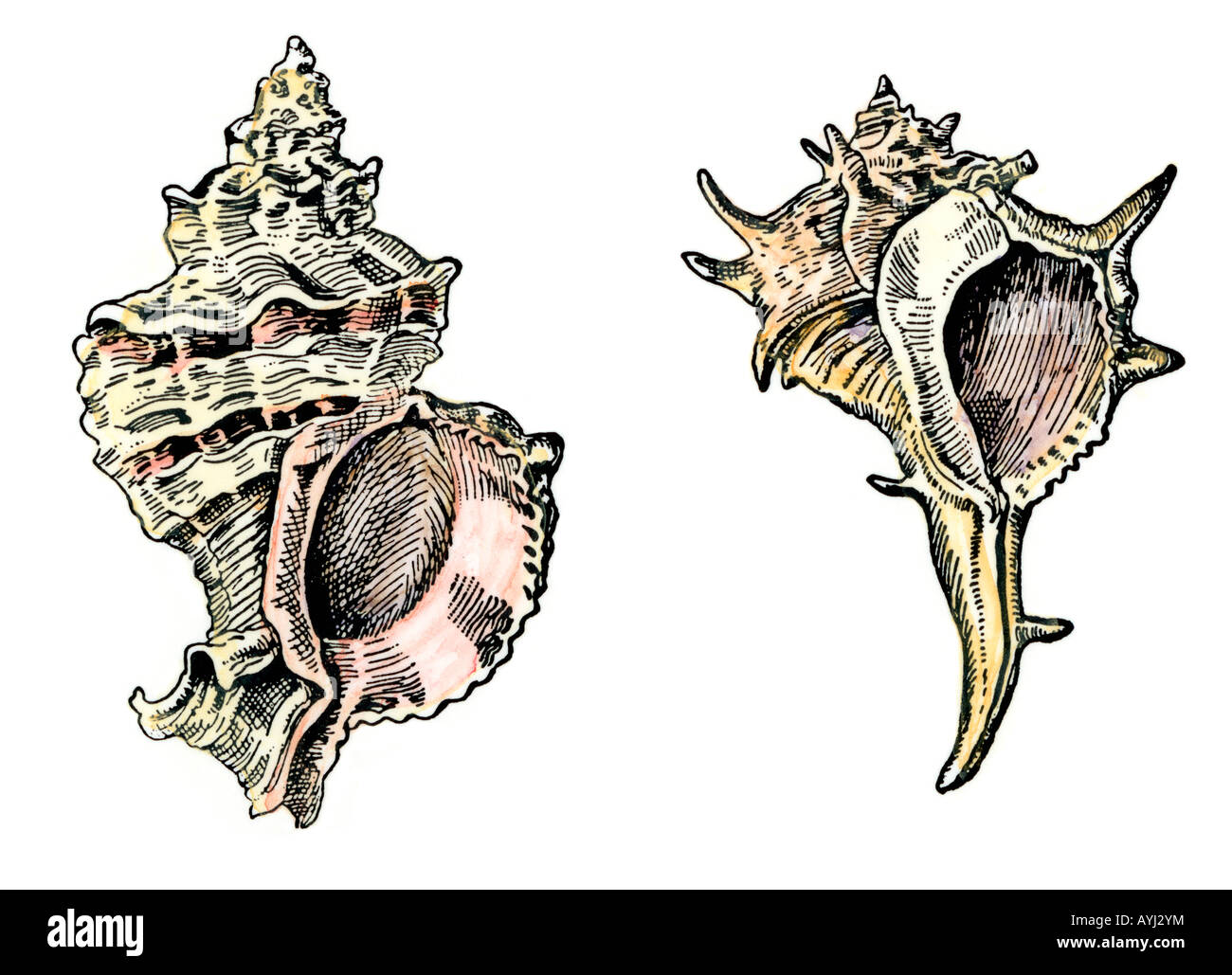 Murex shells source of the purple dye traded by the Phoenicians in ancient times. Hand-colored woodcut Stock Photohttps://www.alamy.com/image-license-details/?v=1https://www.alamy.com/stock-photo-murex-shells-source-of-the-purple-dye-traded-by-the-phoenicians-in-17117287.html
Murex shells source of the purple dye traded by the Phoenicians in ancient times. Hand-colored woodcut Stock Photohttps://www.alamy.com/image-license-details/?v=1https://www.alamy.com/stock-photo-murex-shells-source-of-the-purple-dye-traded-by-the-phoenicians-in-17117287.htmlRMAYJ2YM–Murex shells source of the purple dye traded by the Phoenicians in ancient times. Hand-colored woodcut
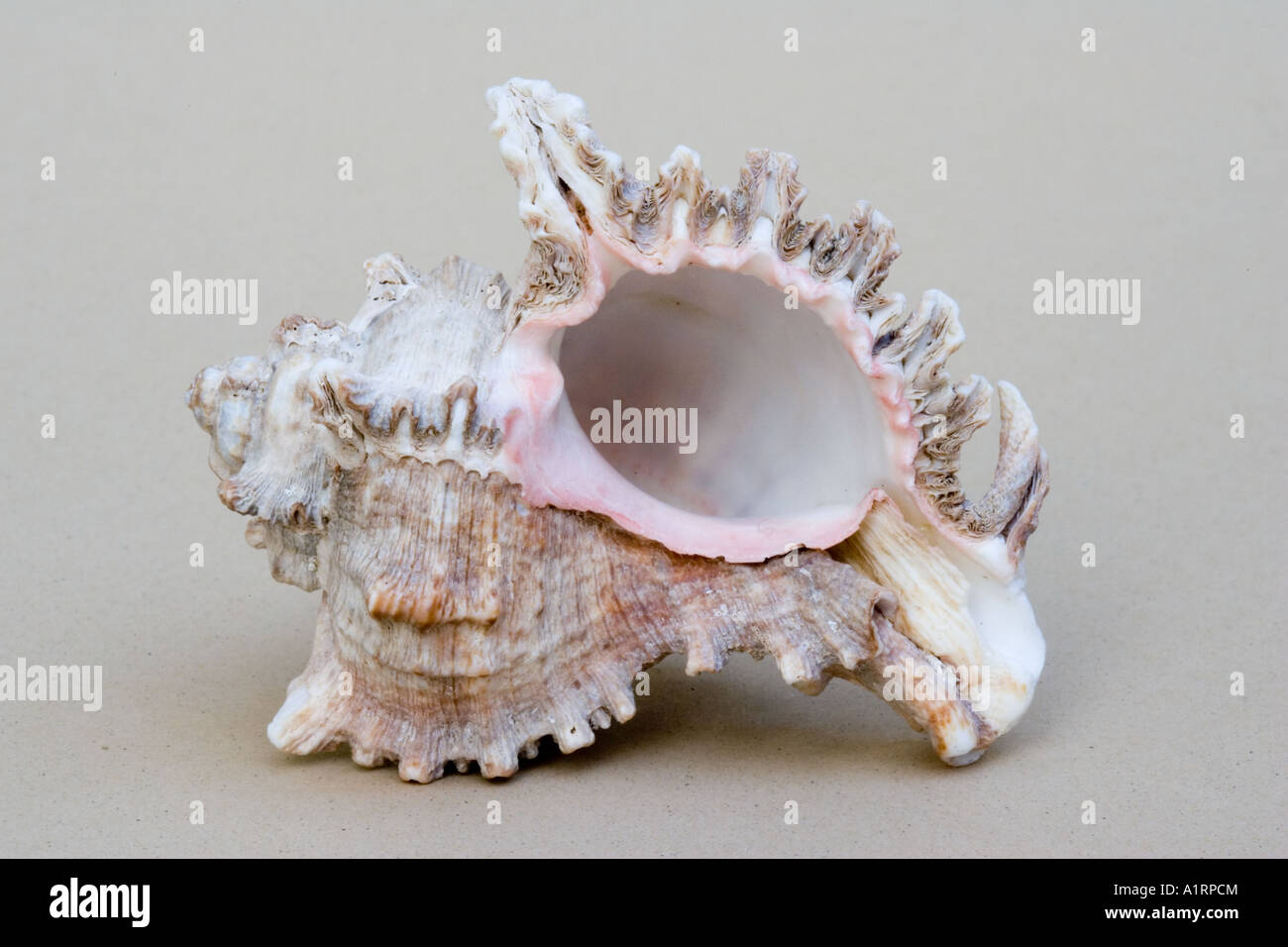 Closeup of underside of marine Murex seashell Stock Photohttps://www.alamy.com/image-license-details/?v=1https://www.alamy.com/stock-photo-closeup-of-underside-of-marine-murex-seashell-10321843.html
Closeup of underside of marine Murex seashell Stock Photohttps://www.alamy.com/image-license-details/?v=1https://www.alamy.com/stock-photo-closeup-of-underside-of-marine-murex-seashell-10321843.htmlRMA1RPCM–Closeup of underside of marine Murex seashell
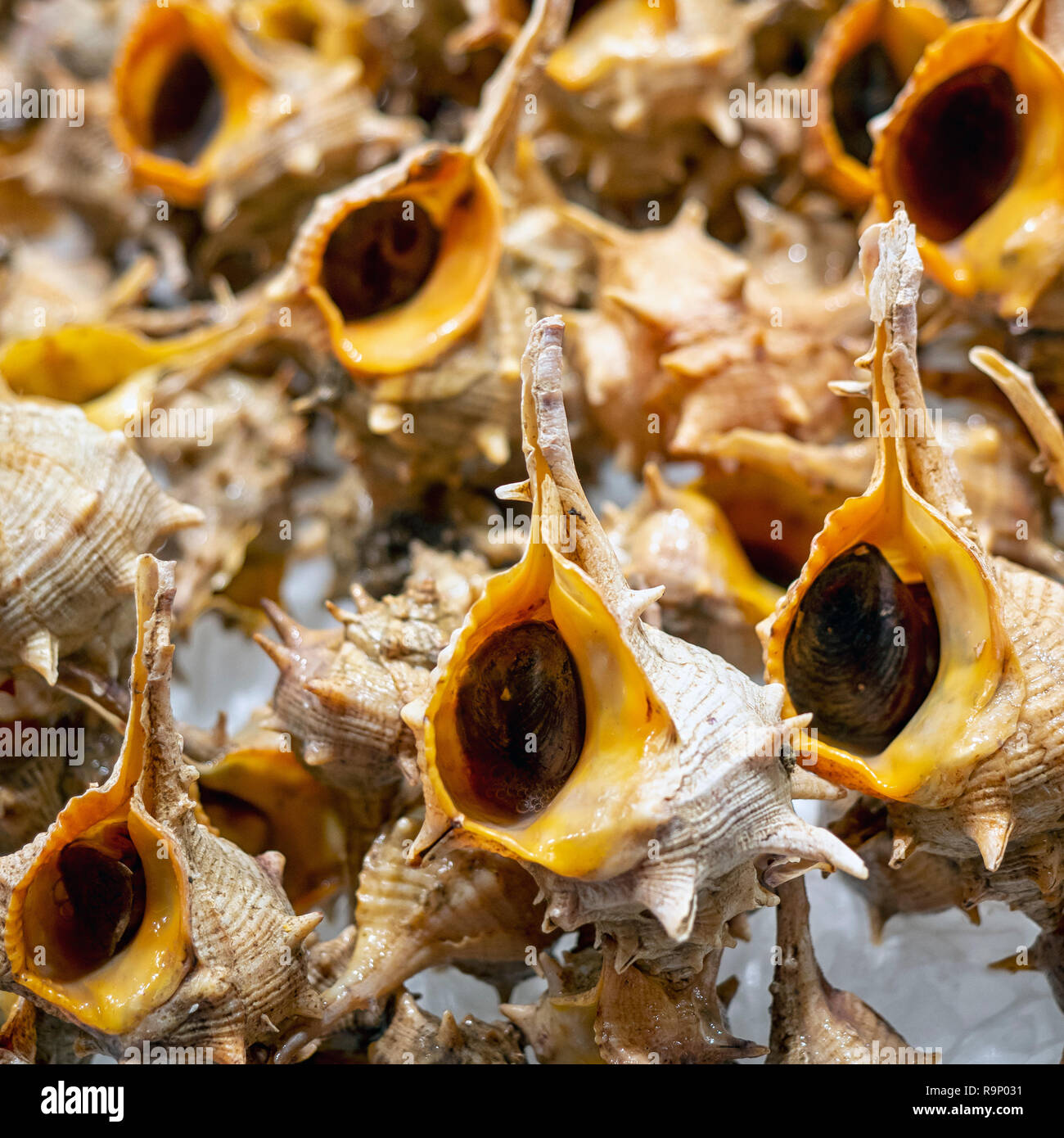 Purple Dye Murex or Spiny Dye-Murex (Bolinus brandaris) sea snails at a Spanish Market Stock Photohttps://www.alamy.com/image-license-details/?v=1https://www.alamy.com/purple-dye-murex-or-spiny-dye-murex-bolinus-brandaris-sea-snails-at-a-spanish-market-image229749717.html
Purple Dye Murex or Spiny Dye-Murex (Bolinus brandaris) sea snails at a Spanish Market Stock Photohttps://www.alamy.com/image-license-details/?v=1https://www.alamy.com/purple-dye-murex-or-spiny-dye-murex-bolinus-brandaris-sea-snails-at-a-spanish-market-image229749717.htmlRFR9P031–Purple Dye Murex or Spiny Dye-Murex (Bolinus brandaris) sea snails at a Spanish Market
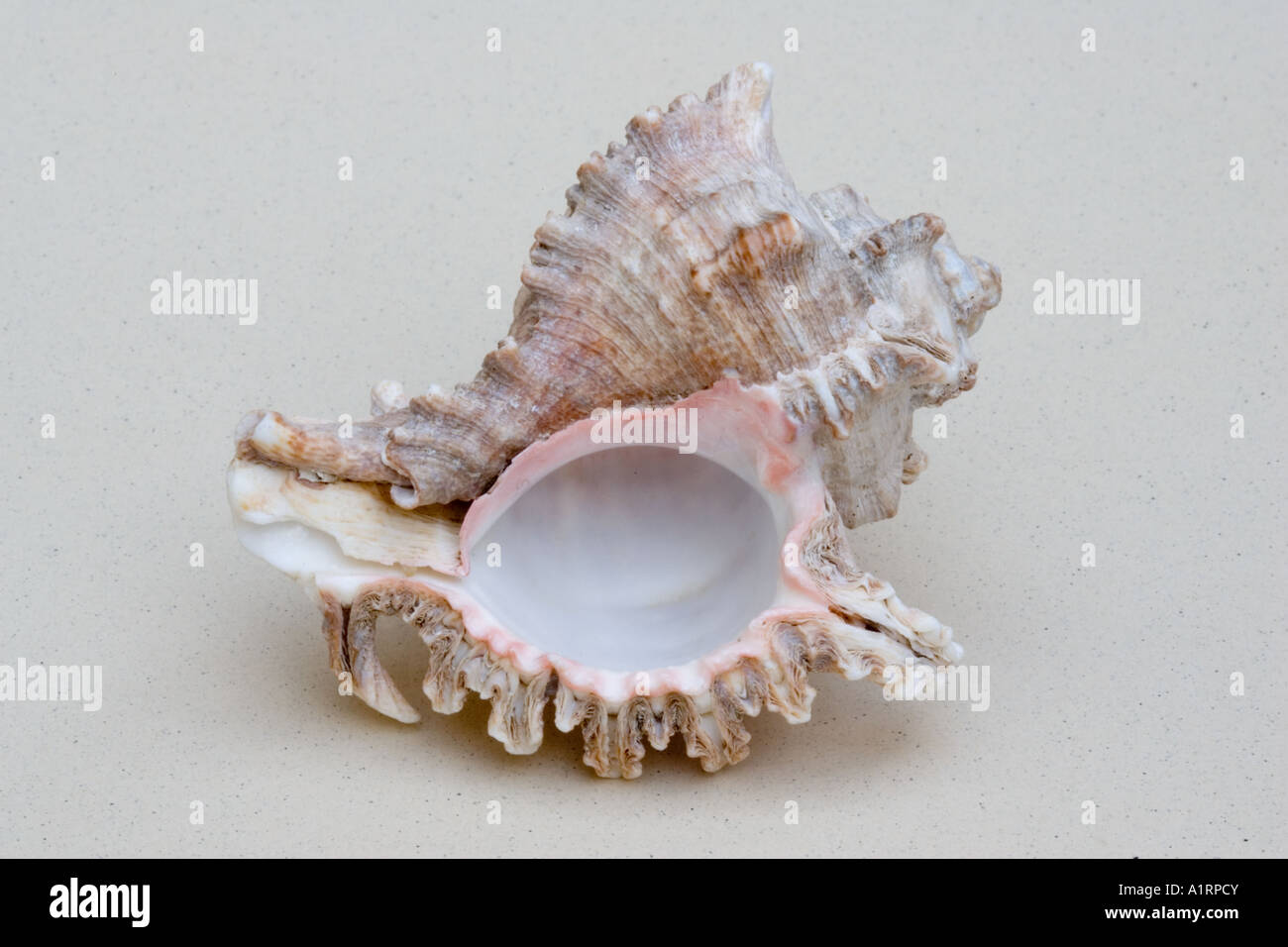 Closeup of underside of marine Murex seashell Stock Photohttps://www.alamy.com/image-license-details/?v=1https://www.alamy.com/stock-photo-closeup-of-underside-of-marine-murex-seashell-10321850.html
Closeup of underside of marine Murex seashell Stock Photohttps://www.alamy.com/image-license-details/?v=1https://www.alamy.com/stock-photo-closeup-of-underside-of-marine-murex-seashell-10321850.htmlRMA1RPCY–Closeup of underside of marine Murex seashell
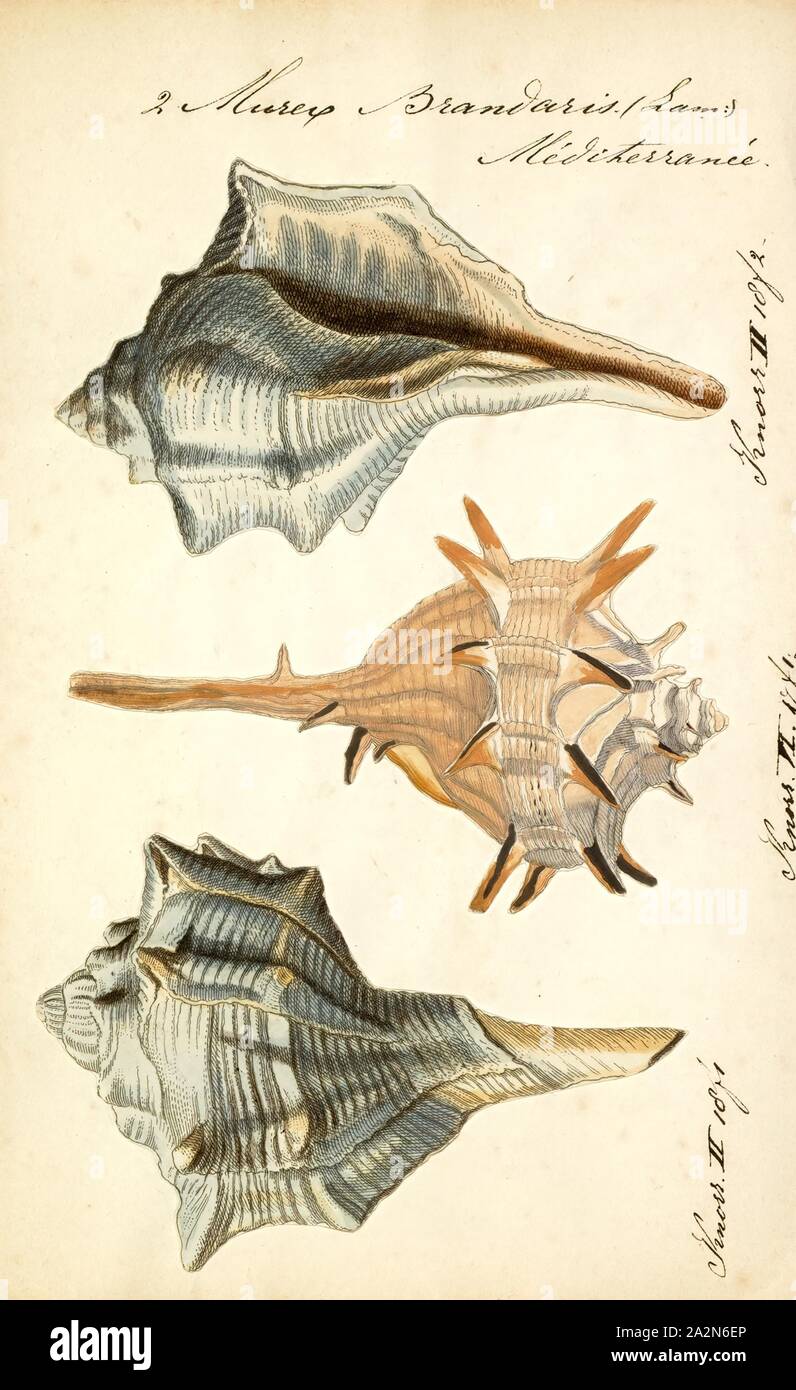 Murex brandaris, Print, Bolinus brandaris (originally called Murex brandaris by Linnaeus and also Haustellum brandaris), and commonly known as the purple dye murex or the spiny dye-murex, is a species of medium-sized predatory sea snail, an edible marine gastropod mollusk in the family Muricidae, the murex snails or the rock snails Stock Photohttps://www.alamy.com/image-license-details/?v=1https://www.alamy.com/murex-brandaris-print-bolinus-brandaris-originally-called-murex-brandaris-by-linnaeus-and-also-haustellum-brandaris-and-commonly-known-as-the-purple-dye-murex-or-the-spiny-dye-murex-is-a-species-of-medium-sized-predatory-sea-snail-an-edible-marine-gastropod-mollusk-in-the-family-muricidae-the-murex-snails-or-the-rock-snails-image328692414.html
Murex brandaris, Print, Bolinus brandaris (originally called Murex brandaris by Linnaeus and also Haustellum brandaris), and commonly known as the purple dye murex or the spiny dye-murex, is a species of medium-sized predatory sea snail, an edible marine gastropod mollusk in the family Muricidae, the murex snails or the rock snails Stock Photohttps://www.alamy.com/image-license-details/?v=1https://www.alamy.com/murex-brandaris-print-bolinus-brandaris-originally-called-murex-brandaris-by-linnaeus-and-also-haustellum-brandaris-and-commonly-known-as-the-purple-dye-murex-or-the-spiny-dye-murex-is-a-species-of-medium-sized-predatory-sea-snail-an-edible-marine-gastropod-mollusk-in-the-family-muricidae-the-murex-snails-or-the-rock-snails-image328692414.htmlRM2A2N6EP–Murex brandaris, Print, Bolinus brandaris (originally called Murex brandaris by Linnaeus and also Haustellum brandaris), and commonly known as the purple dye murex or the spiny dye-murex, is a species of medium-sized predatory sea snail, an edible marine gastropod mollusk in the family Muricidae, the murex snails or the rock snails
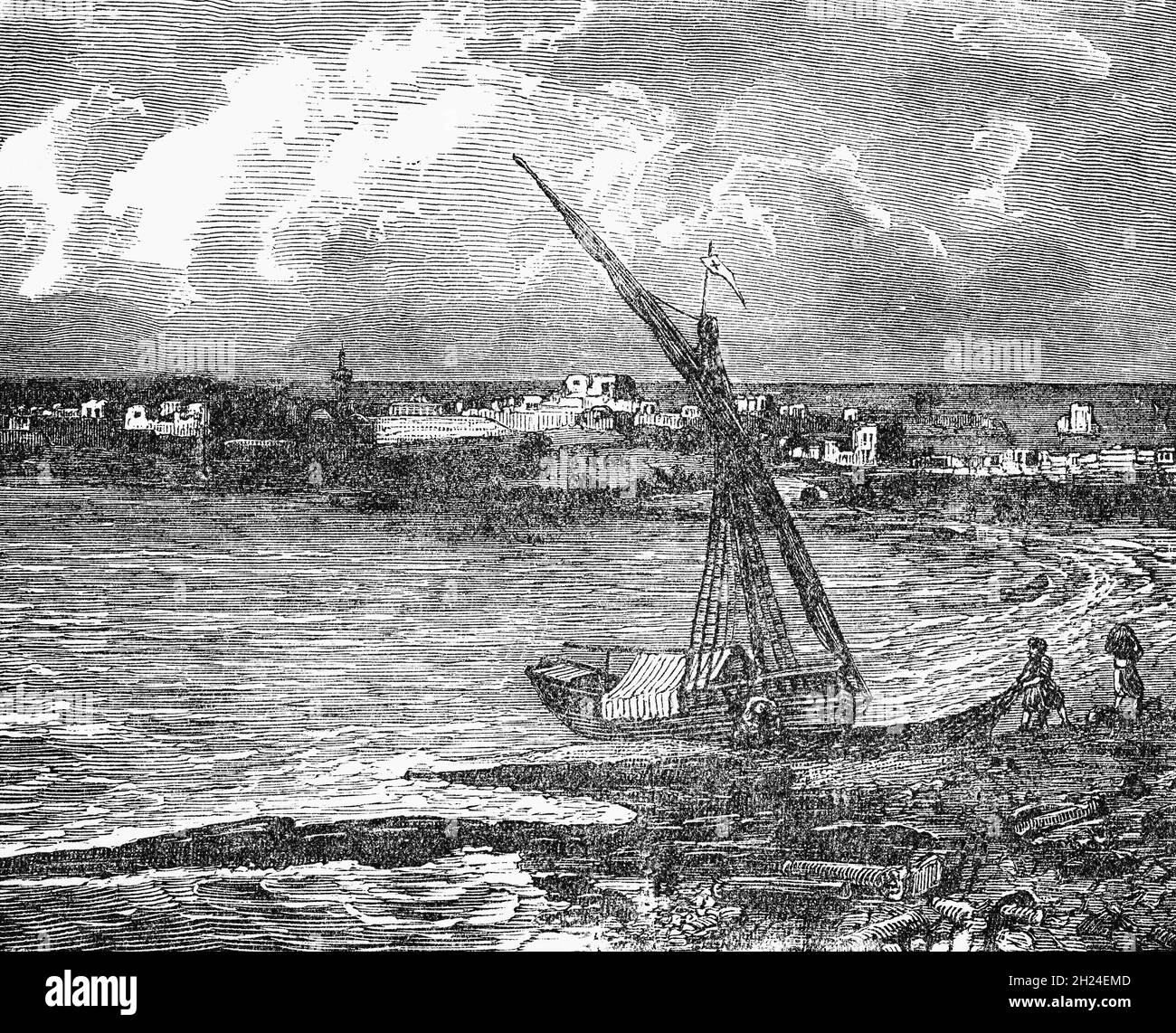 A late 19th Century illustration of Tyre, an ancient Phoenician port city which, in myth, is known as the birthplace of Europa (who gave Europe its name). The prosperity of Tyre attracted the attention of King Nebuchadnezzar II of Babylon who lay siege to the city for 13 years in the 6th century BCE without breaking their defenses. The Tyrians were known as workers in dye from the shells of the Murex shellfish, the purple dye was highly valued and held royal connotations in the ancient world. Stock Photohttps://www.alamy.com/image-license-details/?v=1https://www.alamy.com/a-late-19th-century-illustration-of-tyre-an-ancient-phoenician-port-city-which-in-myth-is-known-as-the-birthplace-of-europa-who-gave-europe-its-name-the-prosperity-of-tyre-attracted-the-attention-of-king-nebuchadnezzar-ii-of-babylon-who-lay-siege-to-the-city-for-13-years-in-the-6th-century-bce-without-breaking-their-defenses-the-tyrians-were-known-as-workers-in-dye-from-the-shells-of-the-murex-shellfish-the-purple-dye-was-highly-valued-and-held-royal-connotations-in-the-ancient-world-image448798237.html
A late 19th Century illustration of Tyre, an ancient Phoenician port city which, in myth, is known as the birthplace of Europa (who gave Europe its name). The prosperity of Tyre attracted the attention of King Nebuchadnezzar II of Babylon who lay siege to the city for 13 years in the 6th century BCE without breaking their defenses. The Tyrians were known as workers in dye from the shells of the Murex shellfish, the purple dye was highly valued and held royal connotations in the ancient world. Stock Photohttps://www.alamy.com/image-license-details/?v=1https://www.alamy.com/a-late-19th-century-illustration-of-tyre-an-ancient-phoenician-port-city-which-in-myth-is-known-as-the-birthplace-of-europa-who-gave-europe-its-name-the-prosperity-of-tyre-attracted-the-attention-of-king-nebuchadnezzar-ii-of-babylon-who-lay-siege-to-the-city-for-13-years-in-the-6th-century-bce-without-breaking-their-defenses-the-tyrians-were-known-as-workers-in-dye-from-the-shells-of-the-murex-shellfish-the-purple-dye-was-highly-valued-and-held-royal-connotations-in-the-ancient-world-image448798237.htmlRM2H24EMD–A late 19th Century illustration of Tyre, an ancient Phoenician port city which, in myth, is known as the birthplace of Europa (who gave Europe its name). The prosperity of Tyre attracted the attention of King Nebuchadnezzar II of Babylon who lay siege to the city for 13 years in the 6th century BCE without breaking their defenses. The Tyrians were known as workers in dye from the shells of the Murex shellfish, the purple dye was highly valued and held royal connotations in the ancient world.
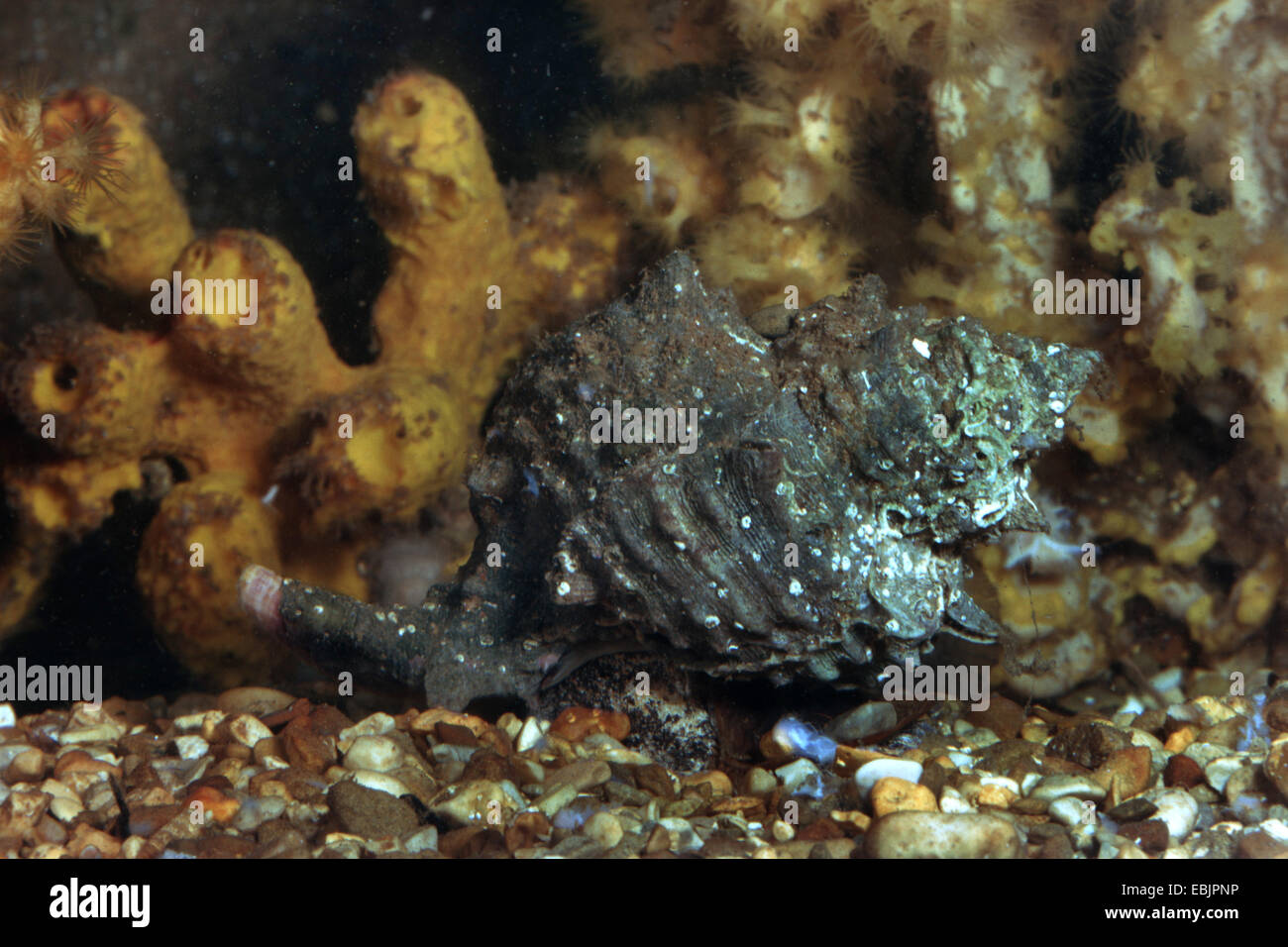 Banded dye-murex (Hexaplex trunculus, Murex trunculus, Haustellum trunculus), used as a distinctive purple-blue indigo dye Stock Photohttps://www.alamy.com/image-license-details/?v=1https://www.alamy.com/stock-photo-banded-dye-murex-hexaplex-trunculus-murex-trunculus-haustellum-trunculus-76015682.html
Banded dye-murex (Hexaplex trunculus, Murex trunculus, Haustellum trunculus), used as a distinctive purple-blue indigo dye Stock Photohttps://www.alamy.com/image-license-details/?v=1https://www.alamy.com/stock-photo-banded-dye-murex-hexaplex-trunculus-murex-trunculus-haustellum-trunculus-76015682.htmlRMEBJPNP–Banded dye-murex (Hexaplex trunculus, Murex trunculus, Haustellum trunculus), used as a distinctive purple-blue indigo dye
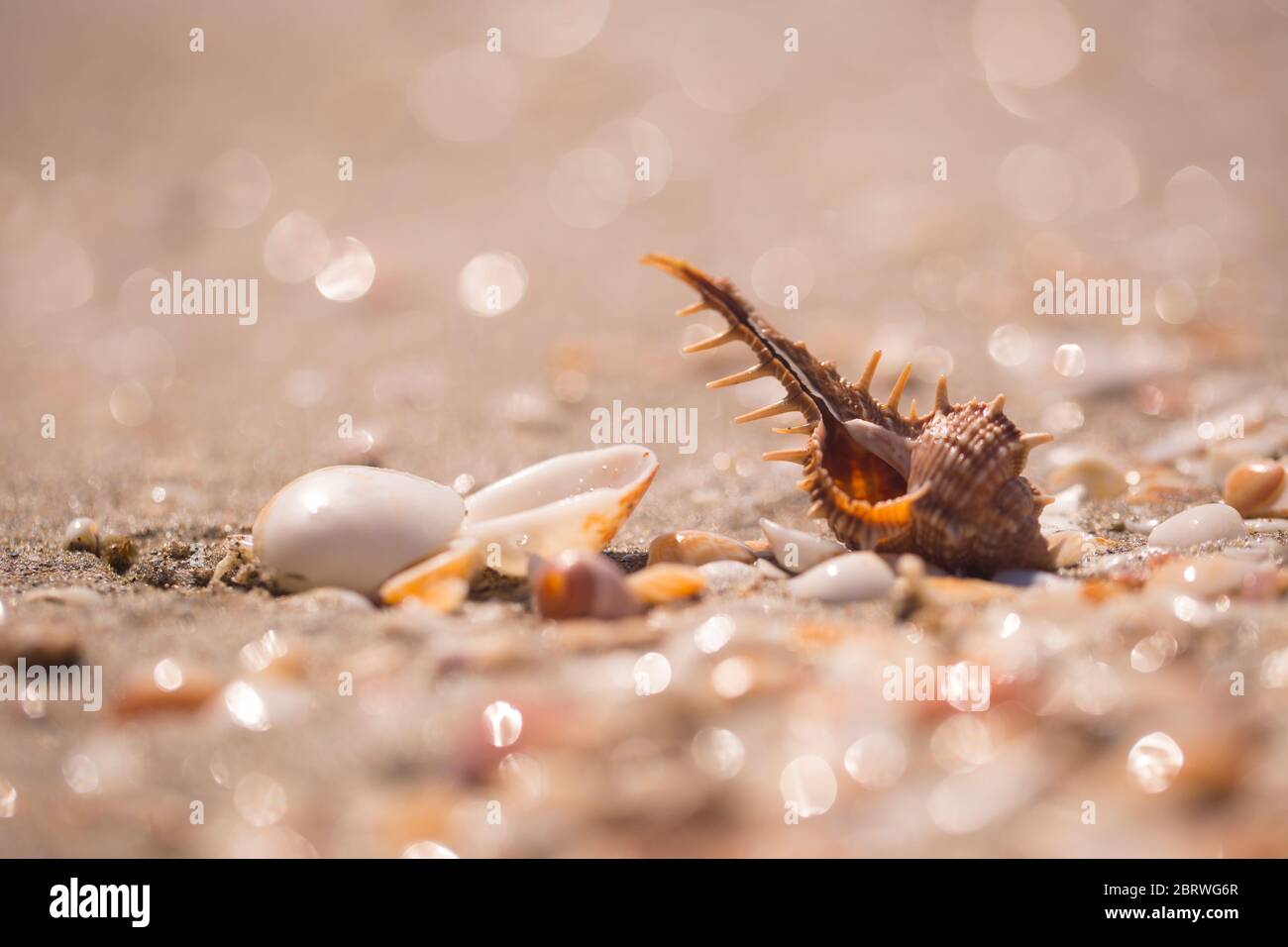 purple dye murex (Bolinus brandaris) (Gastropod) on a beach in Israel, a sea snail. Murex was at one time greatly valued as the source for purple dye. Stock Photohttps://www.alamy.com/image-license-details/?v=1https://www.alamy.com/purple-dye-murex-bolinus-brandaris-gastropod-on-a-beach-in-israel-a-sea-snail-murex-was-at-one-time-greatly-valued-as-the-source-for-purple-dye-image358905983.html
purple dye murex (Bolinus brandaris) (Gastropod) on a beach in Israel, a sea snail. Murex was at one time greatly valued as the source for purple dye. Stock Photohttps://www.alamy.com/image-license-details/?v=1https://www.alamy.com/purple-dye-murex-bolinus-brandaris-gastropod-on-a-beach-in-israel-a-sea-snail-murex-was-at-one-time-greatly-valued-as-the-source-for-purple-dye-image358905983.htmlRM2BRWG6R–purple dye murex (Bolinus brandaris) (Gastropod) on a beach in Israel, a sea snail. Murex was at one time greatly valued as the source for purple dye.
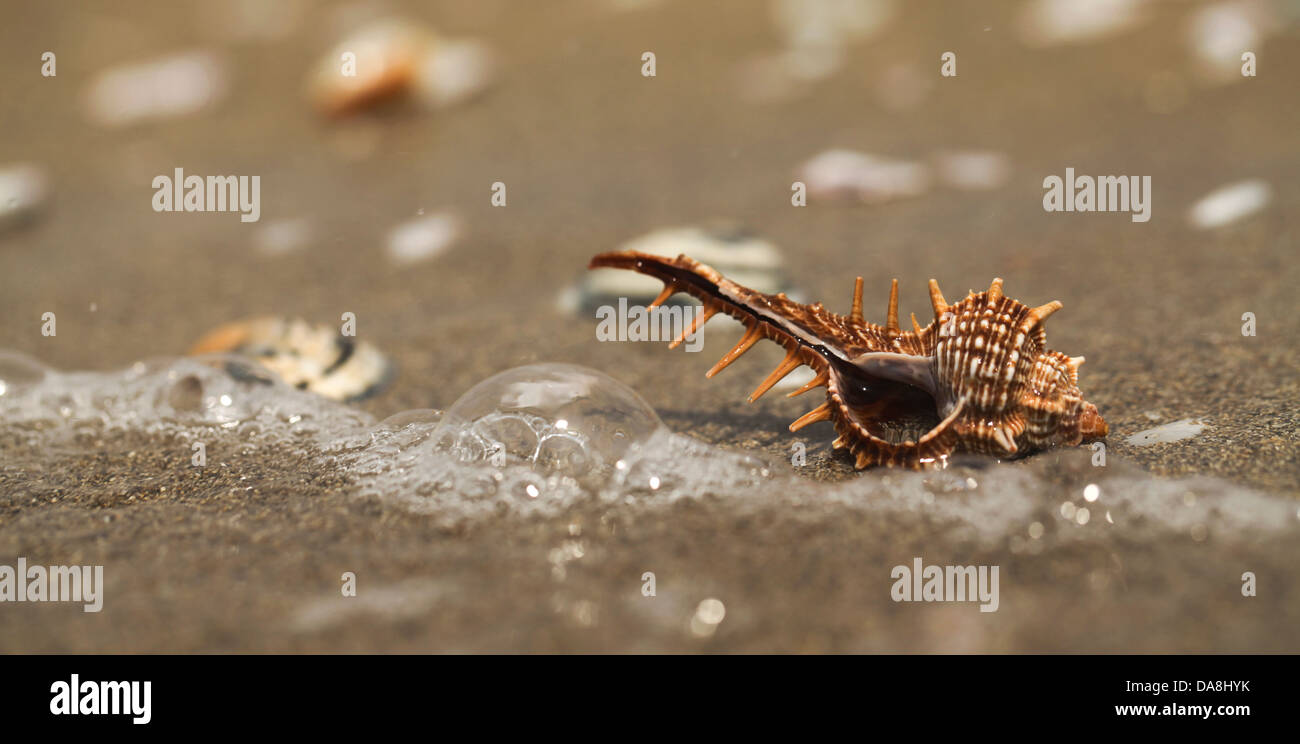 purple dye murex (Bolinus brandaris) (Gastropod) on a beach in Israel, a sea snail. Stock Photohttps://www.alamy.com/image-license-details/?v=1https://www.alamy.com/stock-photo-purple-dye-murex-bolinus-brandaris-gastropod-on-a-beach-in-israel-57967383.html
purple dye murex (Bolinus brandaris) (Gastropod) on a beach in Israel, a sea snail. Stock Photohttps://www.alamy.com/image-license-details/?v=1https://www.alamy.com/stock-photo-purple-dye-murex-bolinus-brandaris-gastropod-on-a-beach-in-israel-57967383.htmlRMDA8HYK–purple dye murex (Bolinus brandaris) (Gastropod) on a beach in Israel, a sea snail.
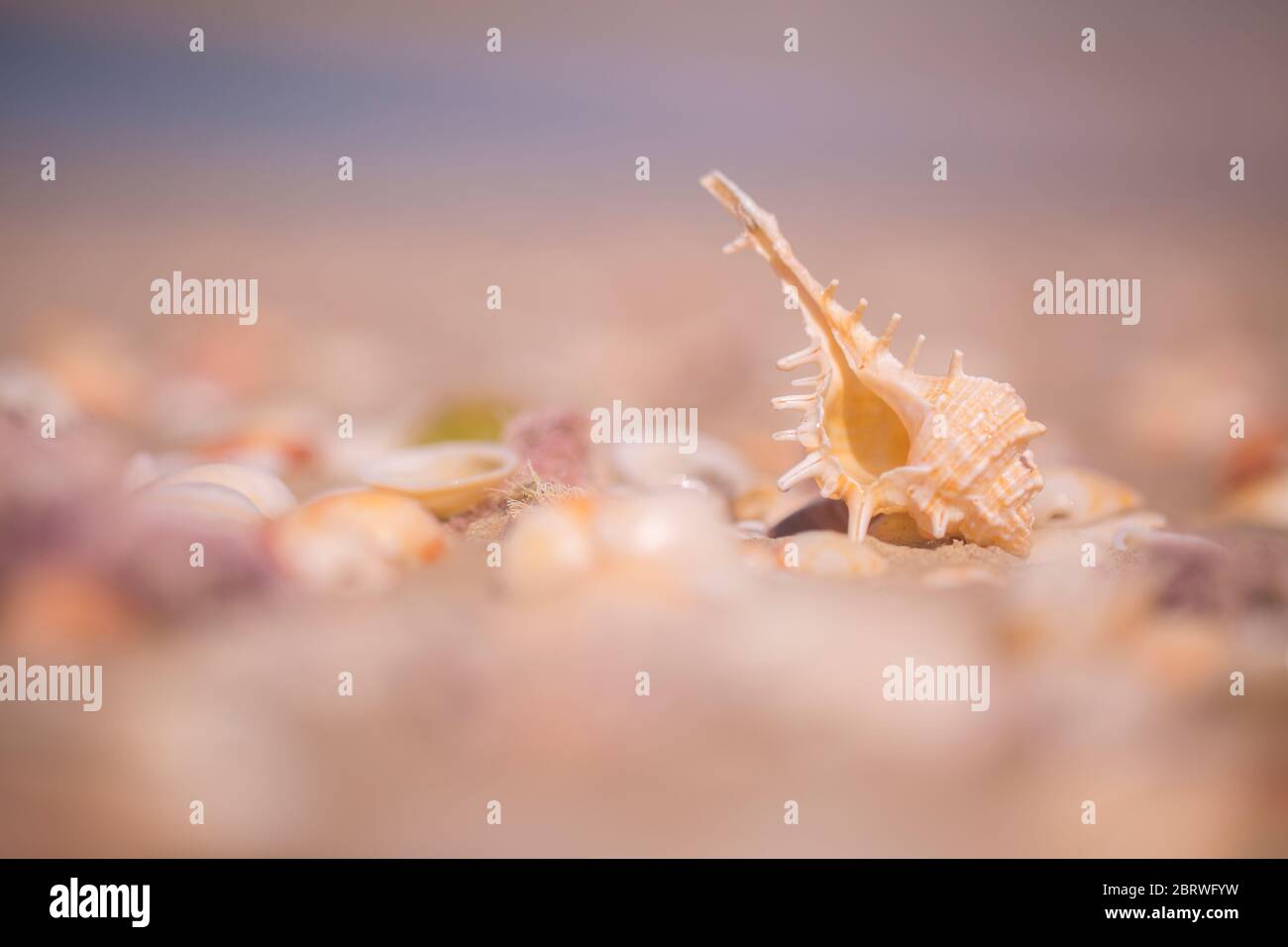 purple dye murex (Bolinus brandaris) (Gastropod) on a beach in Israel, a sea snail. Murex was at one time greatly valued as the source for purple dye. Stock Photohttps://www.alamy.com/image-license-details/?v=1https://www.alamy.com/purple-dye-murex-bolinus-brandaris-gastropod-on-a-beach-in-israel-a-sea-snail-murex-was-at-one-time-greatly-valued-as-the-source-for-purple-dye-image358905789.html
purple dye murex (Bolinus brandaris) (Gastropod) on a beach in Israel, a sea snail. Murex was at one time greatly valued as the source for purple dye. Stock Photohttps://www.alamy.com/image-license-details/?v=1https://www.alamy.com/purple-dye-murex-bolinus-brandaris-gastropod-on-a-beach-in-israel-a-sea-snail-murex-was-at-one-time-greatly-valued-as-the-source-for-purple-dye-image358905789.htmlRM2BRWFYW–purple dye murex (Bolinus brandaris) (Gastropod) on a beach in Israel, a sea snail. Murex was at one time greatly valued as the source for purple dye.
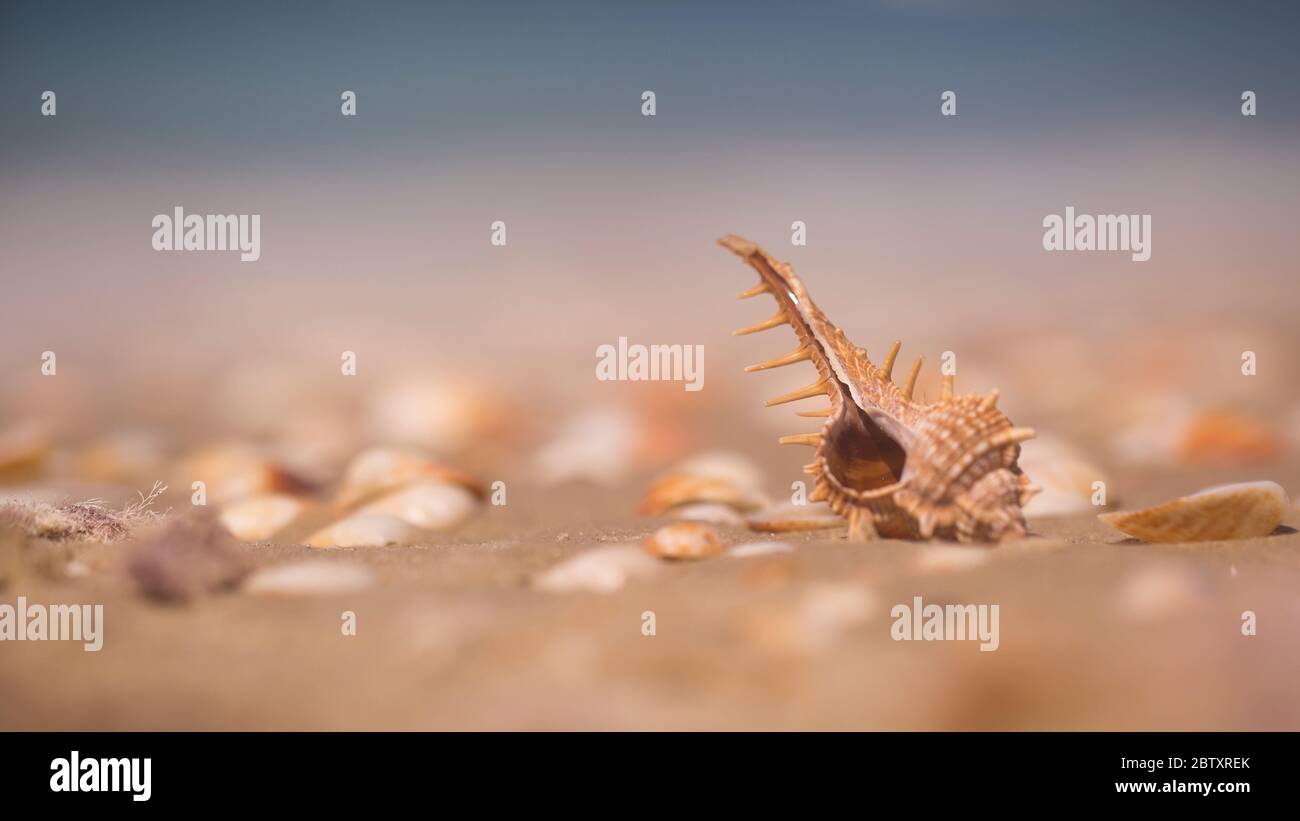 purple dye murex (Bolinus brandaris) (Gastropod) on a beach in Israel, a sea snail. Murex was at one time greatly valued as the source for purple dye. Stock Photohttps://www.alamy.com/image-license-details/?v=1https://www.alamy.com/purple-dye-murex-bolinus-brandaris-gastropod-on-a-beach-in-israel-a-sea-snail-murex-was-at-one-time-greatly-valued-as-the-source-for-purple-dye-image359548299.html
purple dye murex (Bolinus brandaris) (Gastropod) on a beach in Israel, a sea snail. Murex was at one time greatly valued as the source for purple dye. Stock Photohttps://www.alamy.com/image-license-details/?v=1https://www.alamy.com/purple-dye-murex-bolinus-brandaris-gastropod-on-a-beach-in-israel-a-sea-snail-murex-was-at-one-time-greatly-valued-as-the-source-for-purple-dye-image359548299.htmlRM2BTXREK–purple dye murex (Bolinus brandaris) (Gastropod) on a beach in Israel, a sea snail. Murex was at one time greatly valued as the source for purple dye.
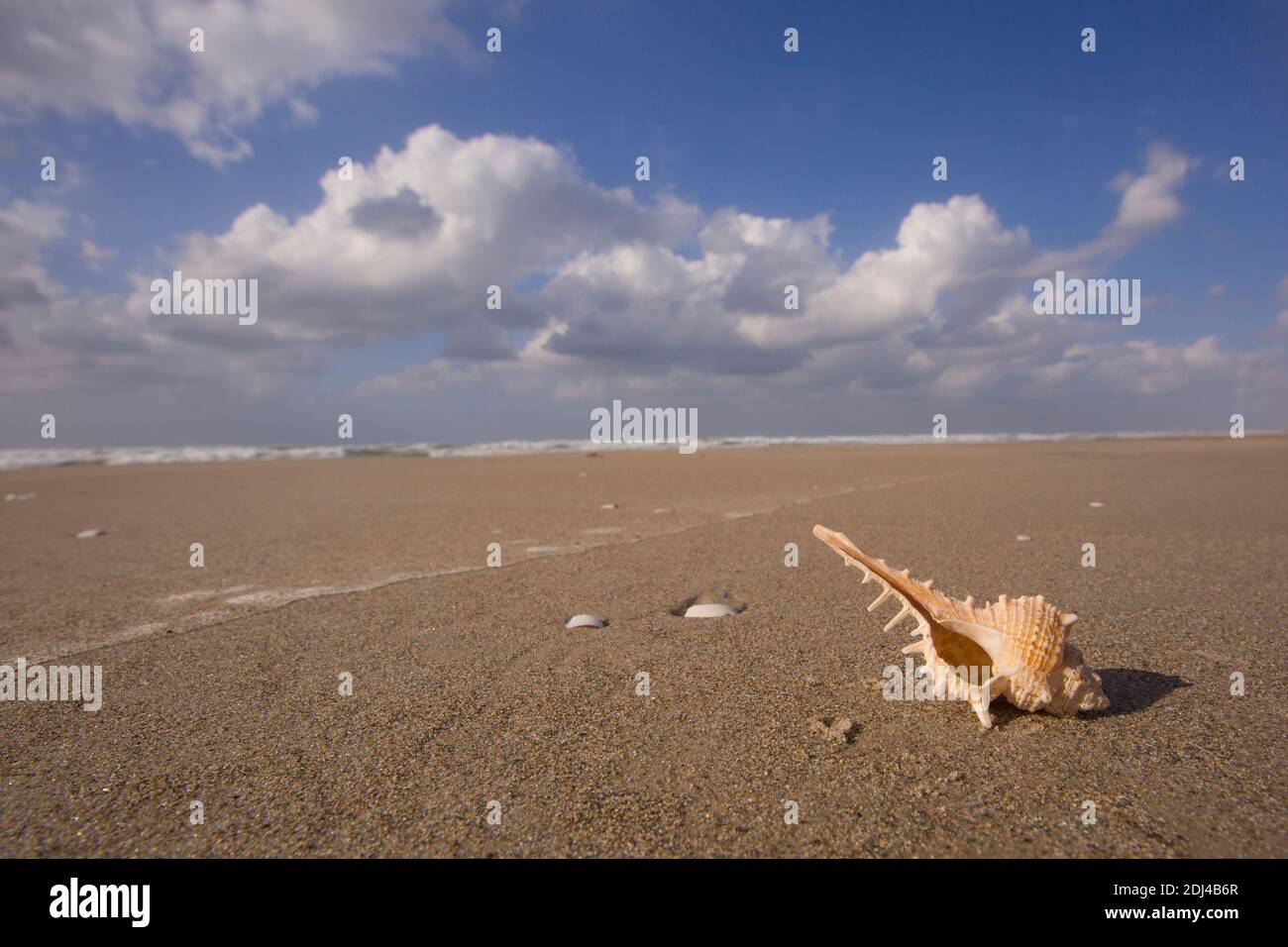 purple dye murex (Bolinus brandaris) (Gastropod) on a beach in Israel, a sea snail. Murex was at one time greatly valued as the source for purple dye. Stock Photohttps://www.alamy.com/image-license-details/?v=1https://www.alamy.com/purple-dye-murex-bolinus-brandaris-gastropod-on-a-beach-in-israel-a-sea-snail-murex-was-at-one-time-greatly-valued-as-the-source-for-purple-dye-image389788527.html
purple dye murex (Bolinus brandaris) (Gastropod) on a beach in Israel, a sea snail. Murex was at one time greatly valued as the source for purple dye. Stock Photohttps://www.alamy.com/image-license-details/?v=1https://www.alamy.com/purple-dye-murex-bolinus-brandaris-gastropod-on-a-beach-in-israel-a-sea-snail-murex-was-at-one-time-greatly-valued-as-the-source-for-purple-dye-image389788527.htmlRF2DJ4B6R–purple dye murex (Bolinus brandaris) (Gastropod) on a beach in Israel, a sea snail. Murex was at one time greatly valued as the source for purple dye.
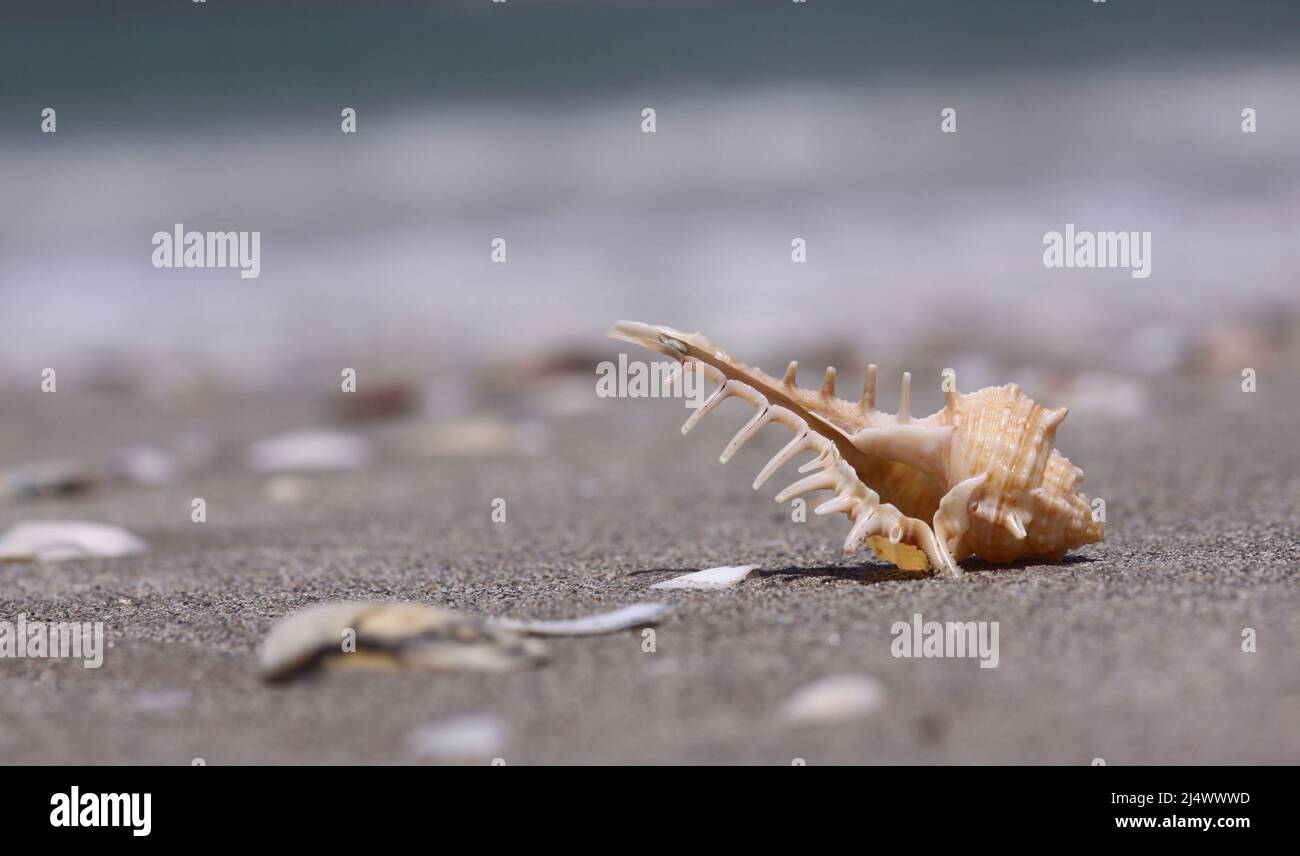 purple dye murex (Bolinus brandaris) (Gastropod) on a beach in Israel, a sea snail. Murex was at one time greatly valued as the source for purple dye. Stock Photohttps://www.alamy.com/image-license-details/?v=1https://www.alamy.com/purple-dye-murex-bolinus-brandaris-gastropod-on-a-beach-in-israel-a-sea-snail-murex-was-at-one-time-greatly-valued-as-the-source-for-purple-dye-image467707673.html
purple dye murex (Bolinus brandaris) (Gastropod) on a beach in Israel, a sea snail. Murex was at one time greatly valued as the source for purple dye. Stock Photohttps://www.alamy.com/image-license-details/?v=1https://www.alamy.com/purple-dye-murex-bolinus-brandaris-gastropod-on-a-beach-in-israel-a-sea-snail-murex-was-at-one-time-greatly-valued-as-the-source-for-purple-dye-image467707673.htmlRF2J4WWWD–purple dye murex (Bolinus brandaris) (Gastropod) on a beach in Israel, a sea snail. Murex was at one time greatly valued as the source for purple dye.
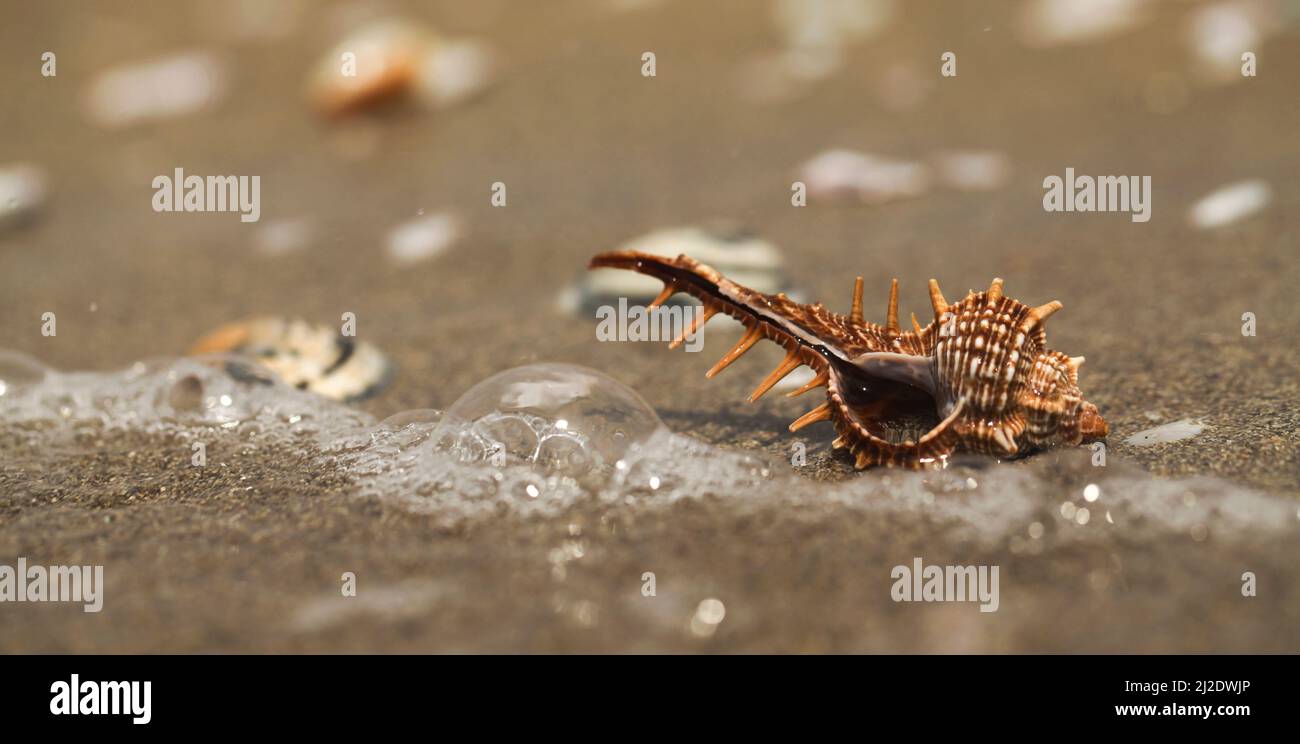 purple dye murex (Bolinus brandaris) (Gastropod) on a beach in Israel, a sea snail. Murex was at one time greatly valued as the source for purple dye. Stock Photohttps://www.alamy.com/image-license-details/?v=1https://www.alamy.com/purple-dye-murex-bolinus-brandaris-gastropod-on-a-beach-in-israel-a-sea-snail-murex-was-at-one-time-greatly-valued-as-the-source-for-purple-dye-image466214750.html
purple dye murex (Bolinus brandaris) (Gastropod) on a beach in Israel, a sea snail. Murex was at one time greatly valued as the source for purple dye. Stock Photohttps://www.alamy.com/image-license-details/?v=1https://www.alamy.com/purple-dye-murex-bolinus-brandaris-gastropod-on-a-beach-in-israel-a-sea-snail-murex-was-at-one-time-greatly-valued-as-the-source-for-purple-dye-image466214750.htmlRM2J2DWJP–purple dye murex (Bolinus brandaris) (Gastropod) on a beach in Israel, a sea snail. Murex was at one time greatly valued as the source for purple dye.
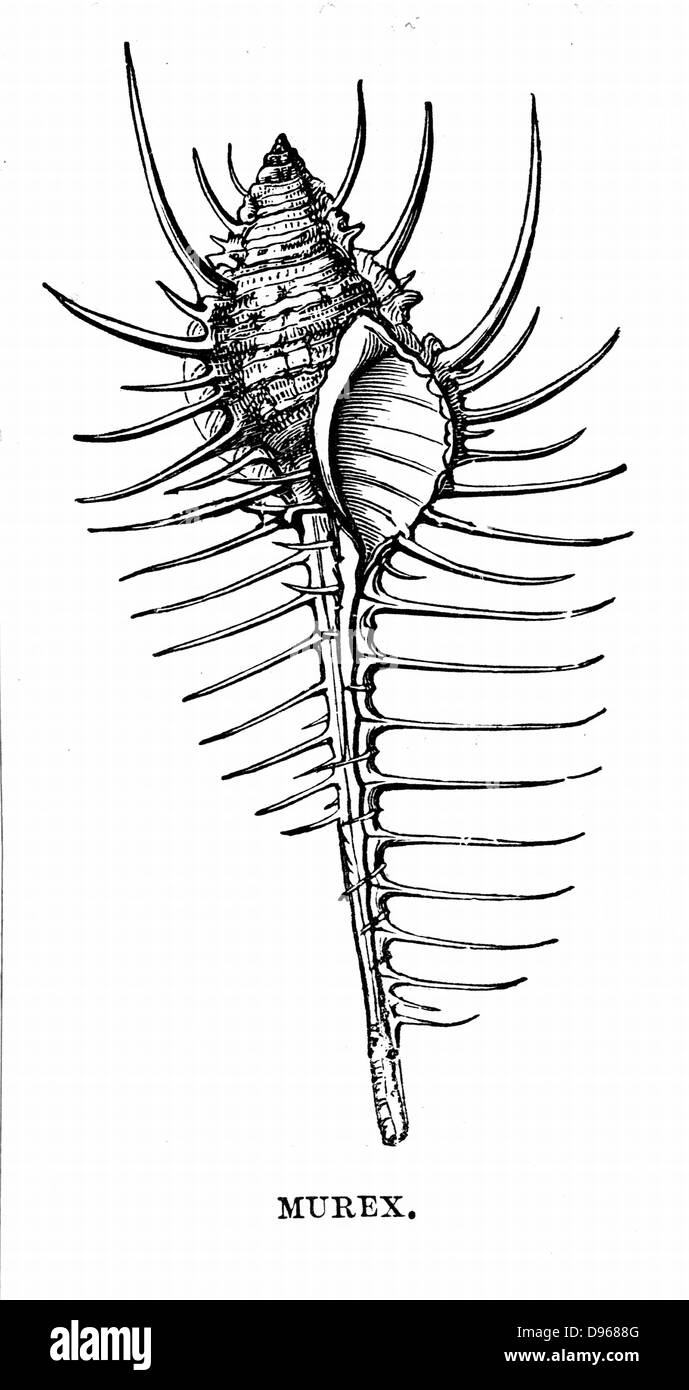 Murex. The mollusc which inhabited this shell was the source of Tyrian Purple dye. Engraving c1890 Stock Photohttps://www.alamy.com/image-license-details/?v=1https://www.alamy.com/stock-photo-murex-the-mollusc-which-inhabited-this-shell-was-the-source-of-tyrian-57301232.html
Murex. The mollusc which inhabited this shell was the source of Tyrian Purple dye. Engraving c1890 Stock Photohttps://www.alamy.com/image-license-details/?v=1https://www.alamy.com/stock-photo-murex-the-mollusc-which-inhabited-this-shell-was-the-source-of-tyrian-57301232.htmlRMD9688G–Murex. The mollusc which inhabited this shell was the source of Tyrian Purple dye. Engraving c1890
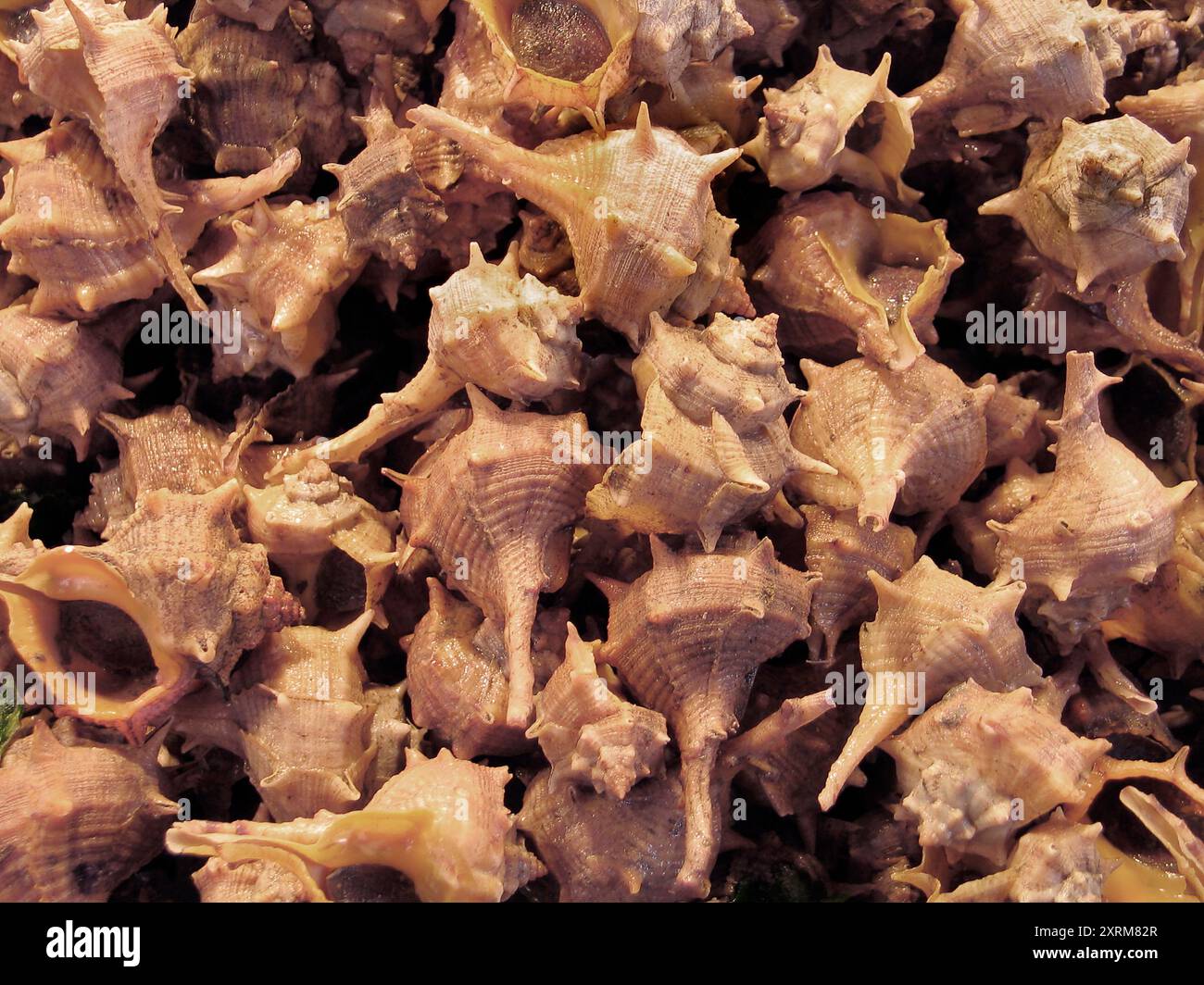 Fresh raw Spanish spiny dye-murex full frame as background Stock Photohttps://www.alamy.com/image-license-details/?v=1https://www.alamy.com/fresh-raw-spanish-spiny-dye-murex-full-frame-as-background-image616945359.html
Fresh raw Spanish spiny dye-murex full frame as background Stock Photohttps://www.alamy.com/image-license-details/?v=1https://www.alamy.com/fresh-raw-spanish-spiny-dye-murex-full-frame-as-background-image616945359.htmlRF2XRM82R–Fresh raw Spanish spiny dye-murex full frame as background
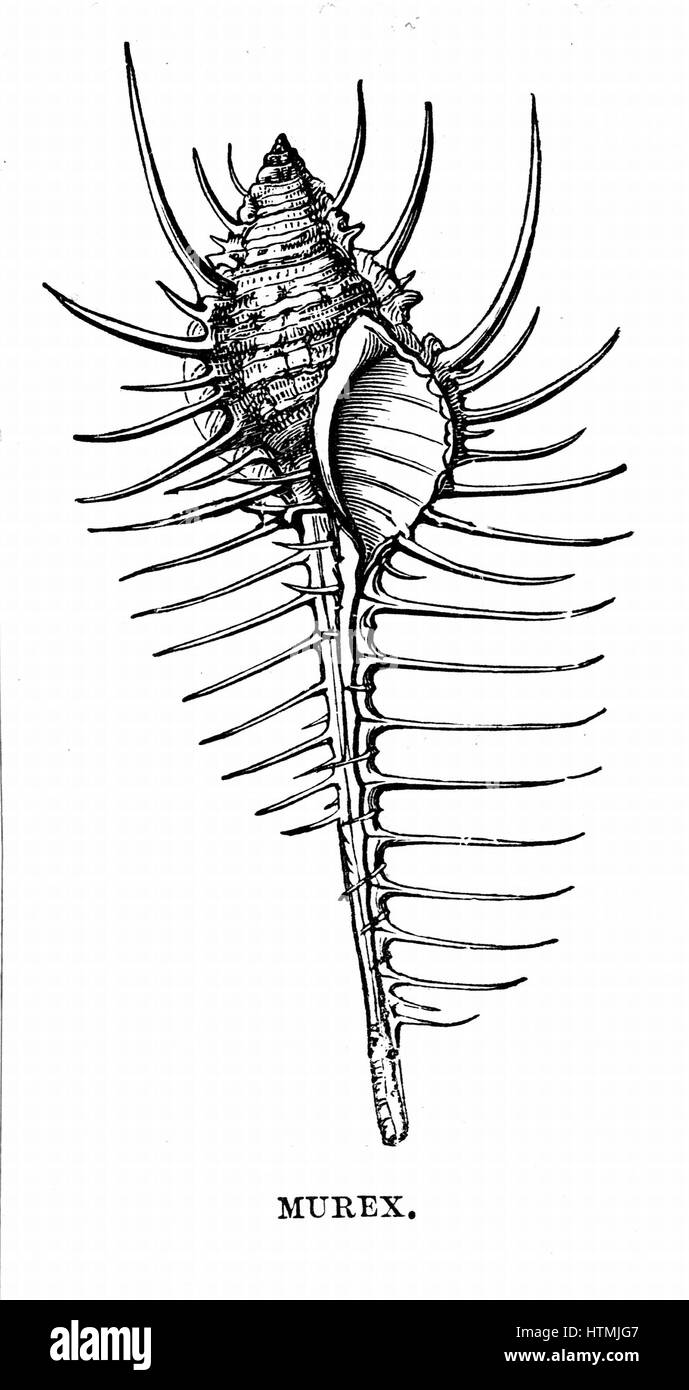 Murex. The mollusc which inhabited this shell was the source of Tyrian Purple dye. Engraving c1890 Stock Photohttps://www.alamy.com/image-license-details/?v=1https://www.alamy.com/stock-photo-murex-the-mollusc-which-inhabited-this-shell-was-the-source-of-tyrian-135677927.html
Murex. The mollusc which inhabited this shell was the source of Tyrian Purple dye. Engraving c1890 Stock Photohttps://www.alamy.com/image-license-details/?v=1https://www.alamy.com/stock-photo-murex-the-mollusc-which-inhabited-this-shell-was-the-source-of-tyrian-135677927.htmlRMHTMJG7–Murex. The mollusc which inhabited this shell was the source of Tyrian Purple dye. Engraving c1890
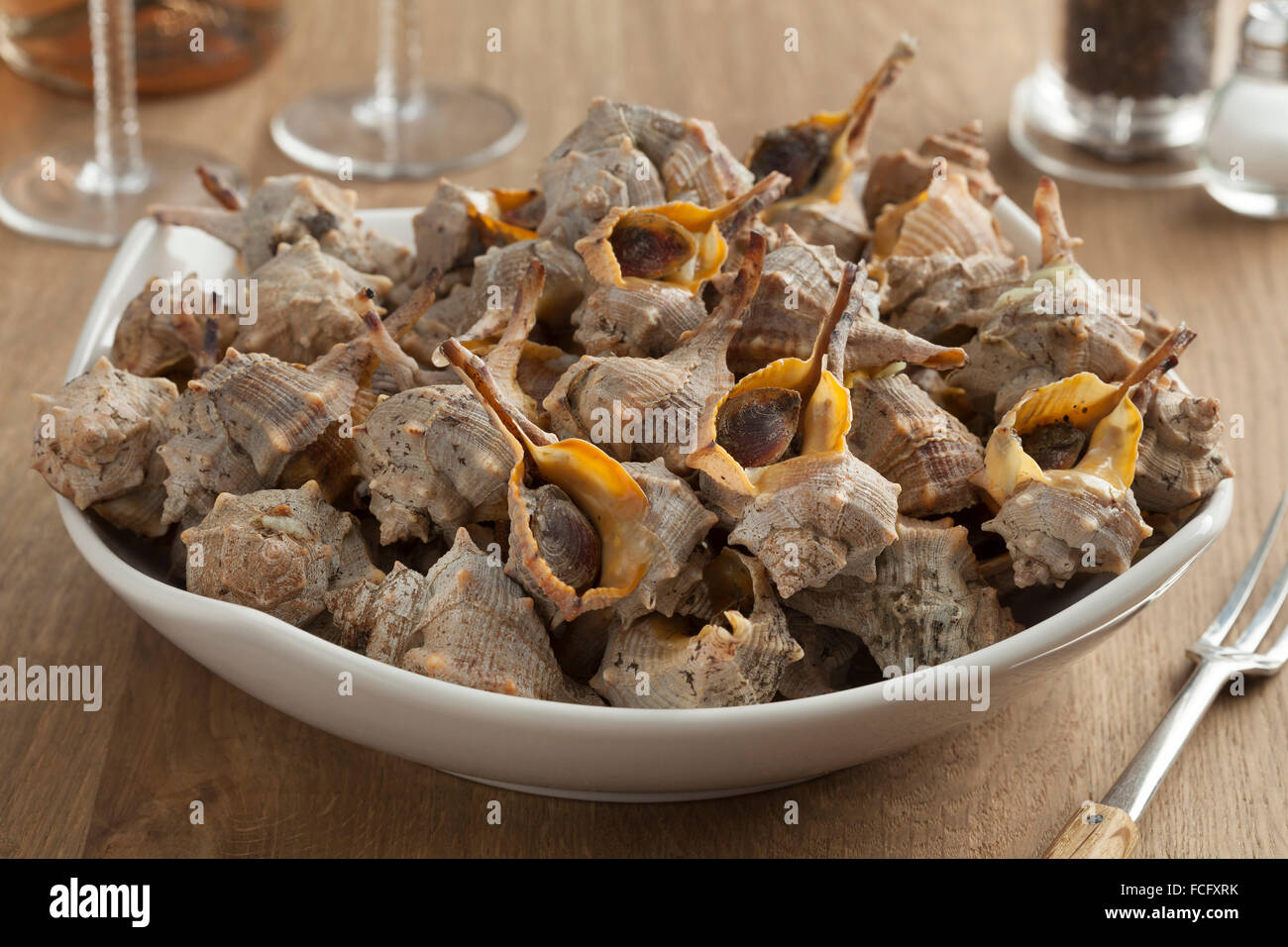 Dish with cooked Italian spiny dye-murex Stock Photohttps://www.alamy.com/image-license-details/?v=1https://www.alamy.com/stock-photo-dish-with-cooked-italian-spiny-dye-murex-93778039.html
Dish with cooked Italian spiny dye-murex Stock Photohttps://www.alamy.com/image-license-details/?v=1https://www.alamy.com/stock-photo-dish-with-cooked-italian-spiny-dye-murex-93778039.htmlRFFCFXRK–Dish with cooked Italian spiny dye-murex
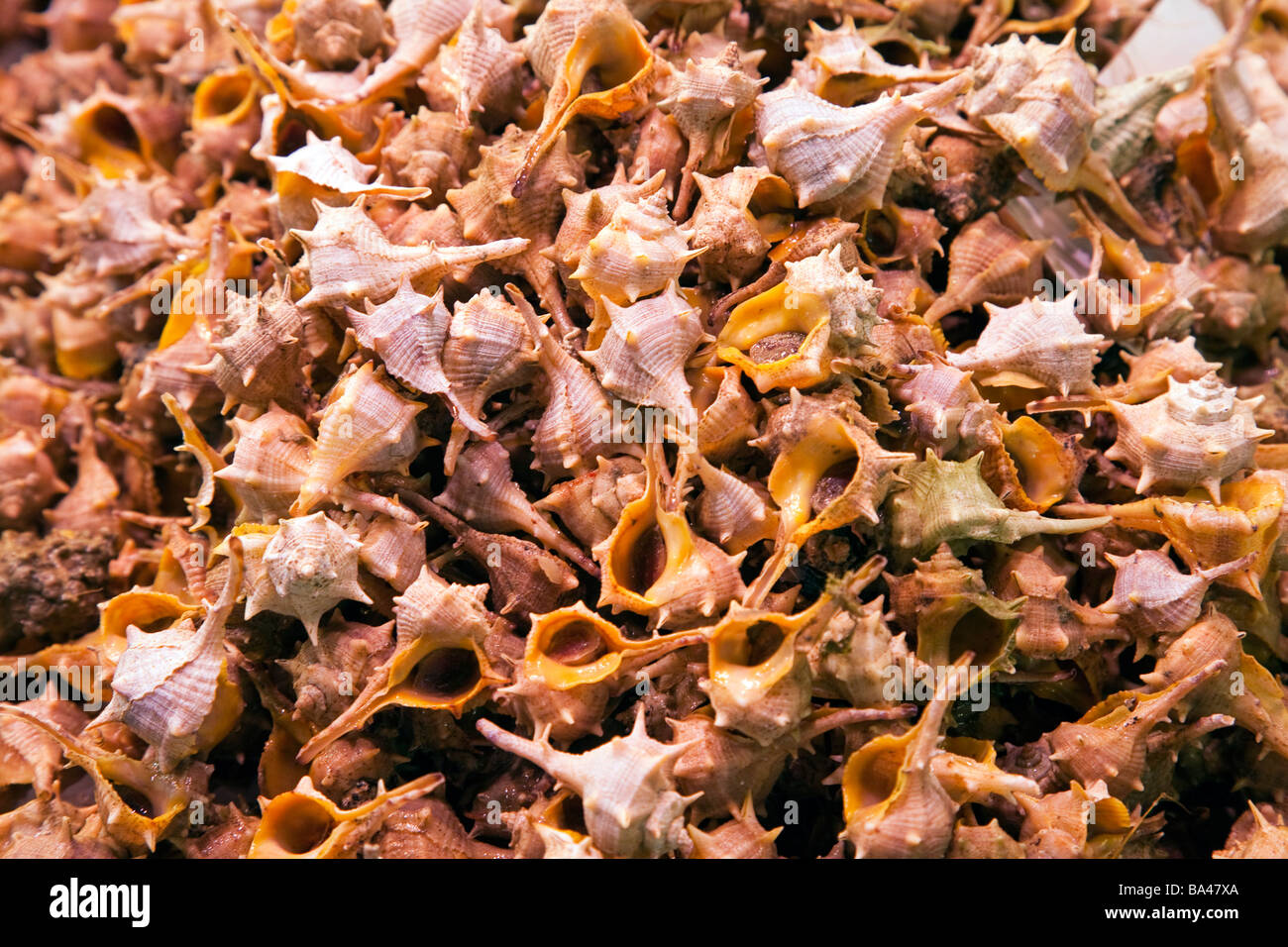 Purple dye murex Murex brandaris Boqueria market town of Barcelona autonomous commnunity of Catalonia northeastern Spain Stock Photohttps://www.alamy.com/image-license-details/?v=1https://www.alamy.com/stock-photo-purple-dye-murex-murex-brandaris-boqueria-market-town-of-barcelona-23450962.html
Purple dye murex Murex brandaris Boqueria market town of Barcelona autonomous commnunity of Catalonia northeastern Spain Stock Photohttps://www.alamy.com/image-license-details/?v=1https://www.alamy.com/stock-photo-purple-dye-murex-murex-brandaris-boqueria-market-town-of-barcelona-23450962.htmlRMBA47XA–Purple dye murex Murex brandaris Boqueria market town of Barcelona autonomous commnunity of Catalonia northeastern Spain
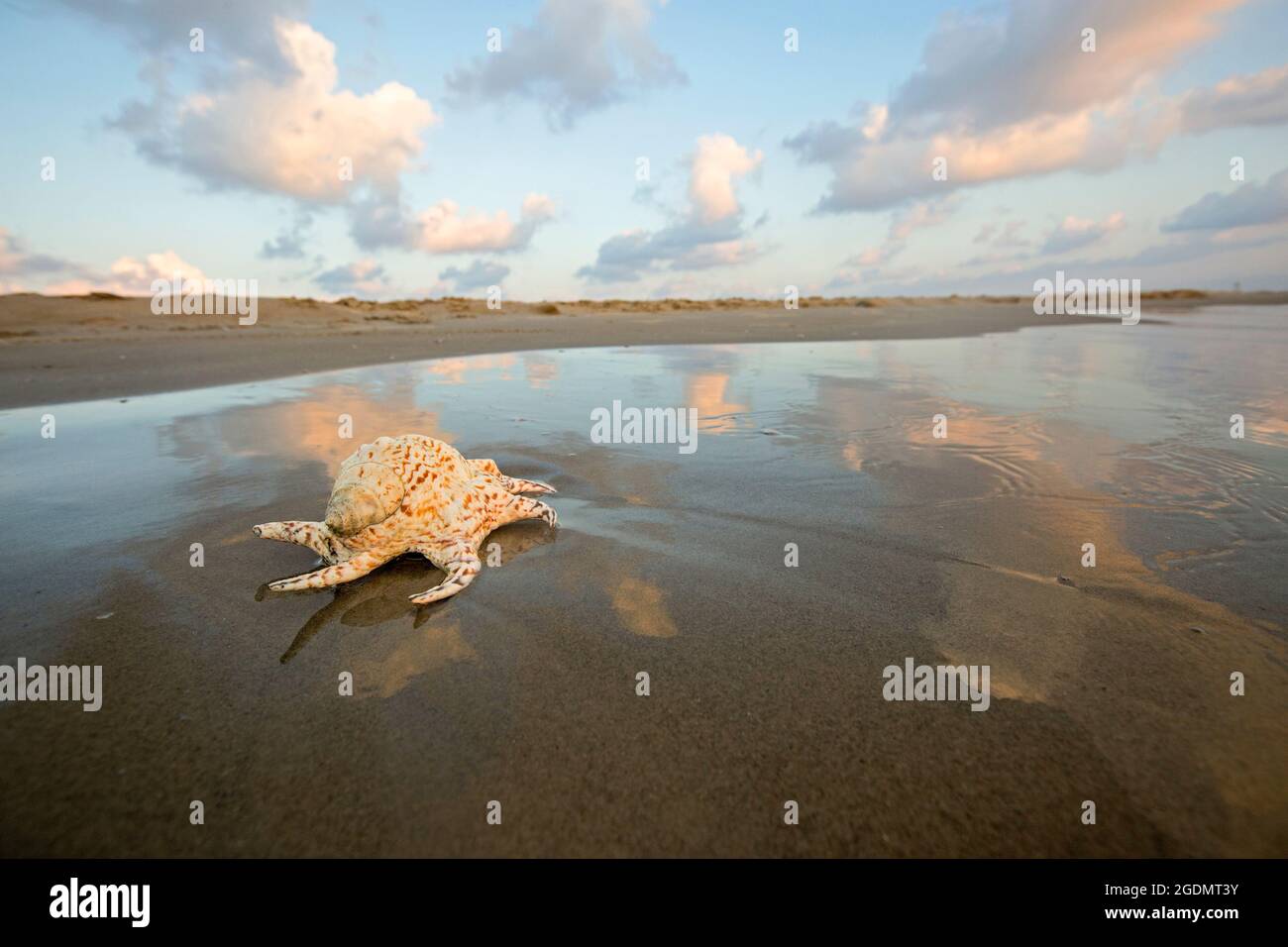 purple dye murex or the spiny dye-murex, Bolinus brandaris (originally called Murex brandaris by Linnaeus) on a beach in Israel, a sea snail. Murex wa Stock Photohttps://www.alamy.com/image-license-details/?v=1https://www.alamy.com/purple-dye-murex-or-the-spiny-dye-murex-bolinus-brandaris-originally-called-murex-brandaris-by-linnaeus-on-a-beach-in-israel-a-sea-snail-murex-wa-image438707695.html
purple dye murex or the spiny dye-murex, Bolinus brandaris (originally called Murex brandaris by Linnaeus) on a beach in Israel, a sea snail. Murex wa Stock Photohttps://www.alamy.com/image-license-details/?v=1https://www.alamy.com/purple-dye-murex-or-the-spiny-dye-murex-bolinus-brandaris-originally-called-murex-brandaris-by-linnaeus-on-a-beach-in-israel-a-sea-snail-murex-wa-image438707695.htmlRF2GDMT3Y–purple dye murex or the spiny dye-murex, Bolinus brandaris (originally called Murex brandaris by Linnaeus) on a beach in Israel, a sea snail. Murex wa
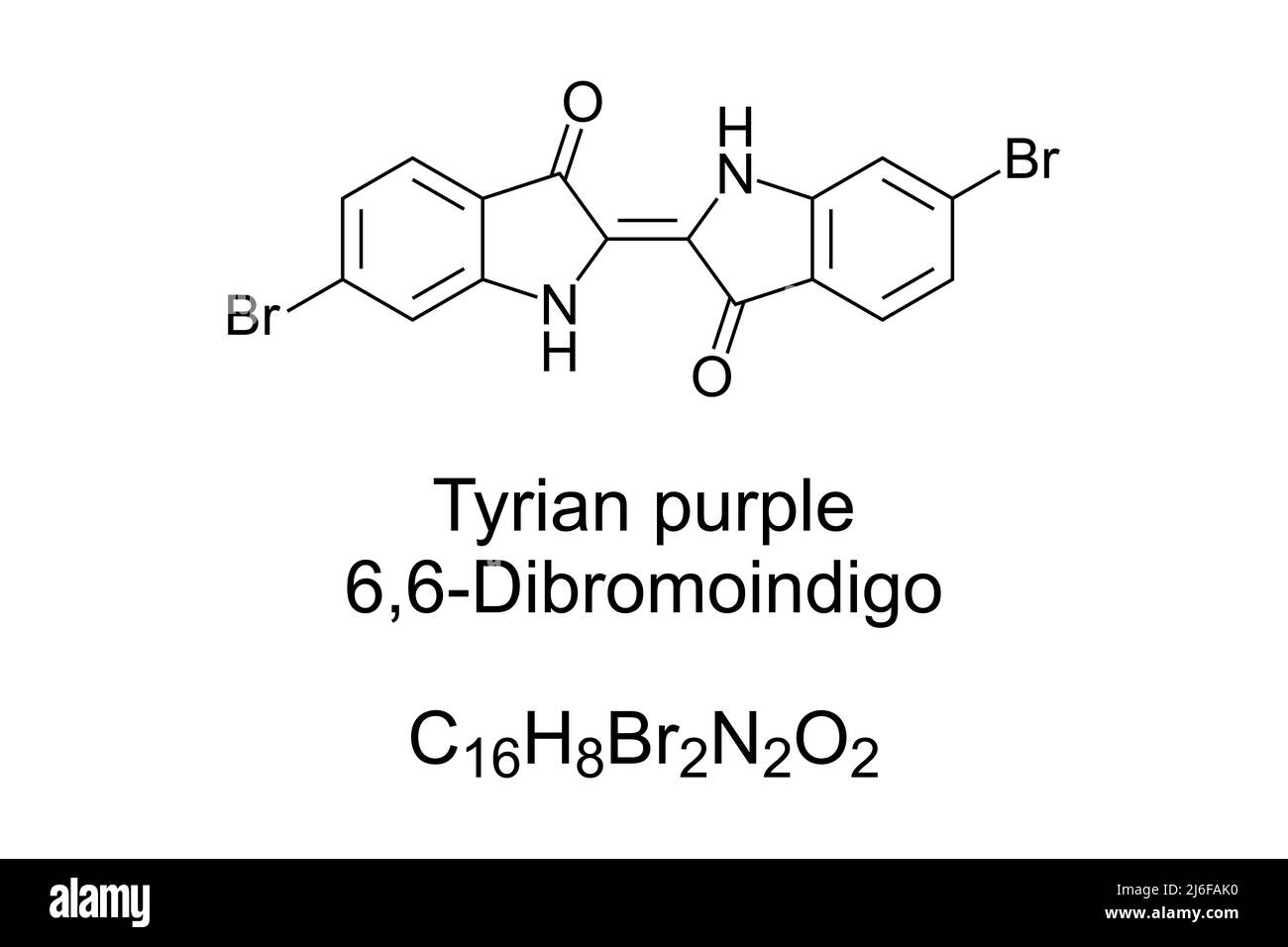 Tyrian purple, 6,6-Dibromoindigo, chemical formula and structure. Also Phoenician red, royal purple, or imperial dye. Reddish-purple natural dye. Stock Photohttps://www.alamy.com/image-license-details/?v=1https://www.alamy.com/tyrian-purple-66-dibromoindigo-chemical-formula-and-structure-also-phoenician-red-royal-purple-or-imperial-dye-reddish-purple-natural-dye-image468705524.html
Tyrian purple, 6,6-Dibromoindigo, chemical formula and structure. Also Phoenician red, royal purple, or imperial dye. Reddish-purple natural dye. Stock Photohttps://www.alamy.com/image-license-details/?v=1https://www.alamy.com/tyrian-purple-66-dibromoindigo-chemical-formula-and-structure-also-phoenician-red-royal-purple-or-imperial-dye-reddish-purple-natural-dye-image468705524.htmlRF2J6FAK0–Tyrian purple, 6,6-Dibromoindigo, chemical formula and structure. Also Phoenician red, royal purple, or imperial dye. Reddish-purple natural dye.
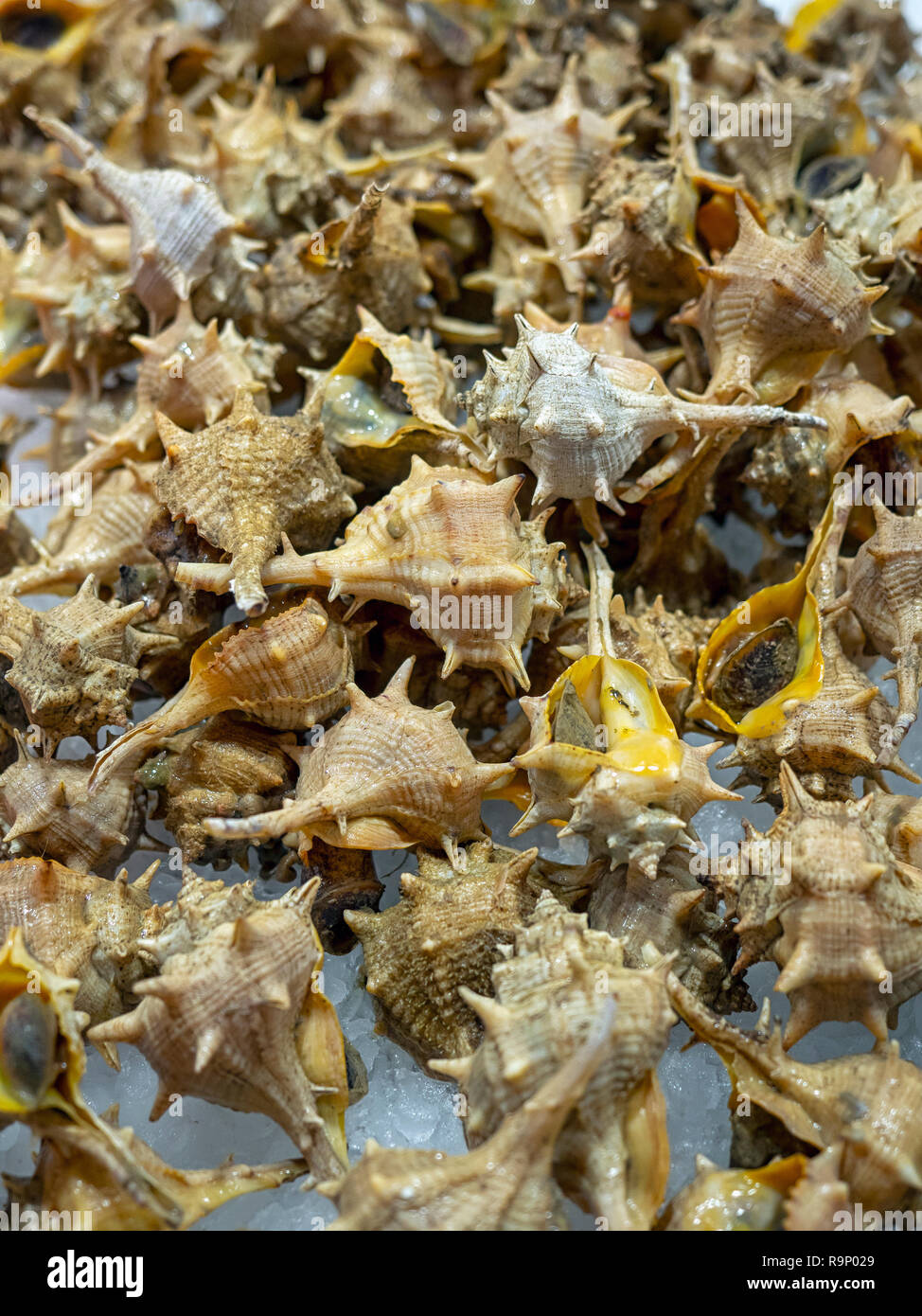 Purple Dye Murex or Spiny Dye-Murex (Bolinus brandaris) sea snails at a Spanish Market Stock Photohttps://www.alamy.com/image-license-details/?v=1https://www.alamy.com/purple-dye-murex-or-spiny-dye-murex-bolinus-brandaris-sea-snails-at-a-spanish-market-image229749697.html
Purple Dye Murex or Spiny Dye-Murex (Bolinus brandaris) sea snails at a Spanish Market Stock Photohttps://www.alamy.com/image-license-details/?v=1https://www.alamy.com/purple-dye-murex-or-spiny-dye-murex-bolinus-brandaris-sea-snails-at-a-spanish-market-image229749697.htmlRFR9P029–Purple Dye Murex or Spiny Dye-Murex (Bolinus brandaris) sea snails at a Spanish Market
 Stock Photohttps://www.alamy.com/image-license-details/?v=1https://www.alamy.com/stock-photo--50509554.html
Stock Photohttps://www.alamy.com/image-license-details/?v=1https://www.alamy.com/stock-photo--50509554.htmlRMCX4WCJ–
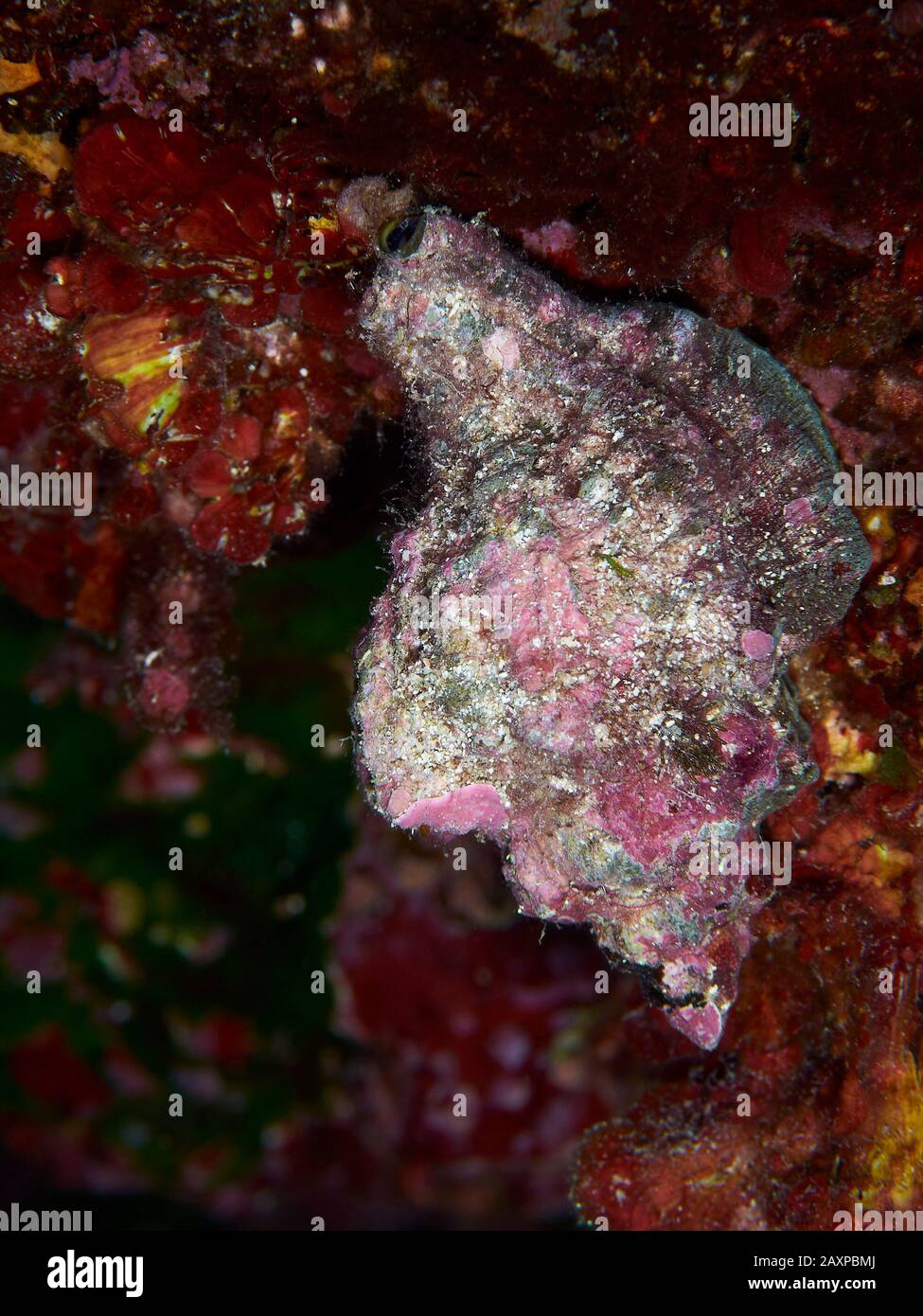 Banded dye-murex (Hexaplex trunculus) underwater close-up in Ses Salines Natural Park (Formentera, Balearic Islands, Mediterranean Sea, Spain) Stock Photohttps://www.alamy.com/image-license-details/?v=1https://www.alamy.com/banded-dye-murex-hexaplex-trunculus-underwater-close-up-in-ses-salines-natural-park-formentera-balearic-islands-mediterranean-sea-spain-image343470194.html
Banded dye-murex (Hexaplex trunculus) underwater close-up in Ses Salines Natural Park (Formentera, Balearic Islands, Mediterranean Sea, Spain) Stock Photohttps://www.alamy.com/image-license-details/?v=1https://www.alamy.com/banded-dye-murex-hexaplex-trunculus-underwater-close-up-in-ses-salines-natural-park-formentera-balearic-islands-mediterranean-sea-spain-image343470194.htmlRM2AXPBMJ–Banded dye-murex (Hexaplex trunculus) underwater close-up in Ses Salines Natural Park (Formentera, Balearic Islands, Mediterranean Sea, Spain)
RM2B023M4–The Roman mythographer Julius Pollux, writing in the 2nd century BCE, asserts (Onomasticon I, 45–49) that Purple Tyrian dye was first discovered by Heracles, or rather, by his dog, whose mouth was stained purple from chewing on snails along the coast of the Levant. However, the recent archaeological discovery of substantial numbers of Murex shells on Crete suggests that the Minoans may have pioneered the extraction of Imperial purple centuries before the Tyrians. Dating from collocated pottery suggests the dye may have been produced during the Middle Minoan period in the 20th–18th century BCE
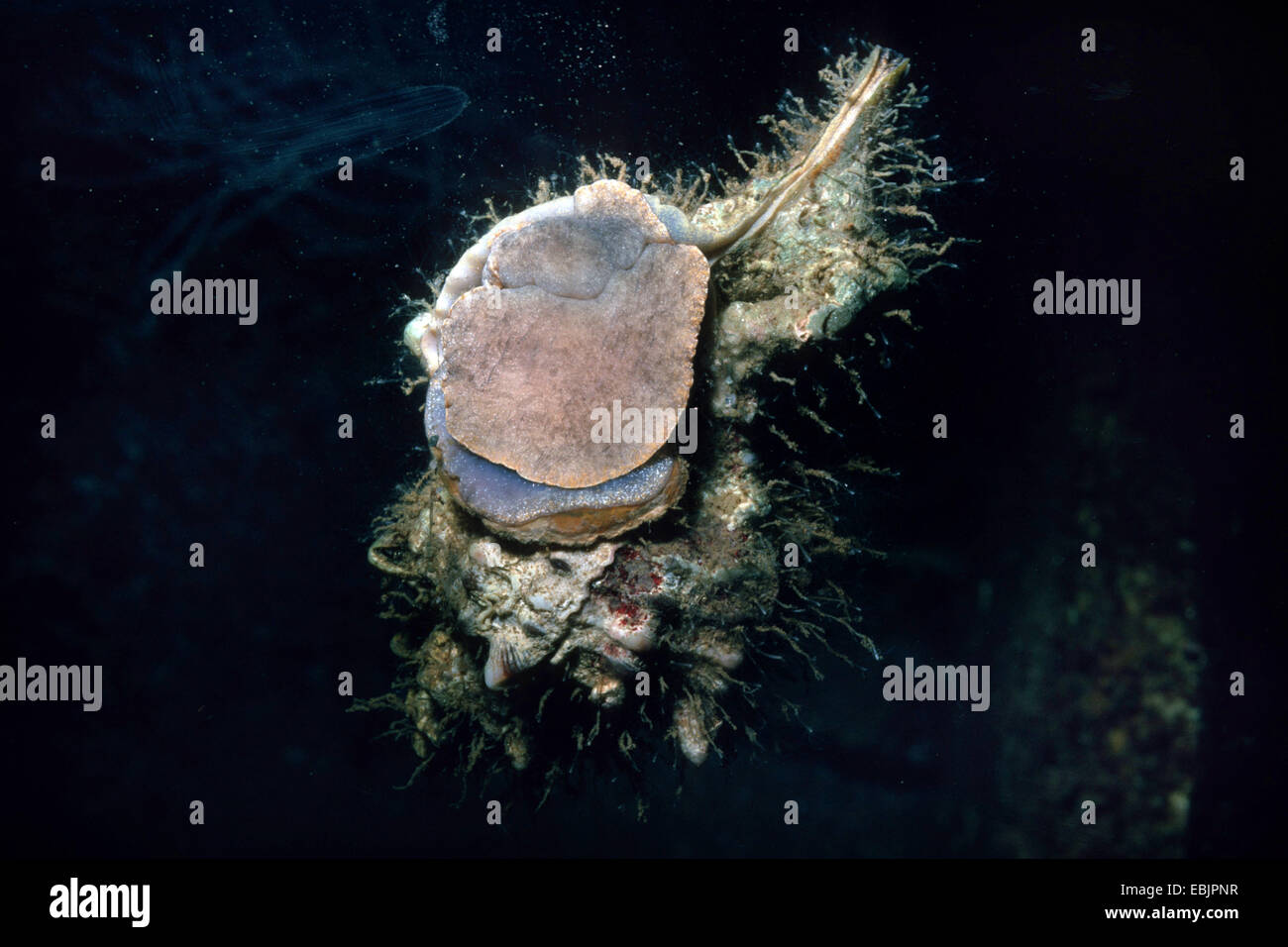 Banded dye-murex (Hexaplex trunculus, Murex trunculus, Haustellum trunculus), used as a distinctive purple-blue indigo dye Stock Photohttps://www.alamy.com/image-license-details/?v=1https://www.alamy.com/stock-photo-banded-dye-murex-hexaplex-trunculus-murex-trunculus-haustellum-trunculus-76015683.html
Banded dye-murex (Hexaplex trunculus, Murex trunculus, Haustellum trunculus), used as a distinctive purple-blue indigo dye Stock Photohttps://www.alamy.com/image-license-details/?v=1https://www.alamy.com/stock-photo-banded-dye-murex-hexaplex-trunculus-murex-trunculus-haustellum-trunculus-76015683.htmlRMEBJPNR–Banded dye-murex (Hexaplex trunculus, Murex trunculus, Haustellum trunculus), used as a distinctive purple-blue indigo dye
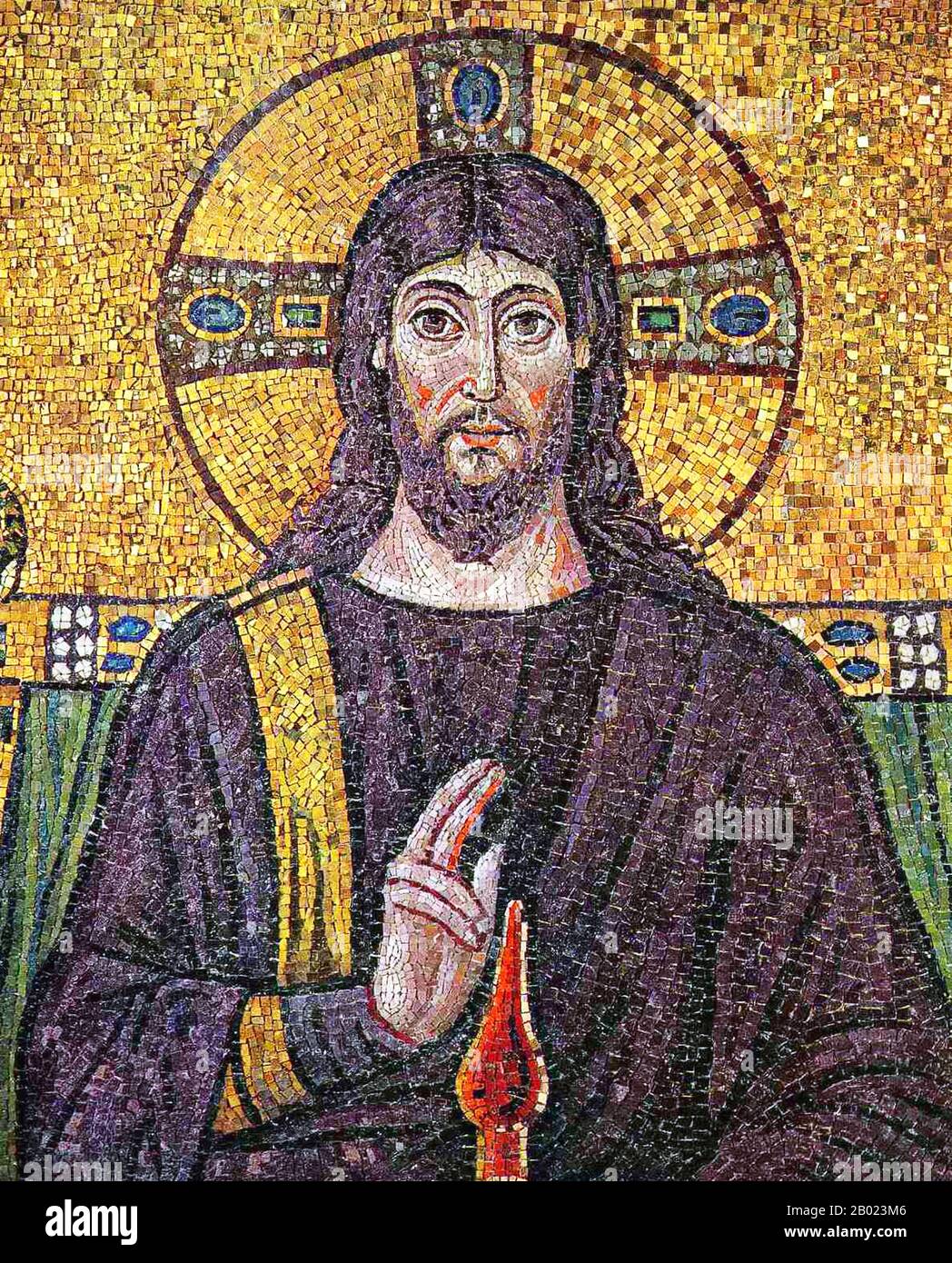 Tyrian purple (Greek, πορφύρα, porphyra, Latin: purpura), also known as royal purple, imperial purple or imperial dye, is a purple-red natural dye, which is a secretion produced by certain species of predatory sea snails in the family Muricidae, a type of rock snail by the name Murex. This dye was probably first used by the ancient Phoenicians. The dye was greatly prized in antiquity because the color did not easily fade, but instead became brighter with weathering and sunlight. Tyrian purple was expensive: the 4th-century-BC historian Theopompus reported, 'Purple for dyes fetched its weight Stock Photohttps://www.alamy.com/image-license-details/?v=1https://www.alamy.com/tyrian-purple-greek-porphyra-latin-purpura-also-known-as-royal-purple-imperial-purple-or-imperial-dye-is-a-purple-red-natural-dye-which-is-a-secretion-produced-by-certain-species-of-predatory-sea-snails-in-the-family-muricidae-a-type-of-rock-snail-by-the-name-murex-this-dye-was-probably-first-used-by-the-ancient-phoenicians-the-dye-was-greatly-prized-in-antiquity-because-the-color-did-not-easily-fade-but-instead-became-brighter-with-weathering-and-sunlight-tyrian-purple-was-expensive-the-4th-century-bc-historian-theopompus-reported-purple-for-dyes-fetched-its-weight-image344254182.html
Tyrian purple (Greek, πορφύρα, porphyra, Latin: purpura), also known as royal purple, imperial purple or imperial dye, is a purple-red natural dye, which is a secretion produced by certain species of predatory sea snails in the family Muricidae, a type of rock snail by the name Murex. This dye was probably first used by the ancient Phoenicians. The dye was greatly prized in antiquity because the color did not easily fade, but instead became brighter with weathering and sunlight. Tyrian purple was expensive: the 4th-century-BC historian Theopompus reported, 'Purple for dyes fetched its weight Stock Photohttps://www.alamy.com/image-license-details/?v=1https://www.alamy.com/tyrian-purple-greek-porphyra-latin-purpura-also-known-as-royal-purple-imperial-purple-or-imperial-dye-is-a-purple-red-natural-dye-which-is-a-secretion-produced-by-certain-species-of-predatory-sea-snails-in-the-family-muricidae-a-type-of-rock-snail-by-the-name-murex-this-dye-was-probably-first-used-by-the-ancient-phoenicians-the-dye-was-greatly-prized-in-antiquity-because-the-color-did-not-easily-fade-but-instead-became-brighter-with-weathering-and-sunlight-tyrian-purple-was-expensive-the-4th-century-bc-historian-theopompus-reported-purple-for-dyes-fetched-its-weight-image344254182.htmlRM2B023M6–Tyrian purple (Greek, πορφύρα, porphyra, Latin: purpura), also known as royal purple, imperial purple or imperial dye, is a purple-red natural dye, which is a secretion produced by certain species of predatory sea snails in the family Muricidae, a type of rock snail by the name Murex. This dye was probably first used by the ancient Phoenicians. The dye was greatly prized in antiquity because the color did not easily fade, but instead became brighter with weathering and sunlight. Tyrian purple was expensive: the 4th-century-BC historian Theopompus reported, 'Purple for dyes fetched its weight
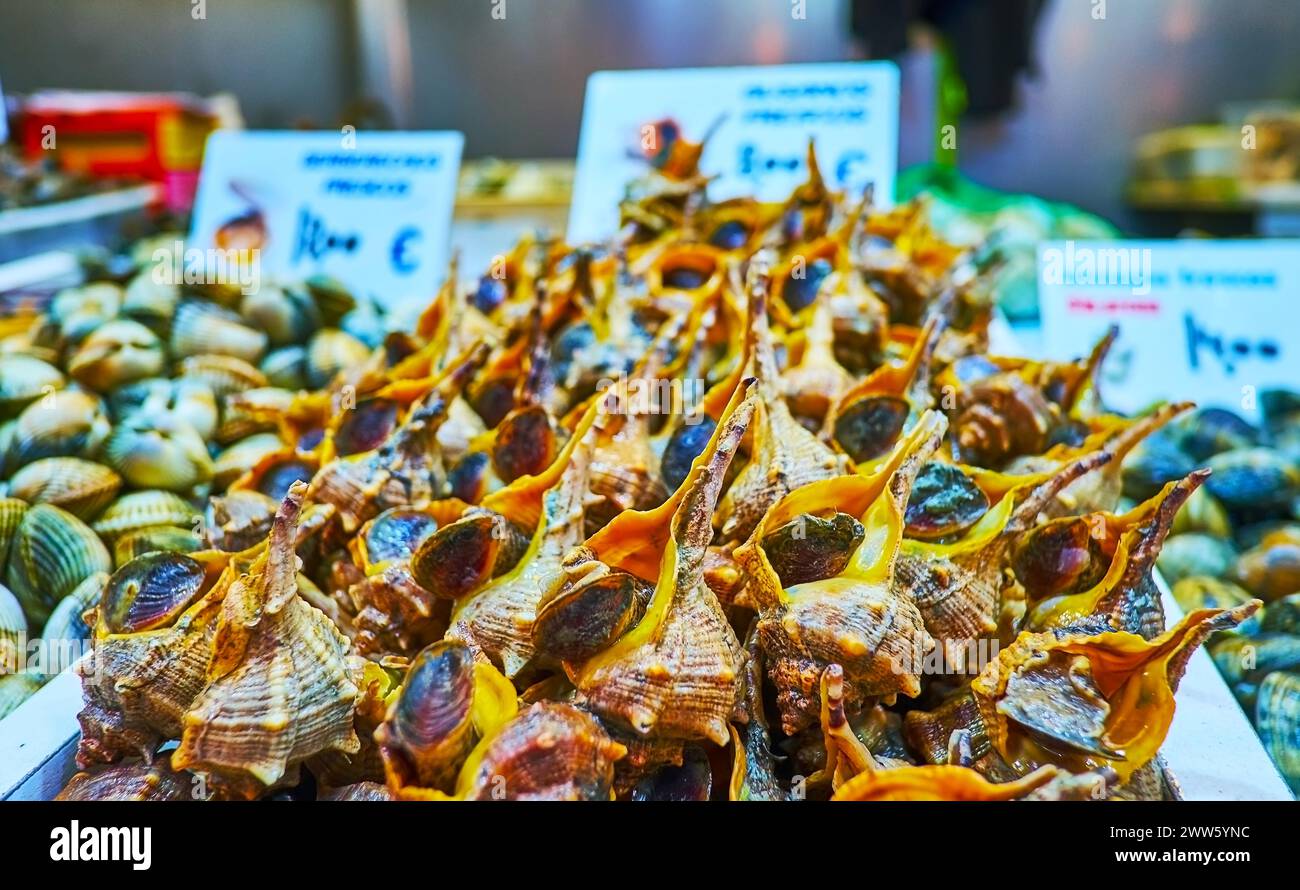 The heap of fresh purple dye murex in seafood srall of Atarazanas Market, Malaga, Spain Stock Photohttps://www.alamy.com/image-license-details/?v=1https://www.alamy.com/the-heap-of-fresh-purple-dye-murex-in-seafood-srall-of-atarazanas-market-malaga-spain-image600650440.html
The heap of fresh purple dye murex in seafood srall of Atarazanas Market, Malaga, Spain Stock Photohttps://www.alamy.com/image-license-details/?v=1https://www.alamy.com/the-heap-of-fresh-purple-dye-murex-in-seafood-srall-of-atarazanas-market-malaga-spain-image600650440.htmlRF2WW5YNC–The heap of fresh purple dye murex in seafood srall of Atarazanas Market, Malaga, Spain
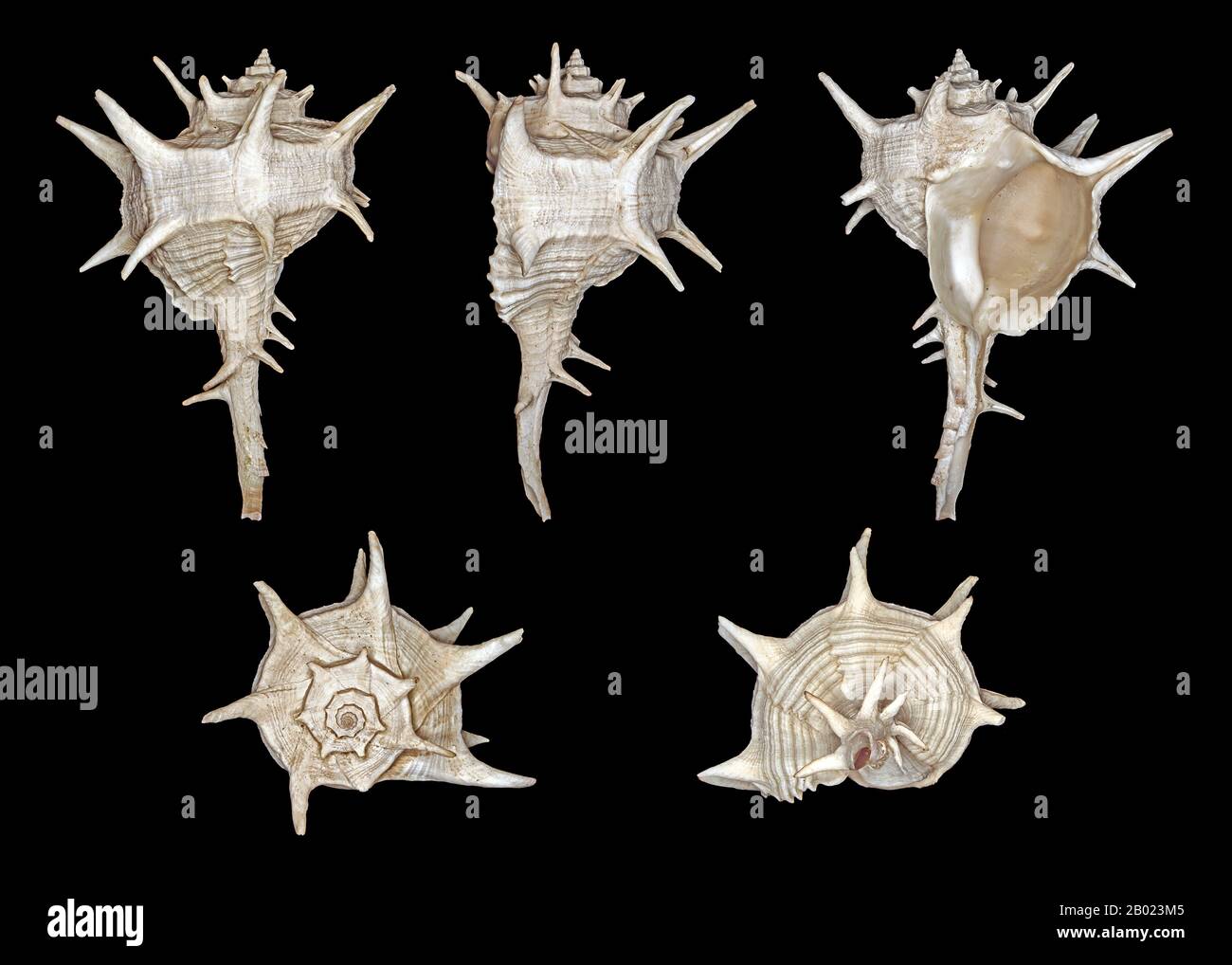 Bolinus brandaris (originally called Murex brandaris by Linnaeus), and commonly known as the purple dye murex or the spiny dye-murex, is a species of medium-sized predatory sea snail, an edible marine gastropod mollusk in the family Muricidae, the murex snails or the rock snails. Tyrian purple (Greek, πορφύρα, porphyra, Latin: purpura), also known as royal purple, imperial purple or imperial dye, is a purple-red natural dye, which is a secretion produced by certain species of predatory sea snails in the family Muricidae, a type of rock snail by the name Murex. This dye was probably first used Stock Photohttps://www.alamy.com/image-license-details/?v=1https://www.alamy.com/bolinus-brandaris-originally-called-murex-brandaris-by-linnaeus-and-commonly-known-as-the-purple-dye-murex-or-the-spiny-dye-murex-is-a-species-of-medium-sized-predatory-sea-snail-an-edible-marine-gastropod-mollusk-in-the-family-muricidae-the-murex-snails-or-the-rock-snails-tyrian-purple-greek-porphyra-latin-purpura-also-known-as-royal-purple-imperial-purple-or-imperial-dye-is-a-purple-red-natural-dye-which-is-a-secretion-produced-by-certain-species-of-predatory-sea-snails-in-the-family-muricidae-a-type-of-rock-snail-by-the-name-murex-this-dye-was-probably-first-used-image344254181.html
Bolinus brandaris (originally called Murex brandaris by Linnaeus), and commonly known as the purple dye murex or the spiny dye-murex, is a species of medium-sized predatory sea snail, an edible marine gastropod mollusk in the family Muricidae, the murex snails or the rock snails. Tyrian purple (Greek, πορφύρα, porphyra, Latin: purpura), also known as royal purple, imperial purple or imperial dye, is a purple-red natural dye, which is a secretion produced by certain species of predatory sea snails in the family Muricidae, a type of rock snail by the name Murex. This dye was probably first used Stock Photohttps://www.alamy.com/image-license-details/?v=1https://www.alamy.com/bolinus-brandaris-originally-called-murex-brandaris-by-linnaeus-and-commonly-known-as-the-purple-dye-murex-or-the-spiny-dye-murex-is-a-species-of-medium-sized-predatory-sea-snail-an-edible-marine-gastropod-mollusk-in-the-family-muricidae-the-murex-snails-or-the-rock-snails-tyrian-purple-greek-porphyra-latin-purpura-also-known-as-royal-purple-imperial-purple-or-imperial-dye-is-a-purple-red-natural-dye-which-is-a-secretion-produced-by-certain-species-of-predatory-sea-snails-in-the-family-muricidae-a-type-of-rock-snail-by-the-name-murex-this-dye-was-probably-first-used-image344254181.htmlRM2B023M5–Bolinus brandaris (originally called Murex brandaris by Linnaeus), and commonly known as the purple dye murex or the spiny dye-murex, is a species of medium-sized predatory sea snail, an edible marine gastropod mollusk in the family Muricidae, the murex snails or the rock snails. Tyrian purple (Greek, πορφύρα, porphyra, Latin: purpura), also known as royal purple, imperial purple or imperial dye, is a purple-red natural dye, which is a secretion produced by certain species of predatory sea snails in the family Muricidae, a type of rock snail by the name Murex. This dye was probably first used
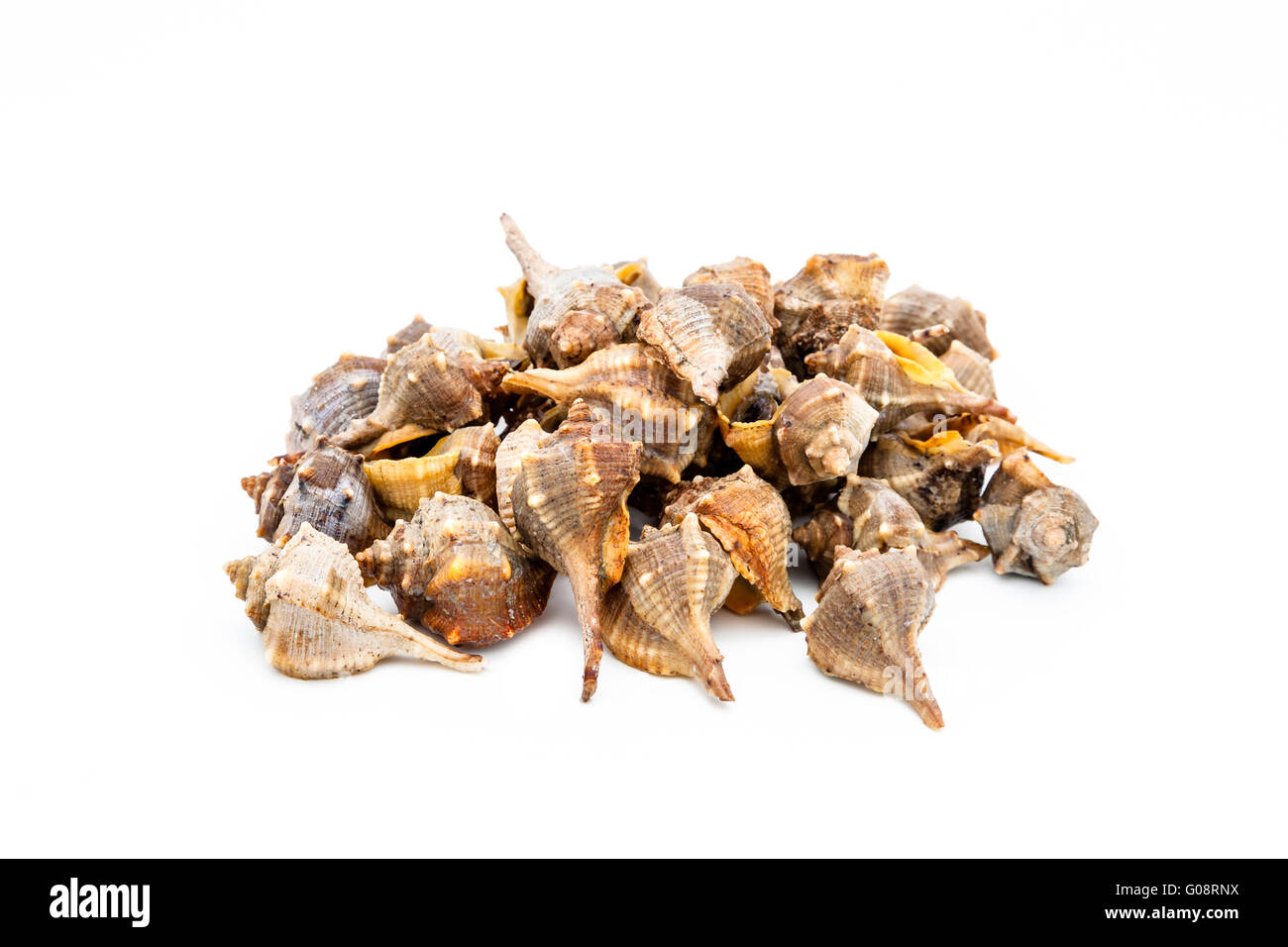 Purple or Spiny Dye Murex, bolinus Brandaris Stock Photohttps://www.alamy.com/image-license-details/?v=1https://www.alamy.com/stock-photo-purple-or-spiny-dye-murex-bolinus-brandaris-103456470.html
Purple or Spiny Dye Murex, bolinus Brandaris Stock Photohttps://www.alamy.com/image-license-details/?v=1https://www.alamy.com/stock-photo-purple-or-spiny-dye-murex-bolinus-brandaris-103456470.htmlRMG08RNX–Purple or Spiny Dye Murex, bolinus Brandaris
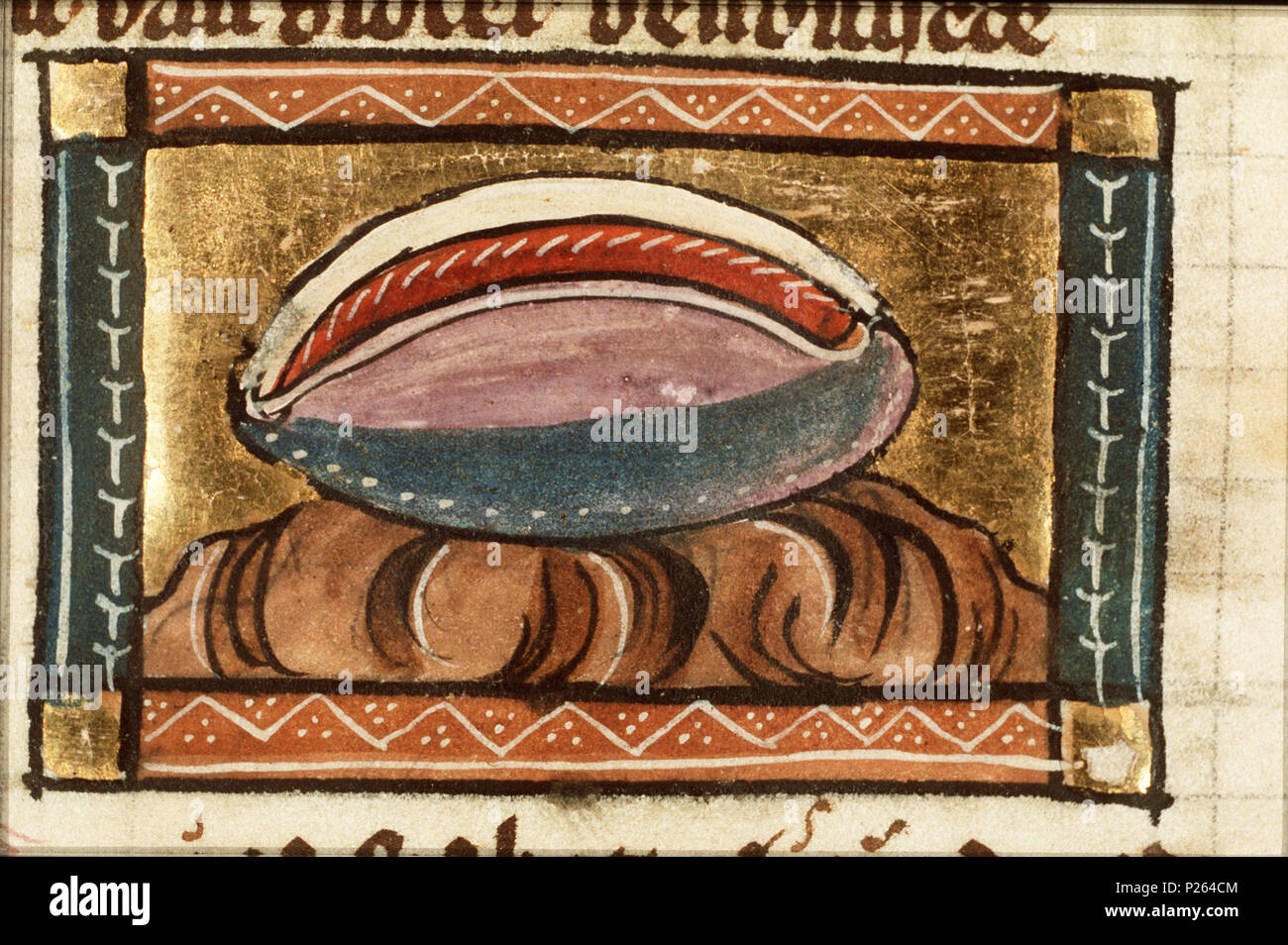 . Murices (shellfish yielding a purple dye) - miniature from folio 118r from Der naturen bloeme (KB KA 16) by Jacob van Maerlant . Murices (shellfish yielding a purple dye) - miniature from folio 118r from Der naturen bloeme (KB KA 16) by Jacob van Maerlant Topics depicted in this miniature Molluscs: murex (25F72(MUREX)) This miniature is part of the righthand side folio 118r . between circa 1340 and circa 1350. Thomas of Cantimpré (1201–1270) Alternative names Thomas of Cantimpre Description hagiographer, writer and priest Date of birth/death 1201 1270 Location of birth Sint-Pie Stock Photohttps://www.alamy.com/image-license-details/?v=1https://www.alamy.com/murices-shellfish-yielding-a-purple-dye-miniature-from-folio-118r-from-der-naturen-bloeme-kb-ka-16-by-jacob-van-maerlant-murices-shellfish-yielding-a-purple-dye-miniature-from-folio-118r-from-der-naturen-bloeme-kb-ka-16-by-jacob-van-maerlant-topics-depicted-in-this-miniature-molluscs-murex-25f72murex-this-miniature-is-part-of-the-righthand-side-folio-118r-between-circa-1340-and-circa-1350-thomas-of-cantimpr-12011270-alternative-names-thomas-of-cantimpre-description-hagiographer-writer-and-priest-date-of-birthdeath-1201-1270-location-of-birth-sint-pie-image207888932.html
. Murices (shellfish yielding a purple dye) - miniature from folio 118r from Der naturen bloeme (KB KA 16) by Jacob van Maerlant . Murices (shellfish yielding a purple dye) - miniature from folio 118r from Der naturen bloeme (KB KA 16) by Jacob van Maerlant Topics depicted in this miniature Molluscs: murex (25F72(MUREX)) This miniature is part of the righthand side folio 118r . between circa 1340 and circa 1350. Thomas of Cantimpré (1201–1270) Alternative names Thomas of Cantimpre Description hagiographer, writer and priest Date of birth/death 1201 1270 Location of birth Sint-Pie Stock Photohttps://www.alamy.com/image-license-details/?v=1https://www.alamy.com/murices-shellfish-yielding-a-purple-dye-miniature-from-folio-118r-from-der-naturen-bloeme-kb-ka-16-by-jacob-van-maerlant-murices-shellfish-yielding-a-purple-dye-miniature-from-folio-118r-from-der-naturen-bloeme-kb-ka-16-by-jacob-van-maerlant-topics-depicted-in-this-miniature-molluscs-murex-25f72murex-this-miniature-is-part-of-the-righthand-side-folio-118r-between-circa-1340-and-circa-1350-thomas-of-cantimpr-12011270-alternative-names-thomas-of-cantimpre-description-hagiographer-writer-and-priest-date-of-birthdeath-1201-1270-location-of-birth-sint-pie-image207888932.htmlRMP264CM–. Murices (shellfish yielding a purple dye) - miniature from folio 118r from Der naturen bloeme (KB KA 16) by Jacob van Maerlant . Murices (shellfish yielding a purple dye) - miniature from folio 118r from Der naturen bloeme (KB KA 16) by Jacob van Maerlant Topics depicted in this miniature Molluscs: murex (25F72(MUREX)) This miniature is part of the righthand side folio 118r . between circa 1340 and circa 1350. Thomas of Cantimpré (1201–1270) Alternative names Thomas of Cantimpre Description hagiographer, writer and priest Date of birth/death 1201 1270 Location of birth Sint-Pie
RM2B023MC–The Roman mythographer Julius Pollux, writing in the 2nd century BCE, asserts (Onomasticon I, 45–49) that Purple Tyrian dye was first discovered by Heracles, or rather, by his dog, whose mouth was stained purple from chewing on snails along the coast of the Levant.
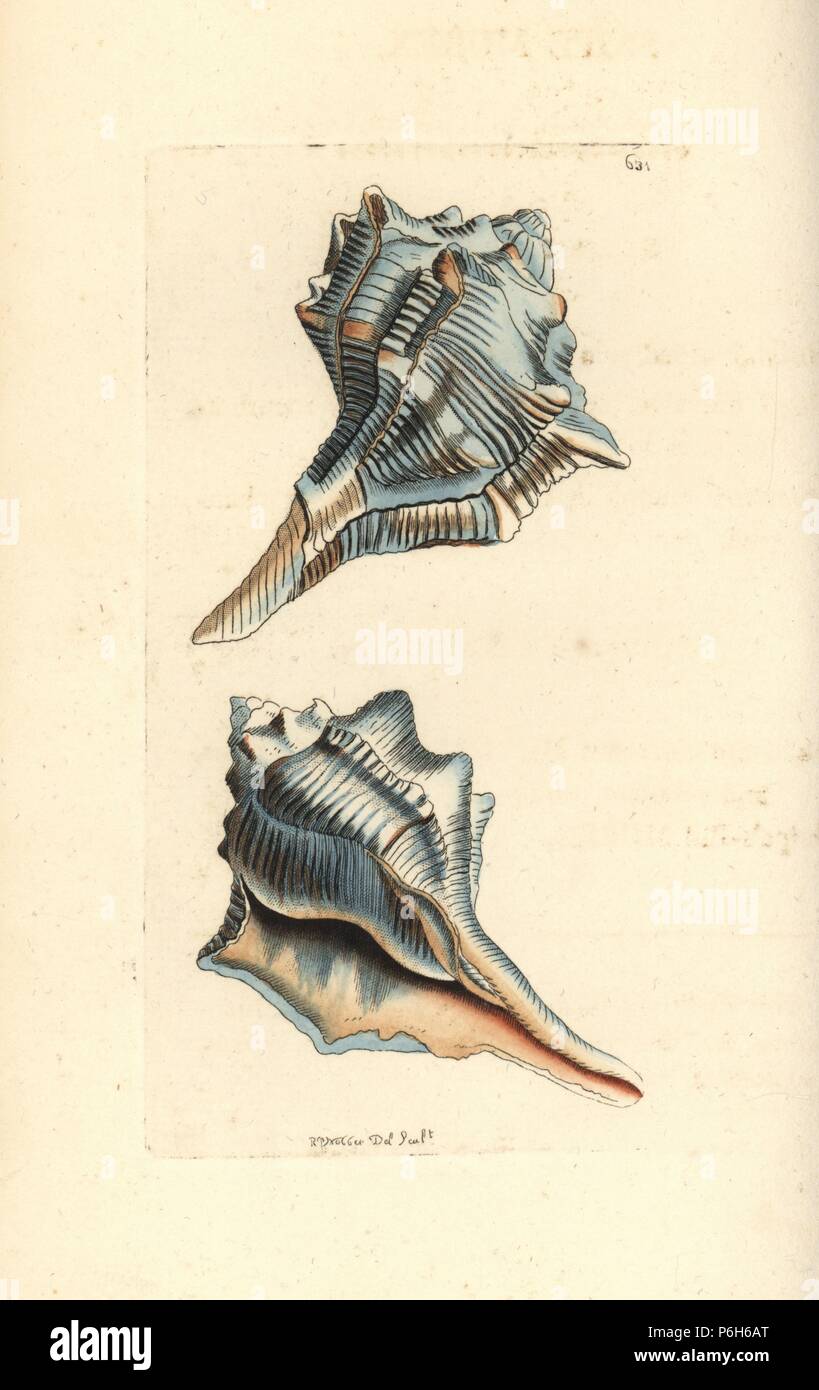 Spiny dye-murex, Bolinus brandaris (Snipe murex, Murex brandaris). Illustration drawn and engraved by Richard Polydore Nodder. Handcoloured copperplate engraving from George Shaw and Frederick Nodder's The Naturalist's Miscellany, London, 1804. Stock Photohttps://www.alamy.com/image-license-details/?v=1https://www.alamy.com/spiny-dye-murex-bolinus-brandaris-snipe-murex-murex-brandaris-illustration-drawn-and-engraved-by-richard-polydore-nodder-handcoloured-copperplate-engraving-from-george-shaw-and-frederick-nodders-the-naturalists-miscellany-london-1804-image210590544.html
Spiny dye-murex, Bolinus brandaris (Snipe murex, Murex brandaris). Illustration drawn and engraved by Richard Polydore Nodder. Handcoloured copperplate engraving from George Shaw and Frederick Nodder's The Naturalist's Miscellany, London, 1804. Stock Photohttps://www.alamy.com/image-license-details/?v=1https://www.alamy.com/spiny-dye-murex-bolinus-brandaris-snipe-murex-murex-brandaris-illustration-drawn-and-engraved-by-richard-polydore-nodder-handcoloured-copperplate-engraving-from-george-shaw-and-frederick-nodders-the-naturalists-miscellany-london-1804-image210590544.htmlRMP6H6AT–Spiny dye-murex, Bolinus brandaris (Snipe murex, Murex brandaris). Illustration drawn and engraved by Richard Polydore Nodder. Handcoloured copperplate engraving from George Shaw and Frederick Nodder's The Naturalist's Miscellany, London, 1804.
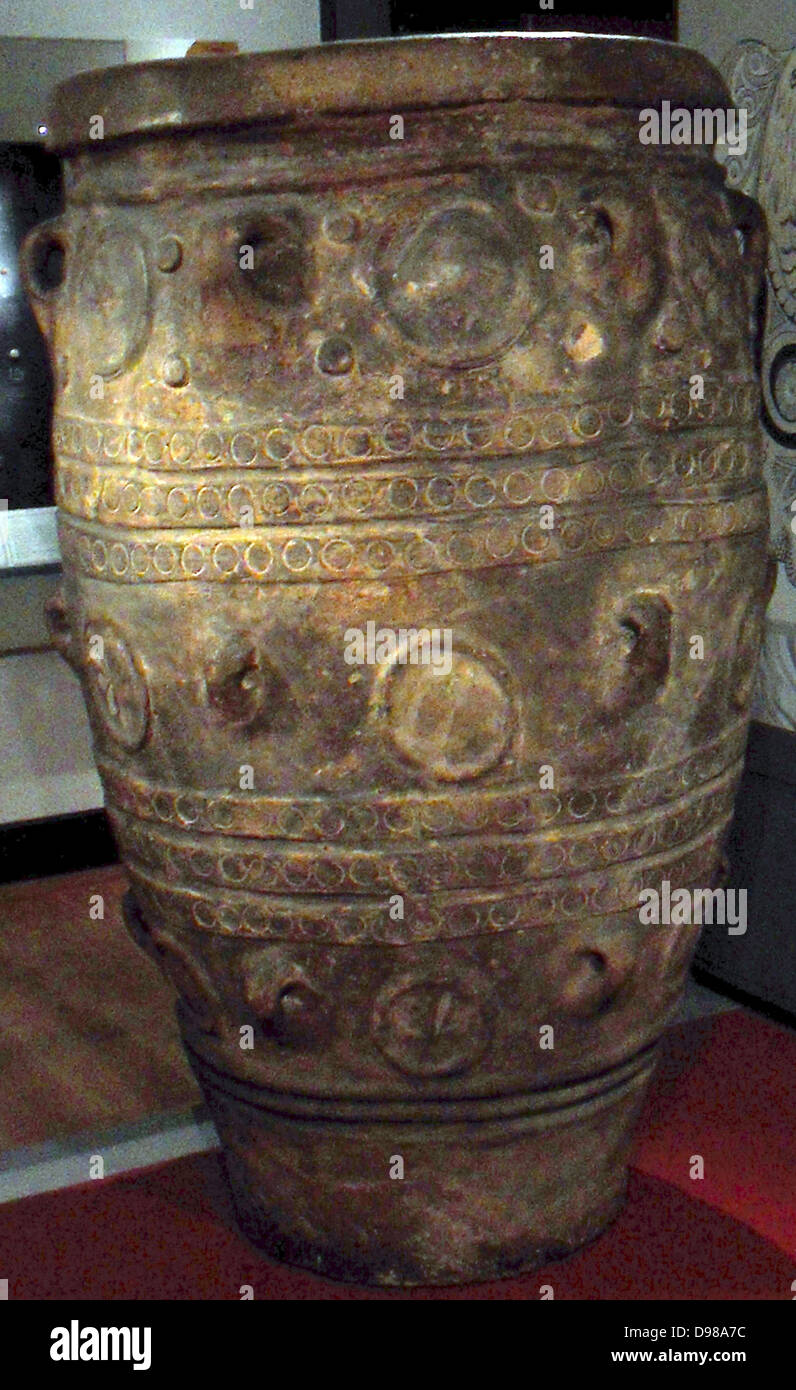 Jar decorated with six-tentacled octopus and murex shells. Palace at Knossos, Crete, 1450-1400 BC, clay. Murex shells are the source for the purple-red dye, a popular colourant for textiles across the east Mediterranean. Stock Photohttps://www.alamy.com/image-license-details/?v=1https://www.alamy.com/stock-photo-jar-decorated-with-six-tentacled-octopus-and-murex-shells-palace-at-57346672.html
Jar decorated with six-tentacled octopus and murex shells. Palace at Knossos, Crete, 1450-1400 BC, clay. Murex shells are the source for the purple-red dye, a popular colourant for textiles across the east Mediterranean. Stock Photohttps://www.alamy.com/image-license-details/?v=1https://www.alamy.com/stock-photo-jar-decorated-with-six-tentacled-octopus-and-murex-shells-palace-at-57346672.htmlRMD98A7C–Jar decorated with six-tentacled octopus and murex shells. Palace at Knossos, Crete, 1450-1400 BC, clay. Murex shells are the source for the purple-red dye, a popular colourant for textiles across the east Mediterranean.
 Justinian I (Latin: Flavius Petrus Sabbatius Iustinianus Augustus, Greek: Φλάβιος Πέτρος Σαββάτιος Ἰουστινιανός, c. 482 – 14 November 565), commonly known as Justinian the Great, was Byzantine Emperor from 527 to 565. During his reign, Justinian sought to revive the Empire's greatness and reconquer the lost western half of the classical Roman Empire. Tyrian purple (Greek, πορφύρα, porphyra, Latin: purpura), also known as royal purple, imperial purple or imperial dye, is a purple-red natural dye, which is a secretion produced by certain species of predatory sea snails in the family Muricidae, Stock Photohttps://www.alamy.com/image-license-details/?v=1https://www.alamy.com/justinian-i-latin-flavius-petrus-sabbatius-iustinianus-augustus-greek-c-482-14-november-565-commonly-known-as-justinian-the-great-was-byzantine-emperor-from-527-to-565-during-his-reign-justinian-sought-to-revive-the-empires-greatness-and-reconquer-the-lost-western-half-of-the-classical-roman-empire-tyrian-purple-greek-porphyra-latin-purpura-also-known-as-royal-purple-imperial-purple-or-imperial-dye-is-a-purple-red-natural-dye-which-is-a-secretion-produced-by-certain-species-of-predatory-sea-snails-in-the-family-muricidae-image344254179.html
Justinian I (Latin: Flavius Petrus Sabbatius Iustinianus Augustus, Greek: Φλάβιος Πέτρος Σαββάτιος Ἰουστινιανός, c. 482 – 14 November 565), commonly known as Justinian the Great, was Byzantine Emperor from 527 to 565. During his reign, Justinian sought to revive the Empire's greatness and reconquer the lost western half of the classical Roman Empire. Tyrian purple (Greek, πορφύρα, porphyra, Latin: purpura), also known as royal purple, imperial purple or imperial dye, is a purple-red natural dye, which is a secretion produced by certain species of predatory sea snails in the family Muricidae, Stock Photohttps://www.alamy.com/image-license-details/?v=1https://www.alamy.com/justinian-i-latin-flavius-petrus-sabbatius-iustinianus-augustus-greek-c-482-14-november-565-commonly-known-as-justinian-the-great-was-byzantine-emperor-from-527-to-565-during-his-reign-justinian-sought-to-revive-the-empires-greatness-and-reconquer-the-lost-western-half-of-the-classical-roman-empire-tyrian-purple-greek-porphyra-latin-purpura-also-known-as-royal-purple-imperial-purple-or-imperial-dye-is-a-purple-red-natural-dye-which-is-a-secretion-produced-by-certain-species-of-predatory-sea-snails-in-the-family-muricidae-image344254179.htmlRM2B023M3–Justinian I (Latin: Flavius Petrus Sabbatius Iustinianus Augustus, Greek: Φλάβιος Πέτρος Σαββάτιος Ἰουστινιανός, c. 482 – 14 November 565), commonly known as Justinian the Great, was Byzantine Emperor from 527 to 565. During his reign, Justinian sought to revive the Empire's greatness and reconquer the lost western half of the classical Roman Empire. Tyrian purple (Greek, πορφύρα, porphyra, Latin: purpura), also known as royal purple, imperial purple or imperial dye, is a purple-red natural dye, which is a secretion produced by certain species of predatory sea snails in the family Muricidae,
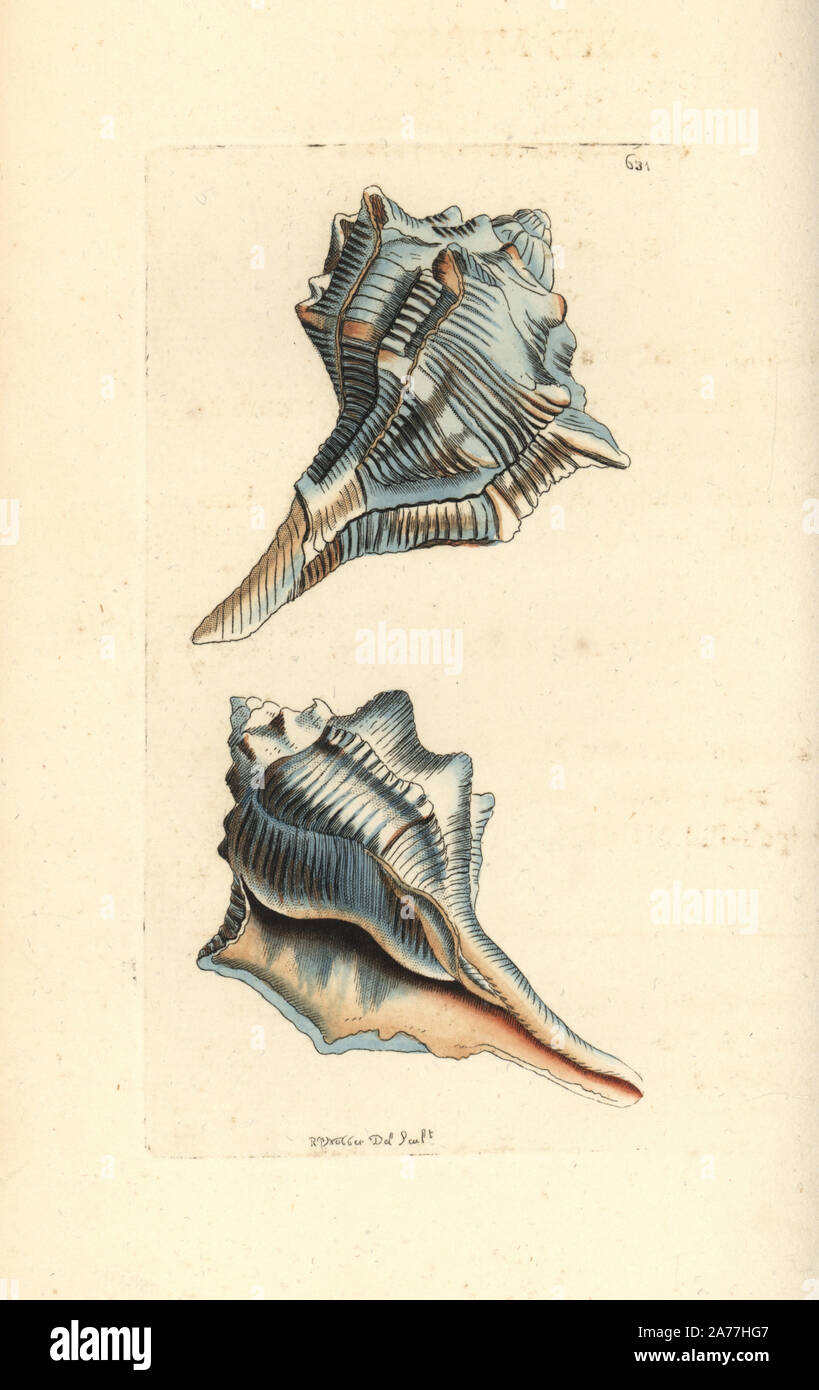 Spiny dye-murex, Bolinus brandaris (Snipe murex, Murex brandaris). Illustration drawn and engraved by Richard Polydore Nodder. Handcoloured copperplate engraving from George Shaw and Frederick Nodder's The Naturalist's Miscellany, London, 1804. Stock Photohttps://www.alamy.com/image-license-details/?v=1https://www.alamy.com/spiny-dye-murex-bolinus-brandaris-snipe-murex-murex-brandaris-illustration-drawn-and-engraved-by-richard-polydore-nodder-handcoloured-copperplate-engraving-from-george-shaw-and-frederick-nodders-the-naturalists-miscellany-london-1804-image331467031.html
Spiny dye-murex, Bolinus brandaris (Snipe murex, Murex brandaris). Illustration drawn and engraved by Richard Polydore Nodder. Handcoloured copperplate engraving from George Shaw and Frederick Nodder's The Naturalist's Miscellany, London, 1804. Stock Photohttps://www.alamy.com/image-license-details/?v=1https://www.alamy.com/spiny-dye-murex-bolinus-brandaris-snipe-murex-murex-brandaris-illustration-drawn-and-engraved-by-richard-polydore-nodder-handcoloured-copperplate-engraving-from-george-shaw-and-frederick-nodders-the-naturalists-miscellany-london-1804-image331467031.htmlRM2A77HG7–Spiny dye-murex, Bolinus brandaris (Snipe murex, Murex brandaris). Illustration drawn and engraved by Richard Polydore Nodder. Handcoloured copperplate engraving from George Shaw and Frederick Nodder's The Naturalist's Miscellany, London, 1804.
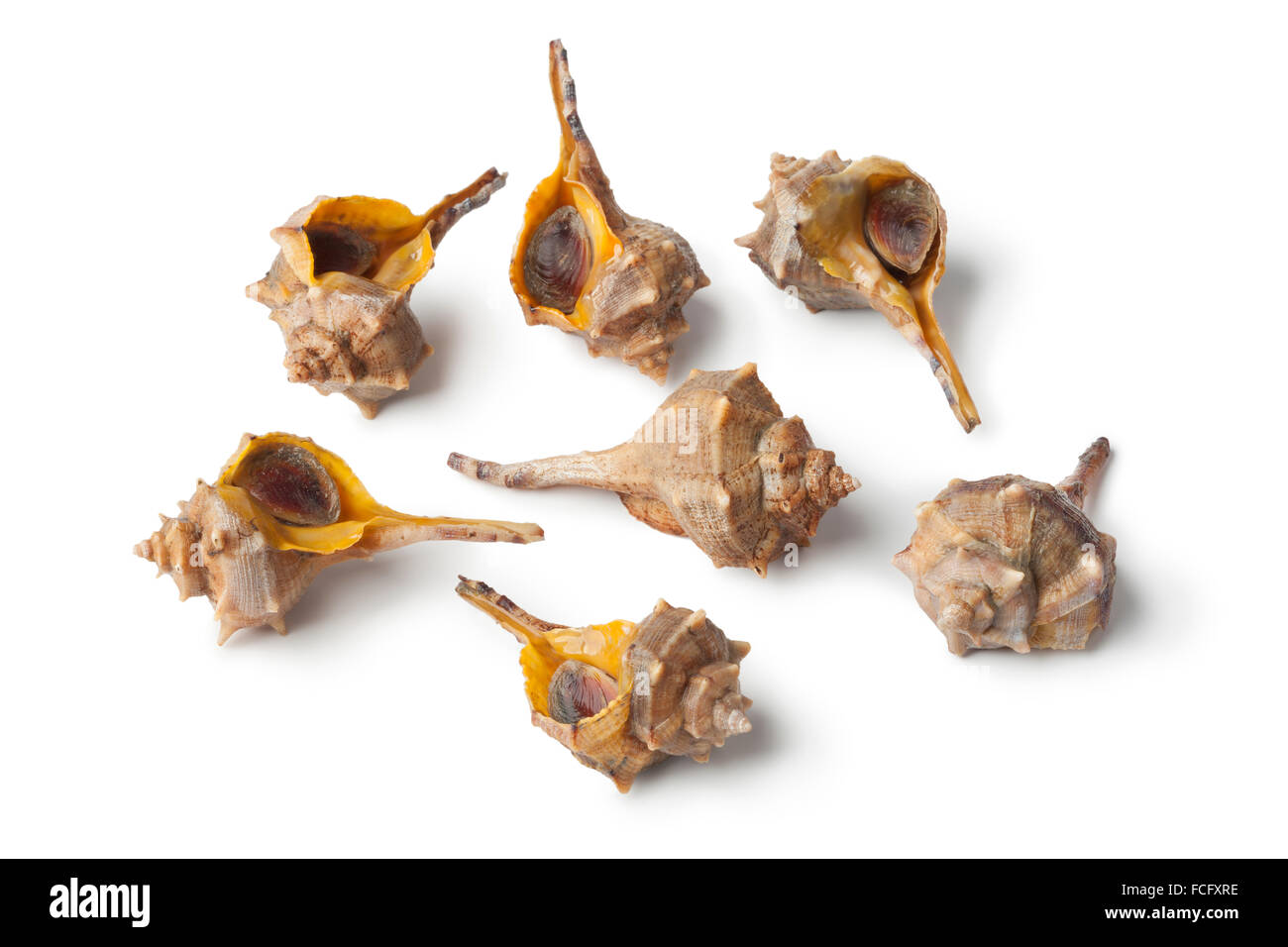 Fresh raw Italian spiny dye-murex Stock Photohttps://www.alamy.com/image-license-details/?v=1https://www.alamy.com/stock-photo-fresh-raw-italian-spiny-dye-murex-93778034.html
Fresh raw Italian spiny dye-murex Stock Photohttps://www.alamy.com/image-license-details/?v=1https://www.alamy.com/stock-photo-fresh-raw-italian-spiny-dye-murex-93778034.htmlRFFCFXRE–Fresh raw Italian spiny dye-murex
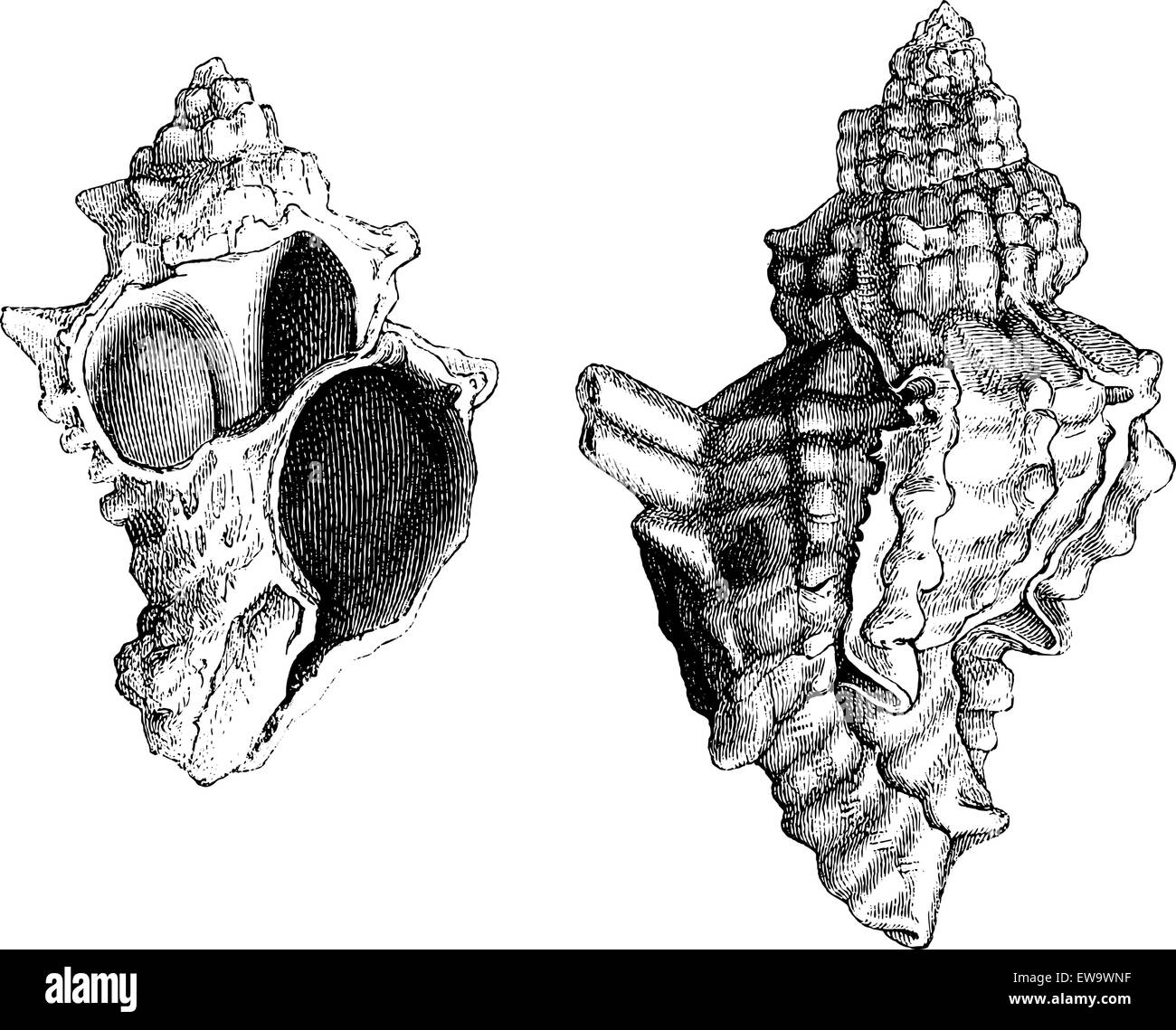 Banded Dye-murex or Murex trunculus or Hexaplex trunculus, source of the Phoenician purple dye of Sidon, vintage engraved illustration. Le Tour du Monde, Travel Journal, 1881 Stock Vectorhttps://www.alamy.com/image-license-details/?v=1https://www.alamy.com/stock-photo-banded-dye-murex-or-murex-trunculus-or-hexaplex-trunculus-source-of-84425643.html
Banded Dye-murex or Murex trunculus or Hexaplex trunculus, source of the Phoenician purple dye of Sidon, vintage engraved illustration. Le Tour du Monde, Travel Journal, 1881 Stock Vectorhttps://www.alamy.com/image-license-details/?v=1https://www.alamy.com/stock-photo-banded-dye-murex-or-murex-trunculus-or-hexaplex-trunculus-source-of-84425643.htmlRFEW9WNF–Banded Dye-murex or Murex trunculus or Hexaplex trunculus, source of the Phoenician purple dye of Sidon, vintage engraved illustration. Le Tour du Monde, Travel Journal, 1881
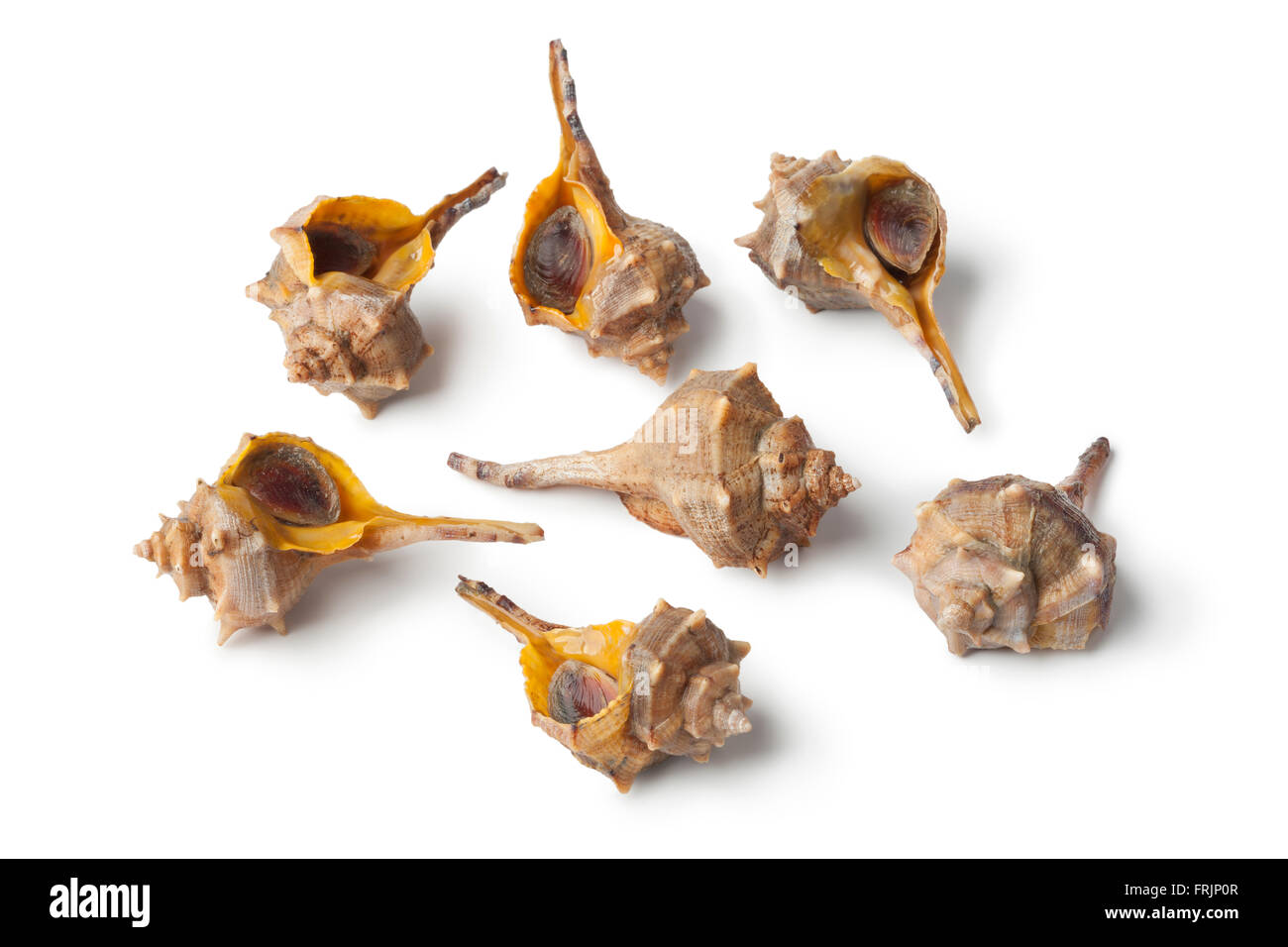 Fresh raw Italian spiny dye-murex Stock Photohttps://www.alamy.com/image-license-details/?v=1https://www.alamy.com/stock-photo-fresh-raw-italian-spiny-dye-murex-100601335.html
Fresh raw Italian spiny dye-murex Stock Photohttps://www.alamy.com/image-license-details/?v=1https://www.alamy.com/stock-photo-fresh-raw-italian-spiny-dye-murex-100601335.htmlRFFRJP0R–Fresh raw Italian spiny dye-murex
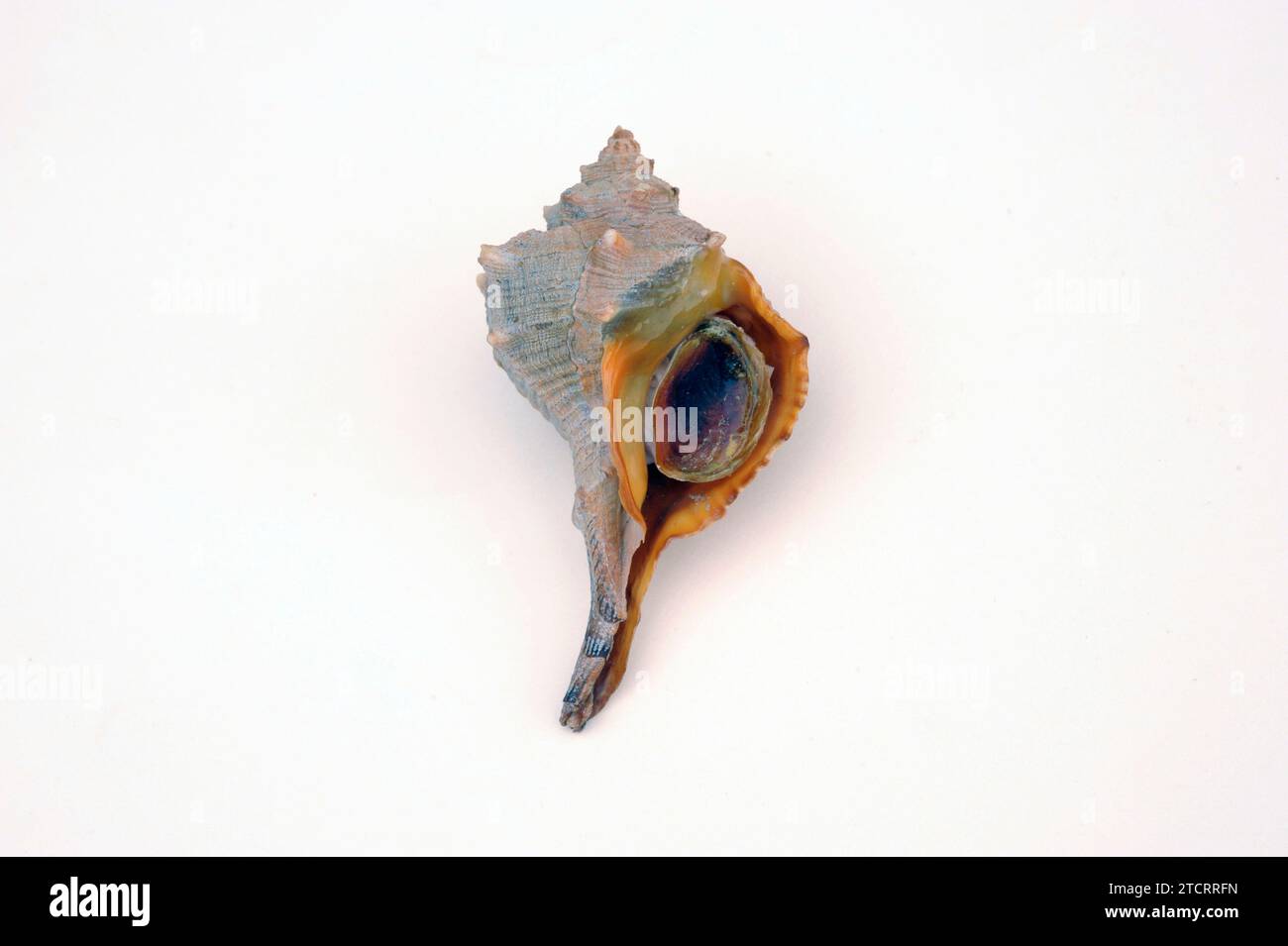 Purple dye murex (Bolinus brandaris, Haustellum brandaris or Murex brandaris) is an edible marine snail. Provides a dye named Tyrian purple. Stock Photohttps://www.alamy.com/image-license-details/?v=1https://www.alamy.com/purple-dye-murex-bolinus-brandaris-haustellum-brandaris-or-murex-brandaris-is-an-edible-marine-snail-provides-a-dye-named-tyrian-purple-image575841385.html
Purple dye murex (Bolinus brandaris, Haustellum brandaris or Murex brandaris) is an edible marine snail. Provides a dye named Tyrian purple. Stock Photohttps://www.alamy.com/image-license-details/?v=1https://www.alamy.com/purple-dye-murex-bolinus-brandaris-haustellum-brandaris-or-murex-brandaris-is-an-edible-marine-snail-provides-a-dye-named-tyrian-purple-image575841385.htmlRF2TCRRFN–Purple dye murex (Bolinus brandaris, Haustellum brandaris or Murex brandaris) is an edible marine snail. Provides a dye named Tyrian purple.
 Single fresh raw Italian spiny dye-murex Stock Photohttps://www.alamy.com/image-license-details/?v=1https://www.alamy.com/stock-photo-single-fresh-raw-italian-spiny-dye-murex-93778031.html
Single fresh raw Italian spiny dye-murex Stock Photohttps://www.alamy.com/image-license-details/?v=1https://www.alamy.com/stock-photo-single-fresh-raw-italian-spiny-dye-murex-93778031.htmlRFFCFXRB–Single fresh raw Italian spiny dye-murex
 AFGHANISTAN - CIRCA 1999: A stamp printed in Afghanistan from the 'Snails' issue shows Murex brandaris Stock Photohttps://www.alamy.com/image-license-details/?v=1https://www.alamy.com/afghanistan-circa-1999-a-stamp-printed-in-afghanistan-from-the-snails-issue-shows-murex-brandaris-image612365285.html
AFGHANISTAN - CIRCA 1999: A stamp printed in Afghanistan from the 'Snails' issue shows Murex brandaris Stock Photohttps://www.alamy.com/image-license-details/?v=1https://www.alamy.com/afghanistan-circa-1999-a-stamp-printed-in-afghanistan-from-the-snails-issue-shows-murex-brandaris-image612365285.htmlRF2XG7J4N–AFGHANISTAN - CIRCA 1999: A stamp printed in Afghanistan from the 'Snails' issue shows Murex brandaris
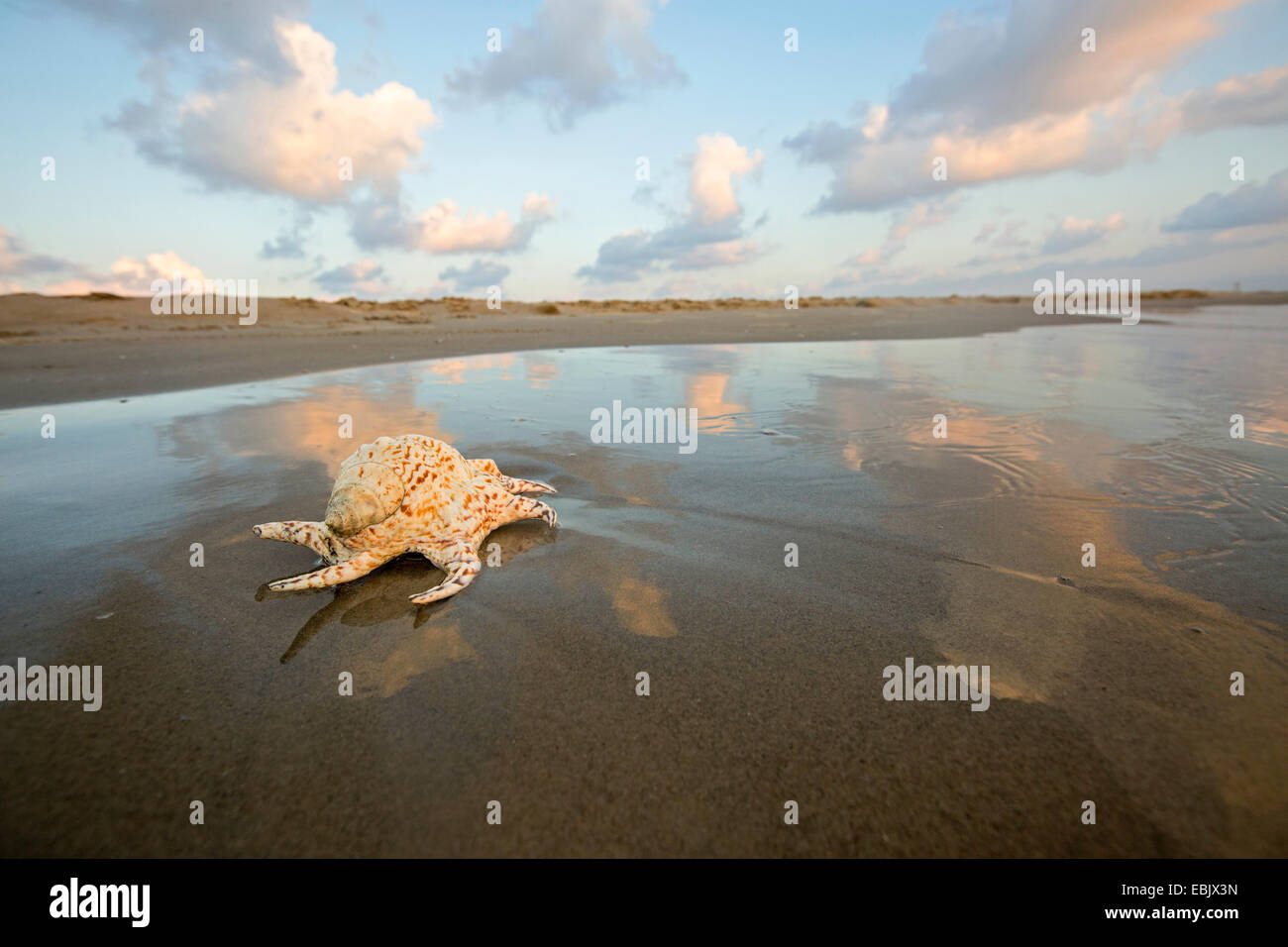 Purple dye murex or the spiny dye-murex (Bolinus brandaris) on beach, Israel Stock Photohttps://www.alamy.com/image-license-details/?v=1https://www.alamy.com/stock-photo-purple-dye-murex-or-the-spiny-dye-murex-bolinus-brandaris-on-beach-76018313.html
Purple dye murex or the spiny dye-murex (Bolinus brandaris) on beach, Israel Stock Photohttps://www.alamy.com/image-license-details/?v=1https://www.alamy.com/stock-photo-purple-dye-murex-or-the-spiny-dye-murex-bolinus-brandaris-on-beach-76018313.htmlRFEBJX3N–Purple dye murex or the spiny dye-murex (Bolinus brandaris) on beach, Israel
 Purple Dye Murex (Bolinus brandaris) Stock Photohttps://www.alamy.com/image-license-details/?v=1https://www.alamy.com/purple-dye-murex-bolinus-brandaris-image632732670.html
Purple Dye Murex (Bolinus brandaris) Stock Photohttps://www.alamy.com/image-license-details/?v=1https://www.alamy.com/purple-dye-murex-bolinus-brandaris-image632732670.htmlRM2YNBCYA–Purple Dye Murex (Bolinus brandaris)
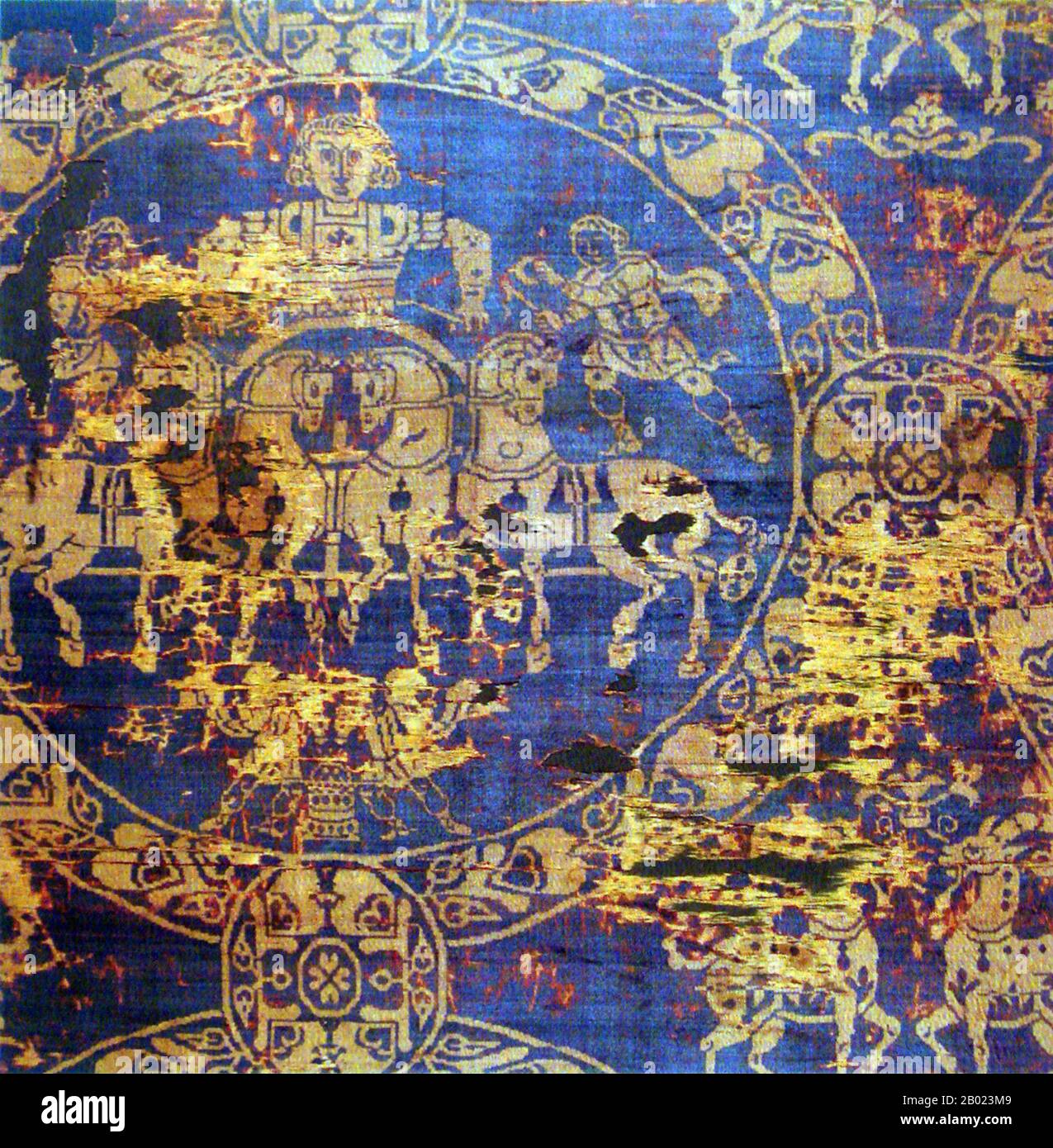 Charlemagne (c. 742 – January 28, 814), also known as Charles the Great (Latin: Carolus Magnus or Karolus Magnus) or Charles I, was the founder of the Carolingian Empire, reigning from 768 until his death. He expanded the Frankish kingdom, adding Italy, subduing the Saxons and Bavarians, and pushed his frontier into Spain. The oldest son of Pepin the Short and Bertrada of Laon, Charlemagne was the first Emperor in Western Europe since the fall of the Roman Empire four centuries earlier. Tyrian purple (Greek, πορφύρα, porphyra, Latin: purpura), also known as royal purple, imperial purple or im Stock Photohttps://www.alamy.com/image-license-details/?v=1https://www.alamy.com/charlemagne-c-742-january-28-814-also-known-as-charles-the-great-latin-carolus-magnus-or-karolus-magnus-or-charles-i-was-the-founder-of-the-carolingian-empire-reigning-from-768-until-his-death-he-expanded-the-frankish-kingdom-adding-italy-subduing-the-saxons-and-bavarians-and-pushed-his-frontier-into-spain-the-oldest-son-of-pepin-the-short-and-bertrada-of-laon-charlemagne-was-the-first-emperor-in-western-europe-since-the-fall-of-the-roman-empire-four-centuries-earlier-tyrian-purple-greek-porphyra-latin-purpura-also-known-as-royal-purple-imperial-purple-or-im-image344254185.html
Charlemagne (c. 742 – January 28, 814), also known as Charles the Great (Latin: Carolus Magnus or Karolus Magnus) or Charles I, was the founder of the Carolingian Empire, reigning from 768 until his death. He expanded the Frankish kingdom, adding Italy, subduing the Saxons and Bavarians, and pushed his frontier into Spain. The oldest son of Pepin the Short and Bertrada of Laon, Charlemagne was the first Emperor in Western Europe since the fall of the Roman Empire four centuries earlier. Tyrian purple (Greek, πορφύρα, porphyra, Latin: purpura), also known as royal purple, imperial purple or im Stock Photohttps://www.alamy.com/image-license-details/?v=1https://www.alamy.com/charlemagne-c-742-january-28-814-also-known-as-charles-the-great-latin-carolus-magnus-or-karolus-magnus-or-charles-i-was-the-founder-of-the-carolingian-empire-reigning-from-768-until-his-death-he-expanded-the-frankish-kingdom-adding-italy-subduing-the-saxons-and-bavarians-and-pushed-his-frontier-into-spain-the-oldest-son-of-pepin-the-short-and-bertrada-of-laon-charlemagne-was-the-first-emperor-in-western-europe-since-the-fall-of-the-roman-empire-four-centuries-earlier-tyrian-purple-greek-porphyra-latin-purpura-also-known-as-royal-purple-imperial-purple-or-im-image344254185.htmlRM2B023M9–Charlemagne (c. 742 – January 28, 814), also known as Charles the Great (Latin: Carolus Magnus or Karolus Magnus) or Charles I, was the founder of the Carolingian Empire, reigning from 768 until his death. He expanded the Frankish kingdom, adding Italy, subduing the Saxons and Bavarians, and pushed his frontier into Spain. The oldest son of Pepin the Short and Bertrada of Laon, Charlemagne was the first Emperor in Western Europe since the fall of the Roman Empire four centuries earlier. Tyrian purple (Greek, πορφύρα, porphyra, Latin: purpura), also known as royal purple, imperial purple or im
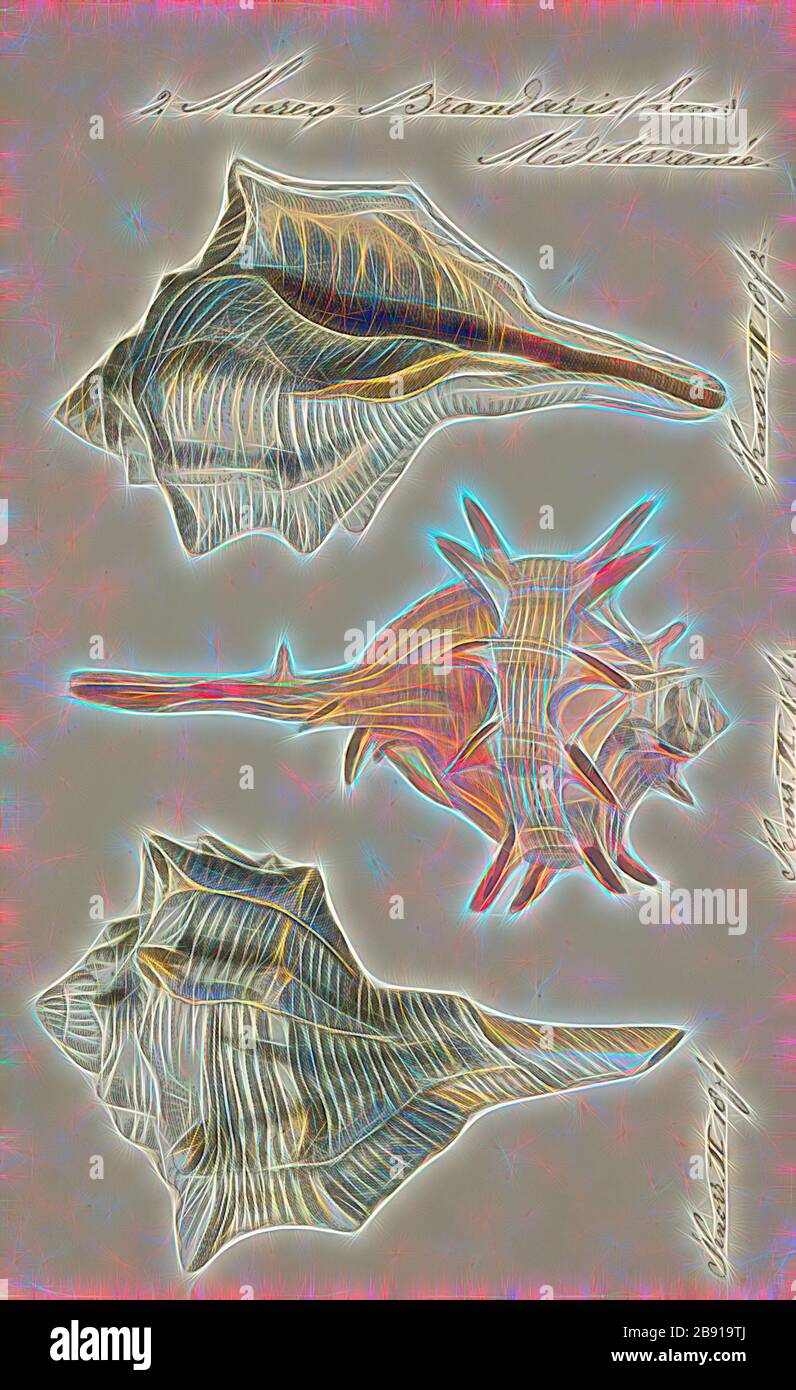 Murex brandaris, Print, Bolinus brandaris (originally called Murex brandaris by Linnaeus and also Haustellum brandaris), and commonly known as the purple dye murex or the spiny dye-murex, is a species of medium-sized predatory sea snail, an edible marine gastropod mollusk in the family Muricidae, the murex snails or the rock snails., Reimagined by Gibon, design of warm cheerful glowing of brightness and light rays radiance. Classic art reinvented with a modern twist. Photography inspired by futurism, embracing dynamic energy of modern technology, movement, speed and revolutionize culture. Stock Photohttps://www.alamy.com/image-license-details/?v=1https://www.alamy.com/murex-brandaris-print-bolinus-brandaris-originally-called-murex-brandaris-by-linnaeus-and-also-haustellum-brandaris-and-commonly-known-as-the-purple-dye-murex-or-the-spiny-dye-murex-is-a-species-of-medium-sized-predatory-sea-snail-an-edible-marine-gastropod-mollusk-in-the-family-muricidae-the-murex-snails-or-the-rock-snails-reimagined-by-gibon-design-of-warm-cheerful-glowing-of-brightness-and-light-rays-radiance-classic-art-reinvented-with-a-modern-twist-photography-inspired-by-futurism-embracing-dynamic-energy-of-modern-technology-movement-speed-and-revolutionize-culture-image349768962.html
Murex brandaris, Print, Bolinus brandaris (originally called Murex brandaris by Linnaeus and also Haustellum brandaris), and commonly known as the purple dye murex or the spiny dye-murex, is a species of medium-sized predatory sea snail, an edible marine gastropod mollusk in the family Muricidae, the murex snails or the rock snails., Reimagined by Gibon, design of warm cheerful glowing of brightness and light rays radiance. Classic art reinvented with a modern twist. Photography inspired by futurism, embracing dynamic energy of modern technology, movement, speed and revolutionize culture. Stock Photohttps://www.alamy.com/image-license-details/?v=1https://www.alamy.com/murex-brandaris-print-bolinus-brandaris-originally-called-murex-brandaris-by-linnaeus-and-also-haustellum-brandaris-and-commonly-known-as-the-purple-dye-murex-or-the-spiny-dye-murex-is-a-species-of-medium-sized-predatory-sea-snail-an-edible-marine-gastropod-mollusk-in-the-family-muricidae-the-murex-snails-or-the-rock-snails-reimagined-by-gibon-design-of-warm-cheerful-glowing-of-brightness-and-light-rays-radiance-classic-art-reinvented-with-a-modern-twist-photography-inspired-by-futurism-embracing-dynamic-energy-of-modern-technology-movement-speed-and-revolutionize-culture-image349768962.htmlRF2B919TJ–Murex brandaris, Print, Bolinus brandaris (originally called Murex brandaris by Linnaeus and also Haustellum brandaris), and commonly known as the purple dye murex or the spiny dye-murex, is a species of medium-sized predatory sea snail, an edible marine gastropod mollusk in the family Muricidae, the murex snails or the rock snails., Reimagined by Gibon, design of warm cheerful glowing of brightness and light rays radiance. Classic art reinvented with a modern twist. Photography inspired by futurism, embracing dynamic energy of modern technology, movement, speed and revolutionize culture.
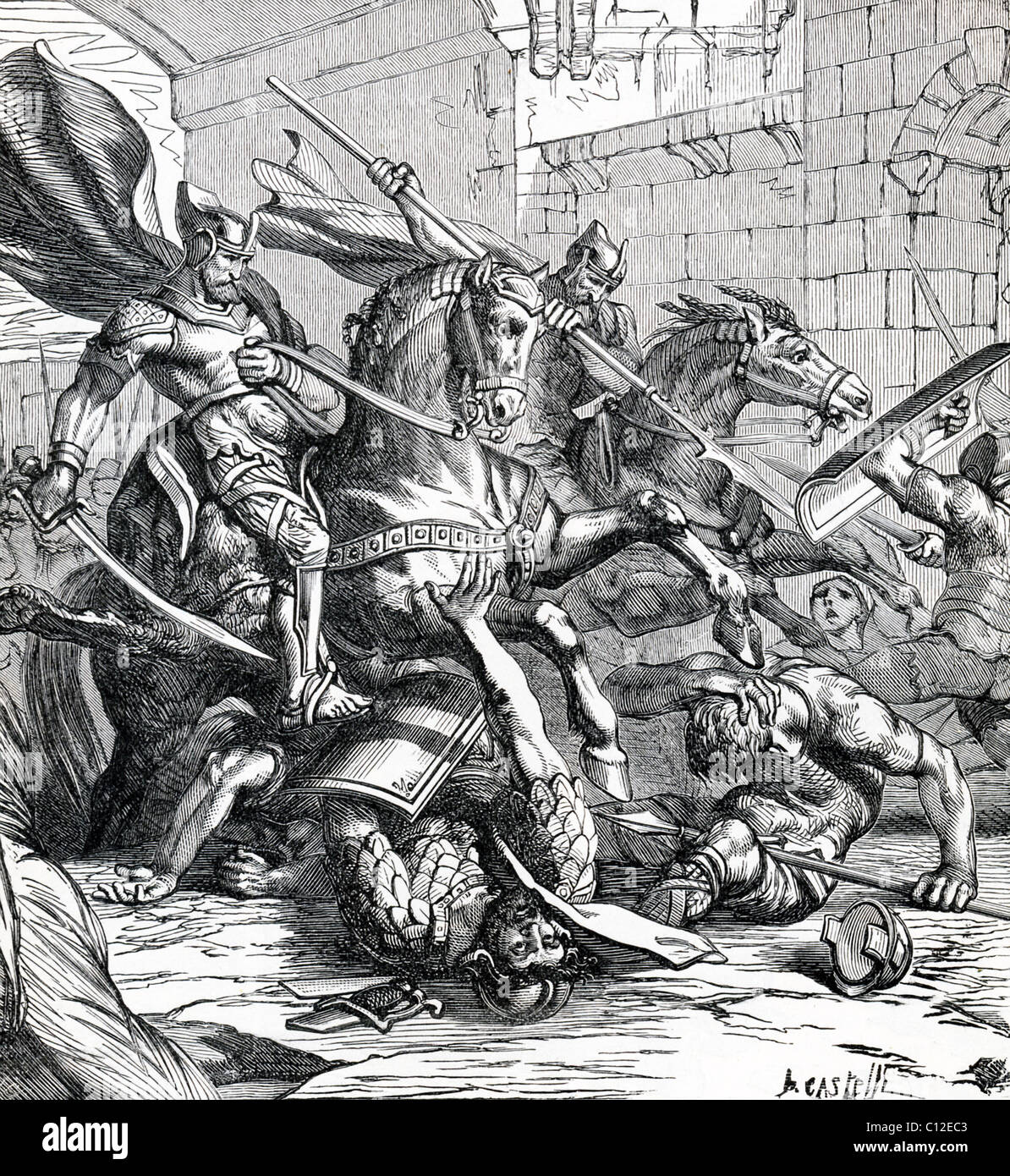 This 1895 illustration shows the capture of Tyre as told in the Hebrew Bible, Ezekiel 32, verses 2 and 3. Stock Photohttps://www.alamy.com/image-license-details/?v=1https://www.alamy.com/stock-photo-this-1895-illustration-shows-the-capture-of-tyre-as-told-in-the-hebrew-35090611.html
This 1895 illustration shows the capture of Tyre as told in the Hebrew Bible, Ezekiel 32, verses 2 and 3. Stock Photohttps://www.alamy.com/image-license-details/?v=1https://www.alamy.com/stock-photo-this-1895-illustration-shows-the-capture-of-tyre-as-told-in-the-hebrew-35090611.htmlRFC12EC3–This 1895 illustration shows the capture of Tyre as told in the Hebrew Bible, Ezekiel 32, verses 2 and 3.
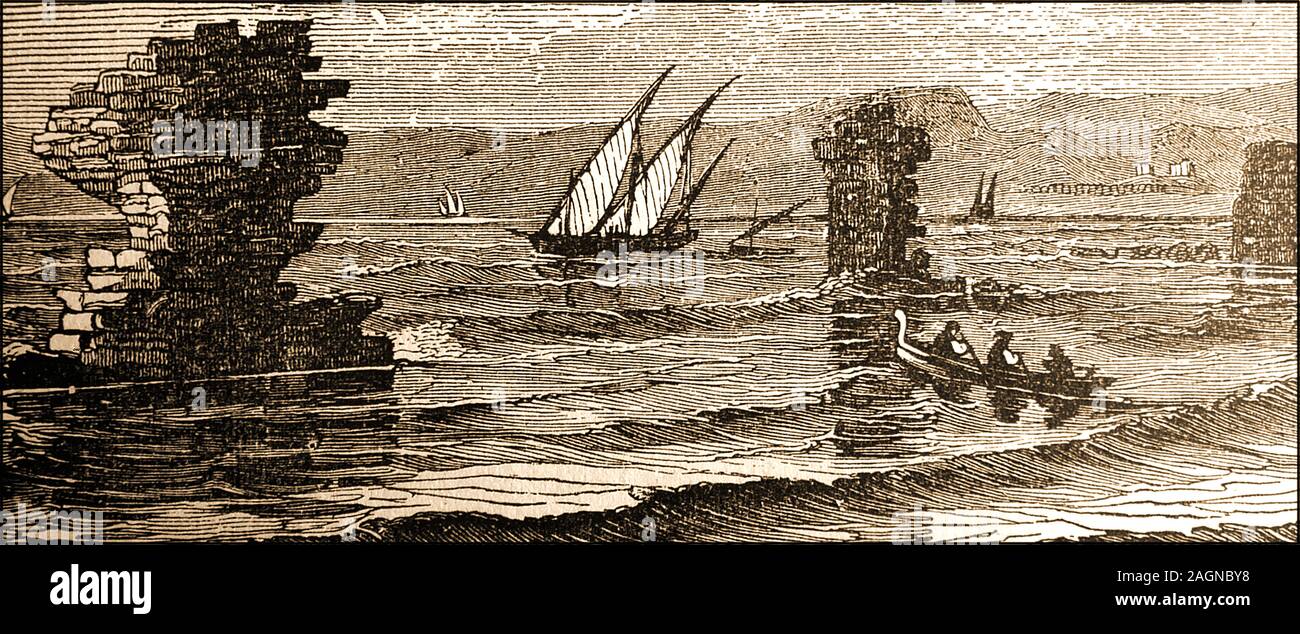 A 19th century engraving showing sunken remains of ruins of Ushu (old Tyre aka Melqart & Paleotyre ), Lebanon, now lost. One of its chief exports were purple dyes made from shellfish and known commercially as Tyrian purple. Stock Photohttps://www.alamy.com/image-license-details/?v=1https://www.alamy.com/a-19th-century-engraving-showing-sunken-remains-of-ruins-of-ushu-old-tyre-aka-melqart-paleotyre-lebanon-now-lost-one-of-its-chief-exports-were-purple-dyes-made-from-shellfish-and-known-commercially-as-tyrian-purple-image337301868.html
A 19th century engraving showing sunken remains of ruins of Ushu (old Tyre aka Melqart & Paleotyre ), Lebanon, now lost. One of its chief exports were purple dyes made from shellfish and known commercially as Tyrian purple. Stock Photohttps://www.alamy.com/image-license-details/?v=1https://www.alamy.com/a-19th-century-engraving-showing-sunken-remains-of-ruins-of-ushu-old-tyre-aka-melqart-paleotyre-lebanon-now-lost-one-of-its-chief-exports-were-purple-dyes-made-from-shellfish-and-known-commercially-as-tyrian-purple-image337301868.htmlRM2AGNBY8–A 19th century engraving showing sunken remains of ruins of Ushu (old Tyre aka Melqart & Paleotyre ), Lebanon, now lost. One of its chief exports were purple dyes made from shellfish and known commercially as Tyrian purple.
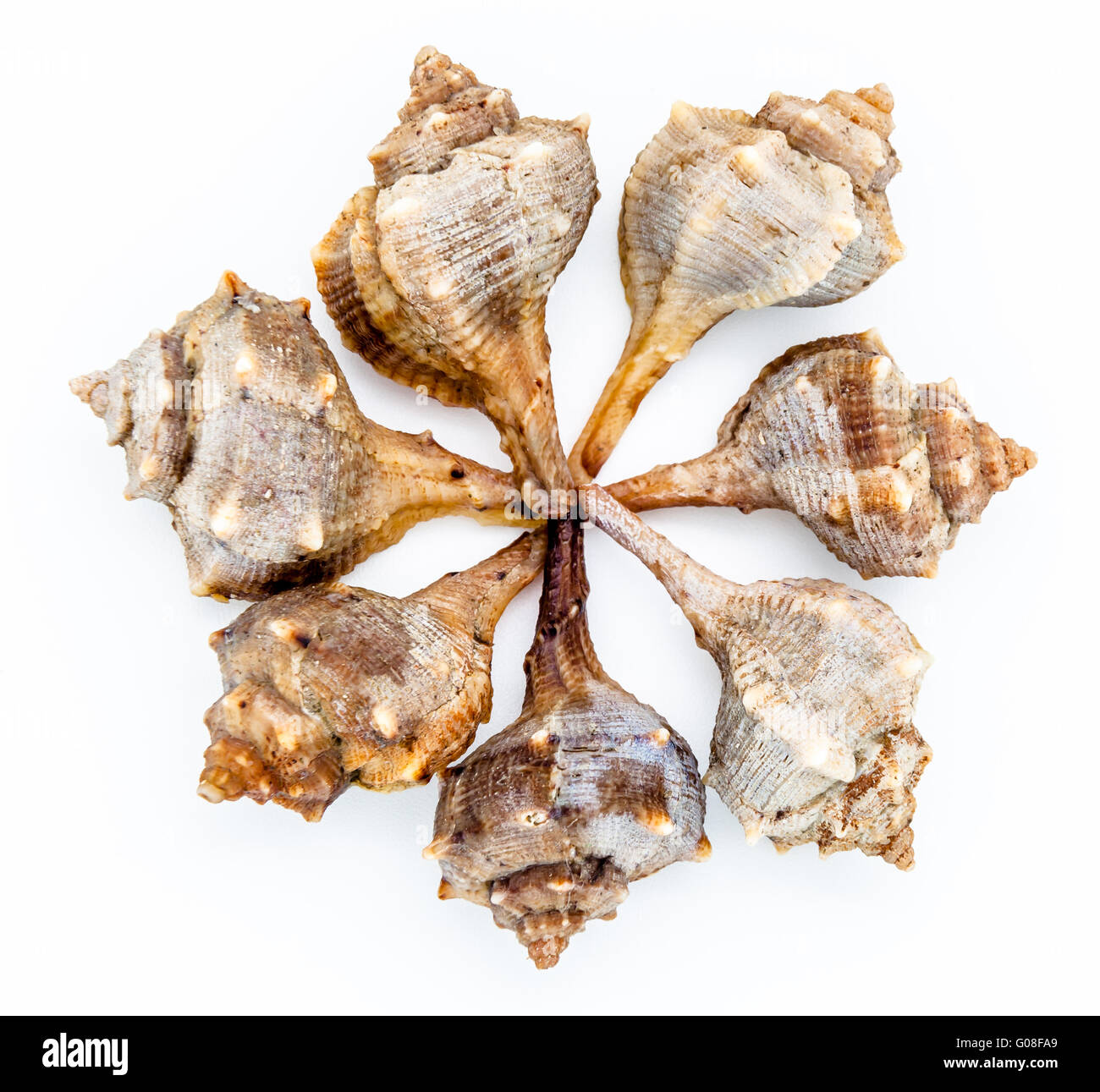 Purple or Spiny Dye Murex, bolinus Brandaris Stock Photohttps://www.alamy.com/image-license-details/?v=1https://www.alamy.com/stock-photo-purple-or-spiny-dye-murex-bolinus-brandaris-103449873.html
Purple or Spiny Dye Murex, bolinus Brandaris Stock Photohttps://www.alamy.com/image-license-details/?v=1https://www.alamy.com/stock-photo-purple-or-spiny-dye-murex-bolinus-brandaris-103449873.htmlRMG08FA9–Purple or Spiny Dye Murex, bolinus Brandaris
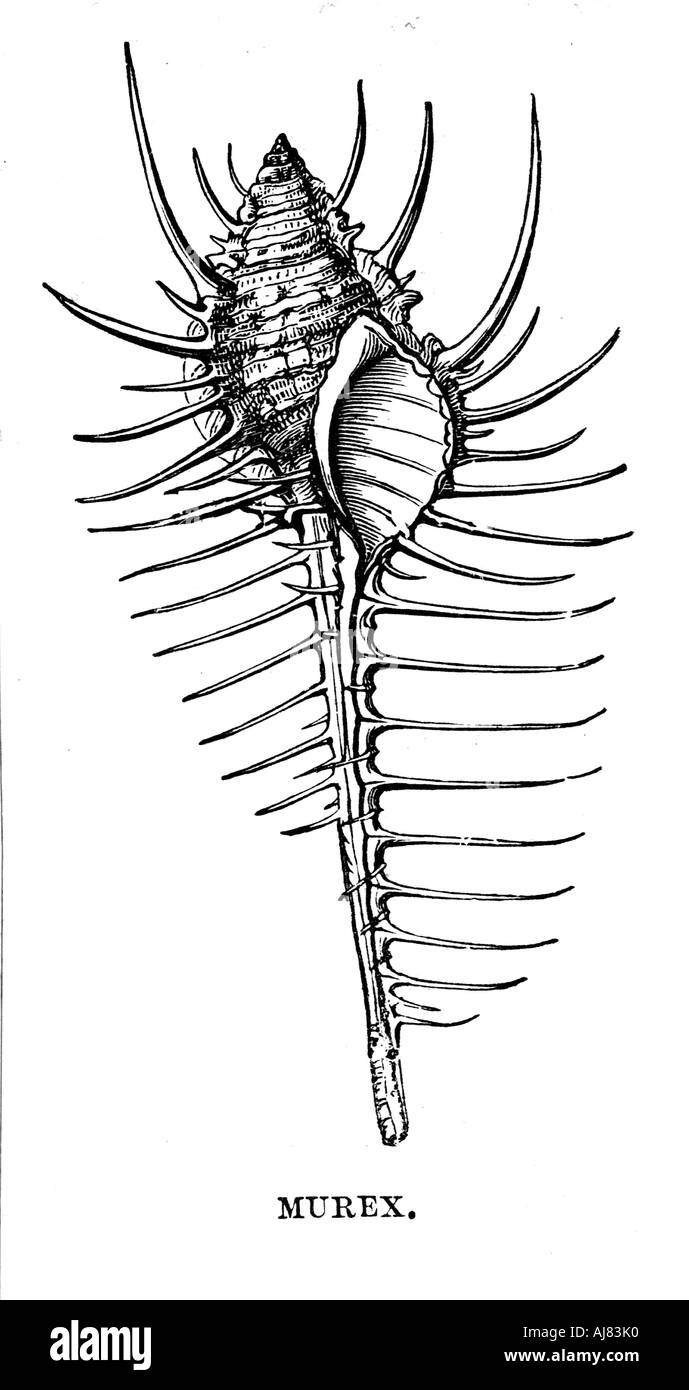 Murex, c1890. Artist: Unknown Stock Photohttps://www.alamy.com/image-license-details/?v=1https://www.alamy.com/murex-c1890-artist-unknown-image8372847.html
Murex, c1890. Artist: Unknown Stock Photohttps://www.alamy.com/image-license-details/?v=1https://www.alamy.com/murex-c1890-artist-unknown-image8372847.htmlRMAJ83K0–Murex, c1890. Artist: Unknown
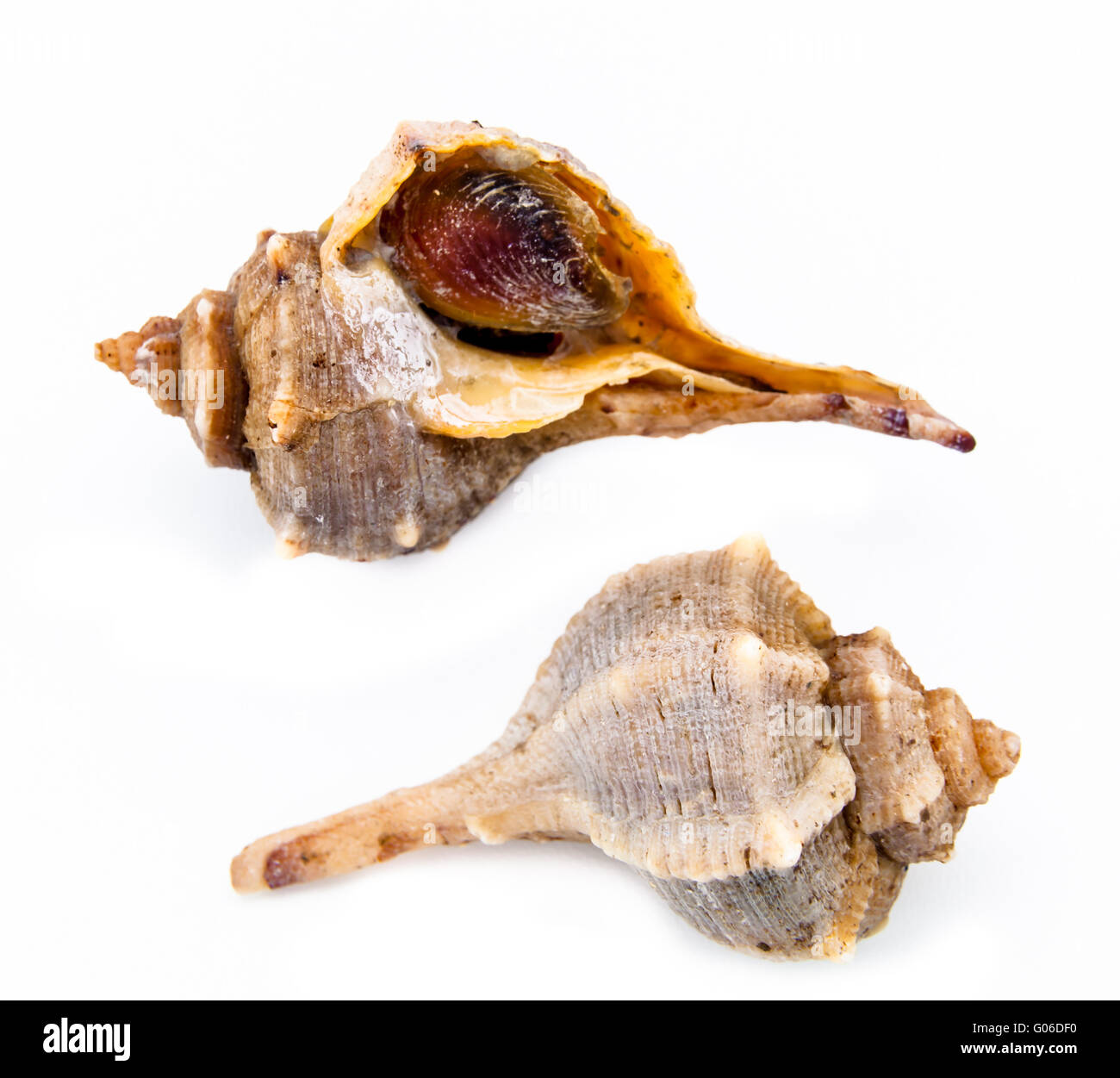 Purple or Spiny Dye Murex, bolinus Brandaris Stock Photohttps://www.alamy.com/image-license-details/?v=1https://www.alamy.com/stock-photo-purple-or-spiny-dye-murex-bolinus-brandaris-103404532.html
Purple or Spiny Dye Murex, bolinus Brandaris Stock Photohttps://www.alamy.com/image-license-details/?v=1https://www.alamy.com/stock-photo-purple-or-spiny-dye-murex-bolinus-brandaris-103404532.htmlRMG06DF0–Purple or Spiny Dye Murex, bolinus Brandaris
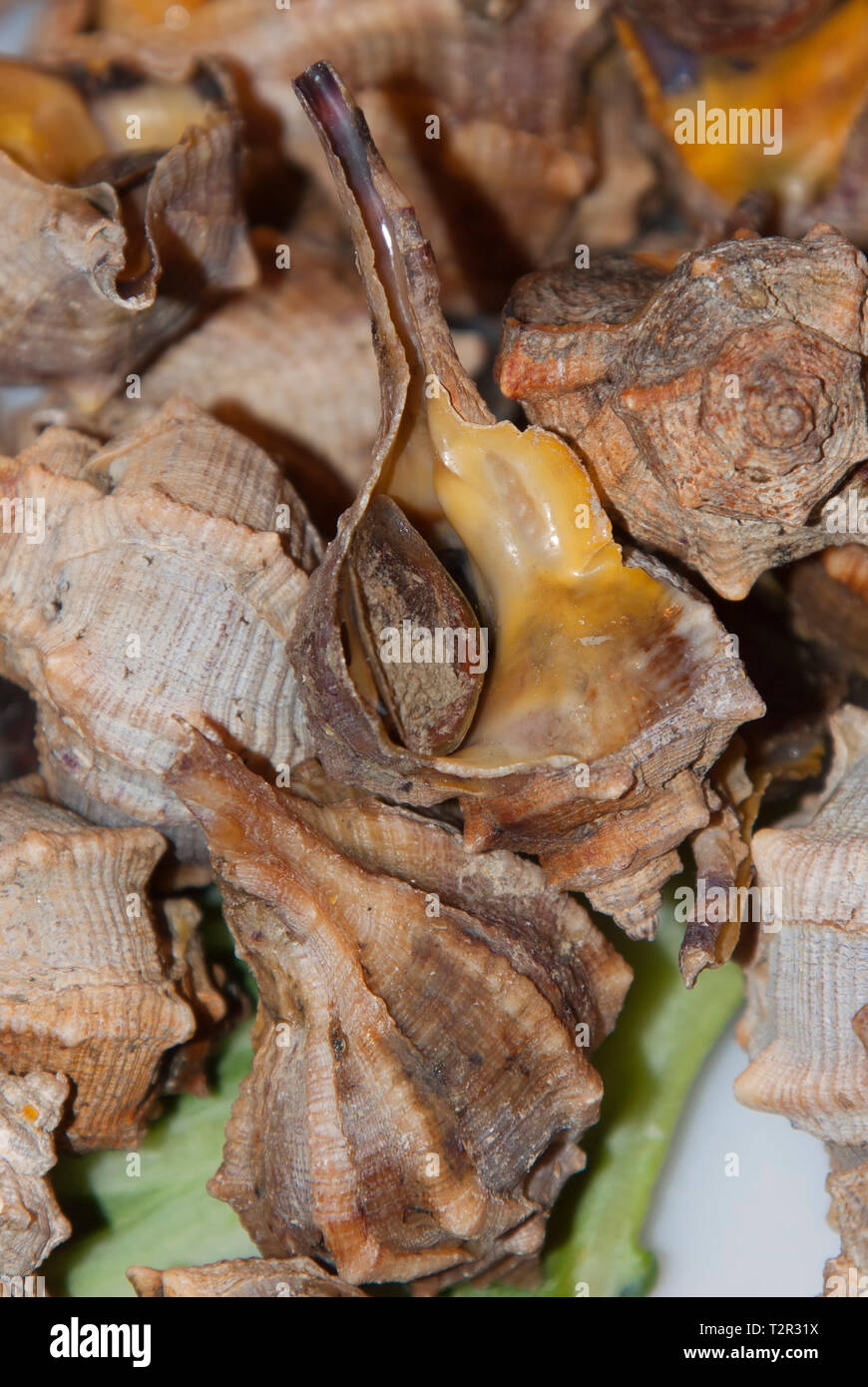 A shell of Bolinus brandaris on a market in Spain Stock Photohttps://www.alamy.com/image-license-details/?v=1https://www.alamy.com/a-shell-of-bolinus-brandaris-on-a-market-in-spain-image242681766.html
A shell of Bolinus brandaris on a market in Spain Stock Photohttps://www.alamy.com/image-license-details/?v=1https://www.alamy.com/a-shell-of-bolinus-brandaris-on-a-market-in-spain-image242681766.htmlRFT2R31X–A shell of Bolinus brandaris on a market in Spain
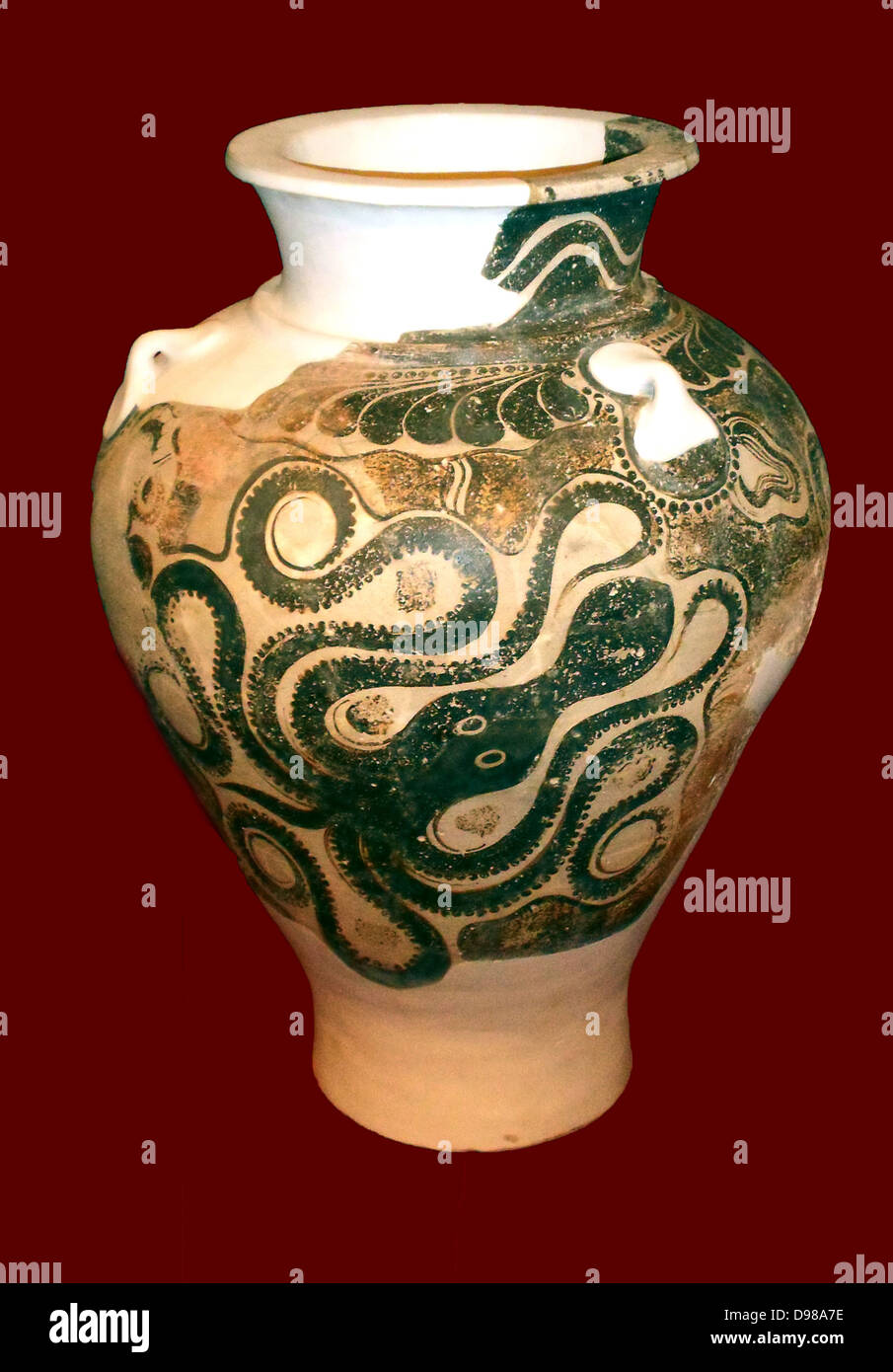 Jar decorated with six-tentacled octopus and murex shells. Palace at Knossos, Crete, 1450-1400 BC, clay. Murex shells are the source for the purple-red dye, a popular colourant for textiles across the east Mediterranean. Stock Photohttps://www.alamy.com/image-license-details/?v=1https://www.alamy.com/stock-photo-jar-decorated-with-six-tentacled-octopus-and-murex-shells-palace-at-57346674.html
Jar decorated with six-tentacled octopus and murex shells. Palace at Knossos, Crete, 1450-1400 BC, clay. Murex shells are the source for the purple-red dye, a popular colourant for textiles across the east Mediterranean. Stock Photohttps://www.alamy.com/image-license-details/?v=1https://www.alamy.com/stock-photo-jar-decorated-with-six-tentacled-octopus-and-murex-shells-palace-at-57346674.htmlRMD98A7E–Jar decorated with six-tentacled octopus and murex shells. Palace at Knossos, Crete, 1450-1400 BC, clay. Murex shells are the source for the purple-red dye, a popular colourant for textiles across the east Mediterranean.
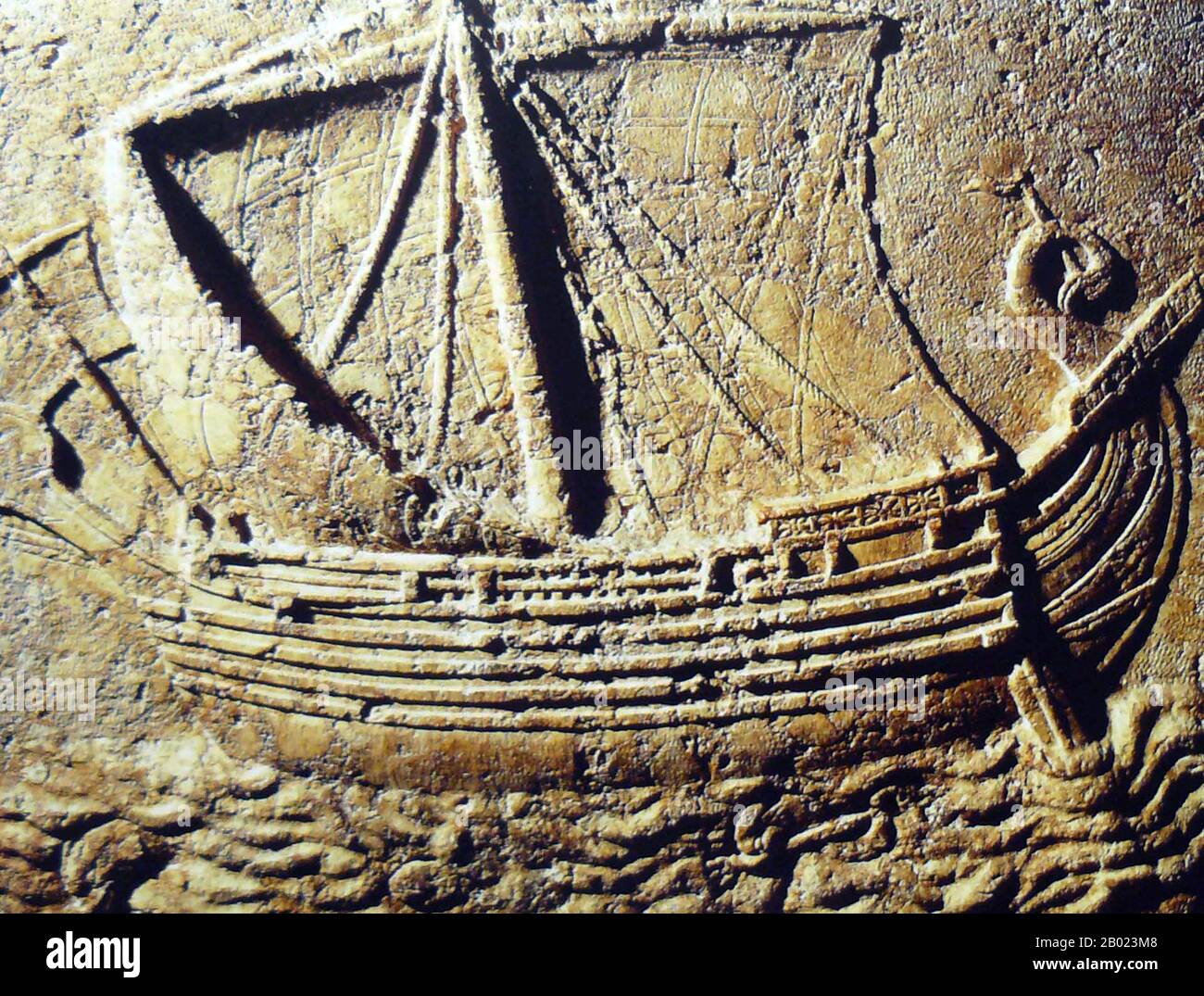 Towards the end of the Bronze Age (around 1200 BCE) there was already trade between the early Phoenicians, Egypt, Cyprus, and Greece. The Phoenicians were famous metalworkers, and by the end of the 8th Century BC, Greek city-states were sending out envoys to the Levant (the eastern Mediterranean) for metal goods. The height of Phoenician trade was around the 7th and 8th centuries. There is a dispersal of imports (ceramic, stone, and faience) from the Levant that traces a Phoenician commercial channel to the Greek mainland via the central Aegean. The Phoenicians even derived their name from t Stock Photohttps://www.alamy.com/image-license-details/?v=1https://www.alamy.com/towards-the-end-of-the-bronze-age-around-1200-bce-there-was-already-trade-between-the-early-phoenicians-egypt-cyprus-and-greece-the-phoenicians-were-famous-metalworkers-and-by-the-end-of-the-8th-century-bc-greek-city-states-were-sending-out-envoys-to-the-levant-the-eastern-mediterranean-for-metal-goods-the-height-of-phoenician-trade-was-around-the-7th-and-8th-centuries-there-is-a-dispersal-of-imports-ceramic-stone-and-faience-from-the-levant-that-traces-a-phoenician-commercial-channel-to-the-greek-mainland-via-the-central-aegean-the-phoenicians-even-derived-their-name-from-t-image344254184.html
Towards the end of the Bronze Age (around 1200 BCE) there was already trade between the early Phoenicians, Egypt, Cyprus, and Greece. The Phoenicians were famous metalworkers, and by the end of the 8th Century BC, Greek city-states were sending out envoys to the Levant (the eastern Mediterranean) for metal goods. The height of Phoenician trade was around the 7th and 8th centuries. There is a dispersal of imports (ceramic, stone, and faience) from the Levant that traces a Phoenician commercial channel to the Greek mainland via the central Aegean. The Phoenicians even derived their name from t Stock Photohttps://www.alamy.com/image-license-details/?v=1https://www.alamy.com/towards-the-end-of-the-bronze-age-around-1200-bce-there-was-already-trade-between-the-early-phoenicians-egypt-cyprus-and-greece-the-phoenicians-were-famous-metalworkers-and-by-the-end-of-the-8th-century-bc-greek-city-states-were-sending-out-envoys-to-the-levant-the-eastern-mediterranean-for-metal-goods-the-height-of-phoenician-trade-was-around-the-7th-and-8th-centuries-there-is-a-dispersal-of-imports-ceramic-stone-and-faience-from-the-levant-that-traces-a-phoenician-commercial-channel-to-the-greek-mainland-via-the-central-aegean-the-phoenicians-even-derived-their-name-from-t-image344254184.htmlRM2B023M8–Towards the end of the Bronze Age (around 1200 BCE) there was already trade between the early Phoenicians, Egypt, Cyprus, and Greece. The Phoenicians were famous metalworkers, and by the end of the 8th Century BC, Greek city-states were sending out envoys to the Levant (the eastern Mediterranean) for metal goods. The height of Phoenician trade was around the 7th and 8th centuries. There is a dispersal of imports (ceramic, stone, and faience) from the Levant that traces a Phoenician commercial channel to the Greek mainland via the central Aegean. The Phoenicians even derived their name from t
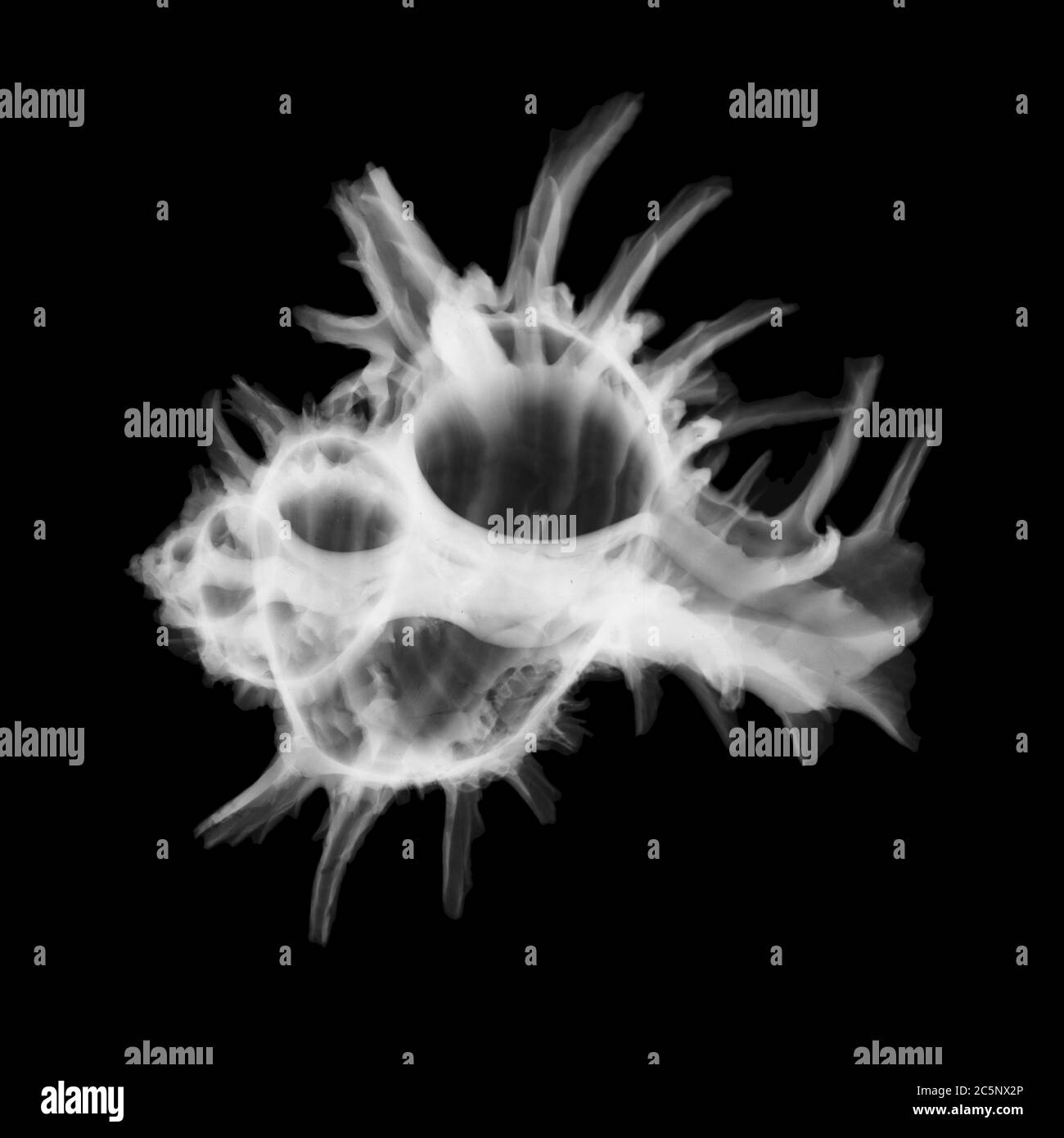 Shell (Bolinus brandari), X-ray. Stock Photohttps://www.alamy.com/image-license-details/?v=1https://www.alamy.com/shell-bolinus-brandari-x-ray-image364972462.html
Shell (Bolinus brandari), X-ray. Stock Photohttps://www.alamy.com/image-license-details/?v=1https://www.alamy.com/shell-bolinus-brandari-x-ray-image364972462.htmlRF2C5NX2P–Shell (Bolinus brandari), X-ray.
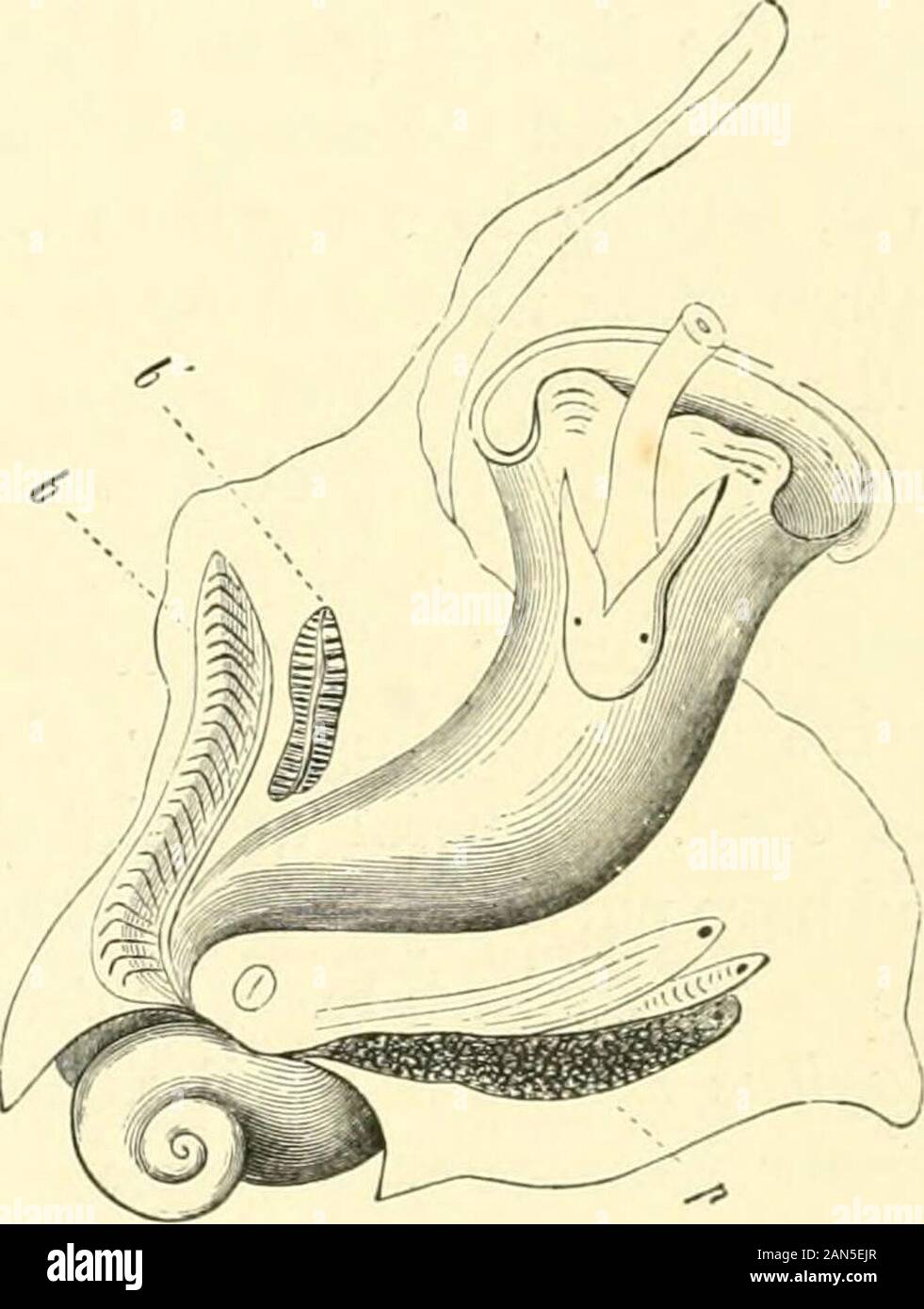 The royal natural history . ned from a white vein at the upper part of the neck of themollusc. When first extracted, it is of the colour and consistency of cream,but subsequently changes, on exposure to light, to the deep purple tint. Thecommon British Purpura lapillus affords similar dye. Its scarcity and theuse of cochineal, and other dyes, render it valueless as a commercial product.Murex erinaceus, the only British species, is common on oyster-beds, to which itis destructive. All the forms yet referred to have a somewhat roundish or ovateoperculum, with the nucleus terminal or subterminal, Stock Photohttps://www.alamy.com/image-license-details/?v=1https://www.alamy.com/the-royal-natural-history-ned-from-a-white-vein-at-the-upper-part-of-the-neck-of-themollusc-when-first-extracted-it-is-of-the-colour-and-consistency-of-creambut-subsequently-changes-on-exposure-to-light-to-the-deep-purple-tint-thecommon-british-purpura-lapillus-affords-similar-dye-its-scarcity-and-theuse-of-cochineal-and-other-dyes-render-it-valueless-as-a-commercial-productmurex-erinaceus-the-only-british-species-is-common-on-oyster-beds-to-which-itis-destructive-all-the-forms-yet-referred-to-have-a-somewhat-roundish-or-ovateoperculum-with-the-nucleus-terminal-or-subterminal-image340026031.html
The royal natural history . ned from a white vein at the upper part of the neck of themollusc. When first extracted, it is of the colour and consistency of cream,but subsequently changes, on exposure to light, to the deep purple tint. Thecommon British Purpura lapillus affords similar dye. Its scarcity and theuse of cochineal, and other dyes, render it valueless as a commercial product.Murex erinaceus, the only British species, is common on oyster-beds, to which itis destructive. All the forms yet referred to have a somewhat roundish or ovateoperculum, with the nucleus terminal or subterminal, Stock Photohttps://www.alamy.com/image-license-details/?v=1https://www.alamy.com/the-royal-natural-history-ned-from-a-white-vein-at-the-upper-part-of-the-neck-of-themollusc-when-first-extracted-it-is-of-the-colour-and-consistency-of-creambut-subsequently-changes-on-exposure-to-light-to-the-deep-purple-tint-thecommon-british-purpura-lapillus-affords-similar-dye-its-scarcity-and-theuse-of-cochineal-and-other-dyes-render-it-valueless-as-a-commercial-productmurex-erinaceus-the-only-british-species-is-common-on-oyster-beds-to-which-itis-destructive-all-the-forms-yet-referred-to-have-a-somewhat-roundish-or-ovateoperculum-with-the-nucleus-terminal-or-subterminal-image340026031.htmlRM2AN5EJR–The royal natural history . ned from a white vein at the upper part of the neck of themollusc. When first extracted, it is of the colour and consistency of cream,but subsequently changes, on exposure to light, to the deep purple tint. Thecommon British Purpura lapillus affords similar dye. Its scarcity and theuse of cochineal, and other dyes, render it valueless as a commercial product.Murex erinaceus, the only British species, is common on oyster-beds, to which itis destructive. All the forms yet referred to have a somewhat roundish or ovateoperculum, with the nucleus terminal or subterminal,
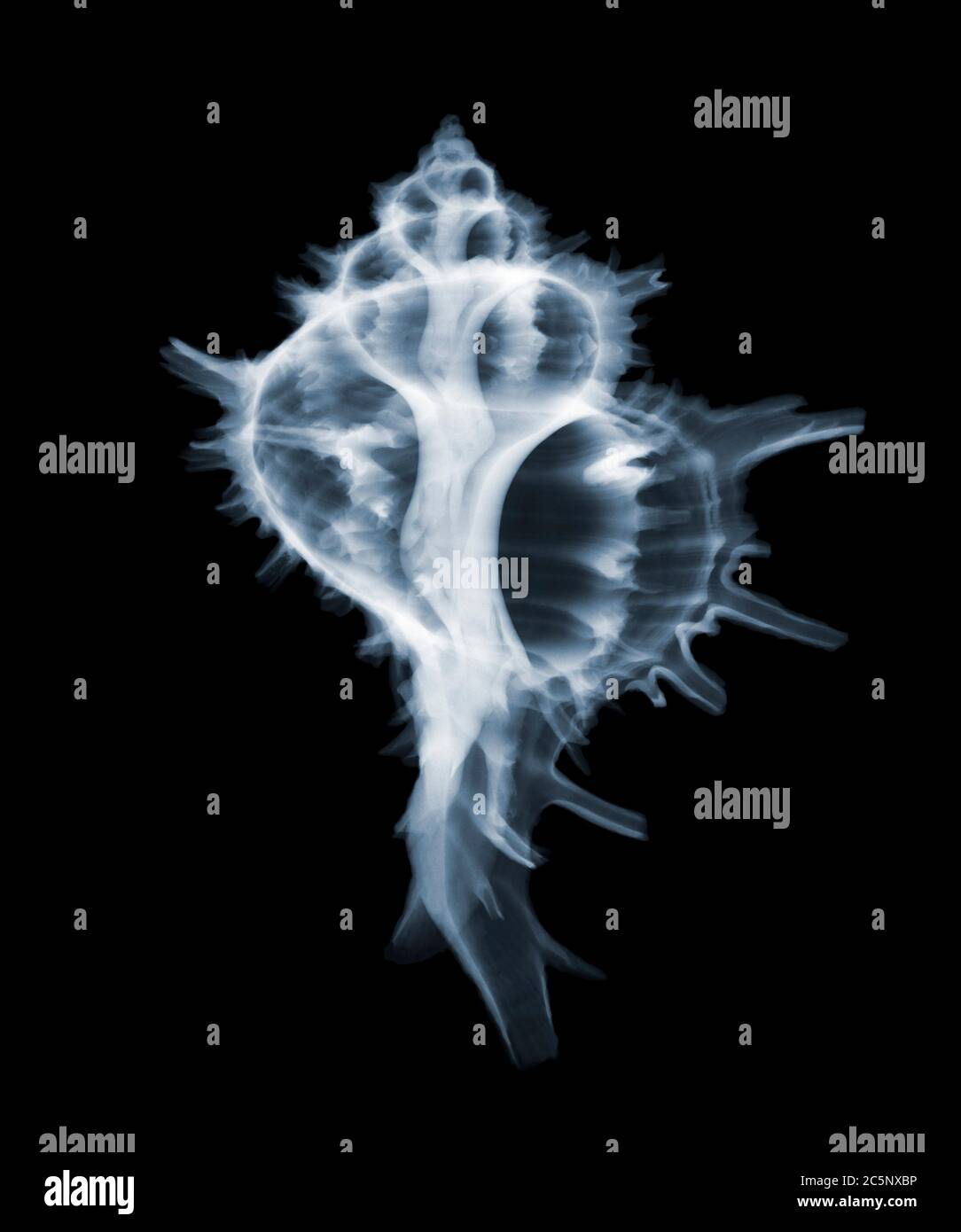 Sea snail shell (Haustellum brandaris), coloured X-ray. Stock Photohttps://www.alamy.com/image-license-details/?v=1https://www.alamy.com/sea-snail-shell-haustellum-brandaris-coloured-x-ray-image364972714.html
Sea snail shell (Haustellum brandaris), coloured X-ray. Stock Photohttps://www.alamy.com/image-license-details/?v=1https://www.alamy.com/sea-snail-shell-haustellum-brandaris-coloured-x-ray-image364972714.htmlRF2C5NXBP–Sea snail shell (Haustellum brandaris), coloured X-ray.
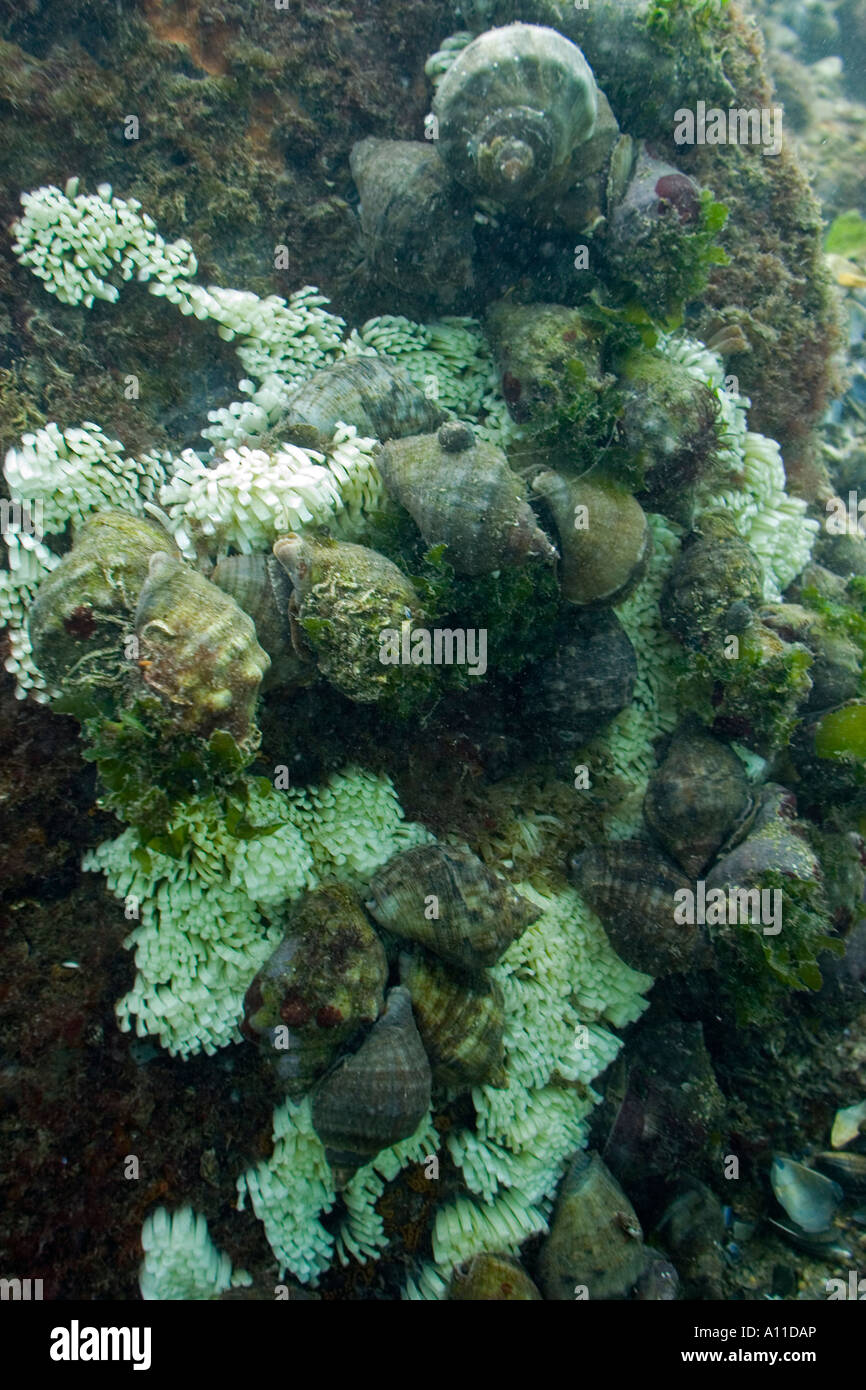 Red-mouthed rock shells setting down their eggs (France). Ovarques bouche de sang déposant leurs oeufs (France). Stock Photohttps://www.alamy.com/image-license-details/?v=1https://www.alamy.com/stock-photo-red-mouthed-rock-shells-setting-down-their-eggs-france-ovarques-bouche-10111821.html
Red-mouthed rock shells setting down their eggs (France). Ovarques bouche de sang déposant leurs oeufs (France). Stock Photohttps://www.alamy.com/image-license-details/?v=1https://www.alamy.com/stock-photo-red-mouthed-rock-shells-setting-down-their-eggs-france-ovarques-bouche-10111821.htmlRMA11DAP–Red-mouthed rock shells setting down their eggs (France). Ovarques bouche de sang déposant leurs oeufs (France).
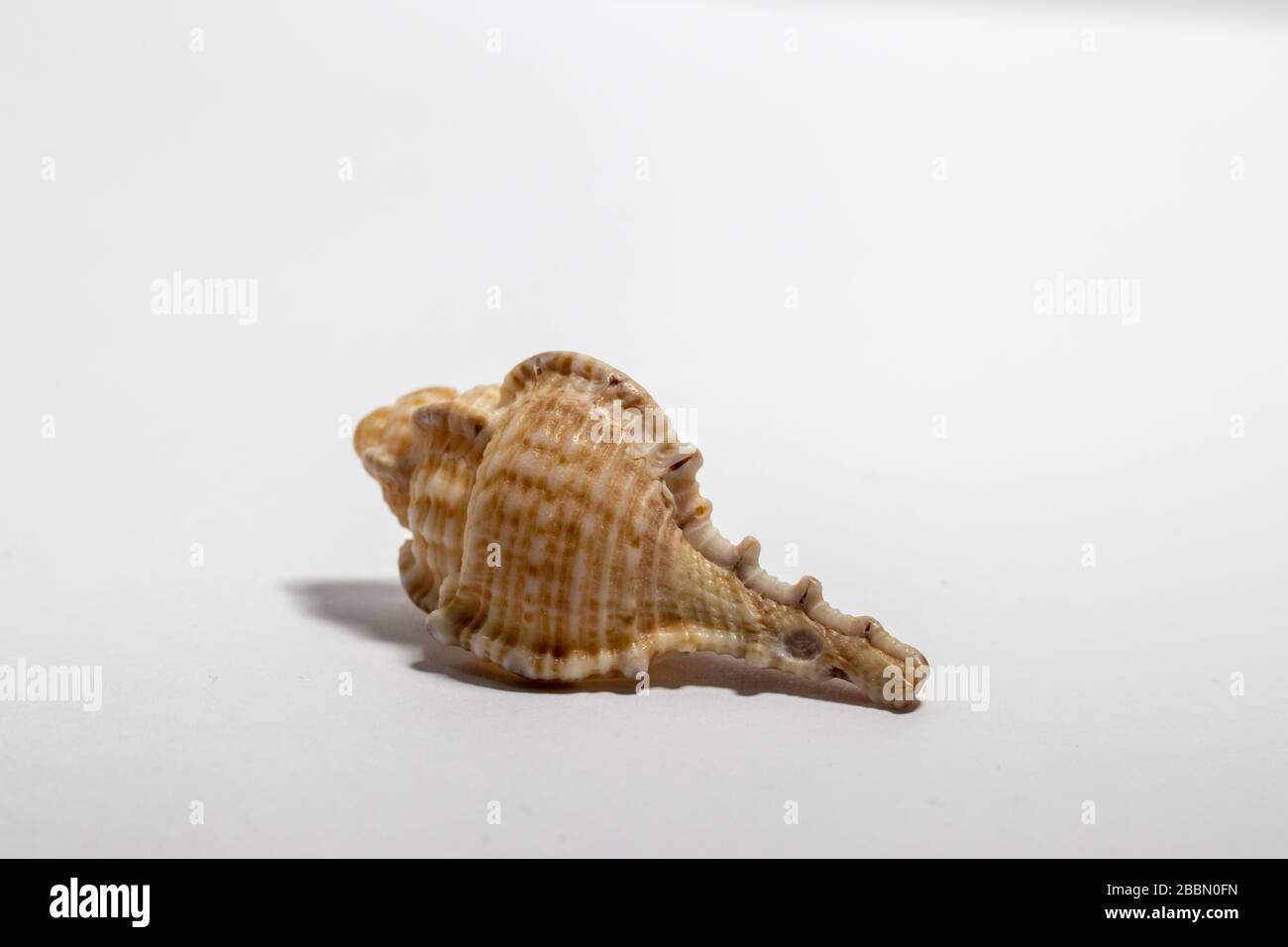 Close-up of a shell of Bolinus brandaris, white background Stock Photohttps://www.alamy.com/image-license-details/?v=1https://www.alamy.com/close-up-of-a-shell-of-bolinus-brandaris-white-background-image351430009.html
Close-up of a shell of Bolinus brandaris, white background Stock Photohttps://www.alamy.com/image-license-details/?v=1https://www.alamy.com/close-up-of-a-shell-of-bolinus-brandaris-white-background-image351430009.htmlRF2BBN0FN–Close-up of a shell of Bolinus brandaris, white background
 Single fresh raw Italian spiny dye-murex Stock Photohttps://www.alamy.com/image-license-details/?v=1https://www.alamy.com/stock-photo-single-fresh-raw-italian-spiny-dye-murex-93778037.html
Single fresh raw Italian spiny dye-murex Stock Photohttps://www.alamy.com/image-license-details/?v=1https://www.alamy.com/stock-photo-single-fresh-raw-italian-spiny-dye-murex-93778037.htmlRFFCFXRH–Single fresh raw Italian spiny dye-murex
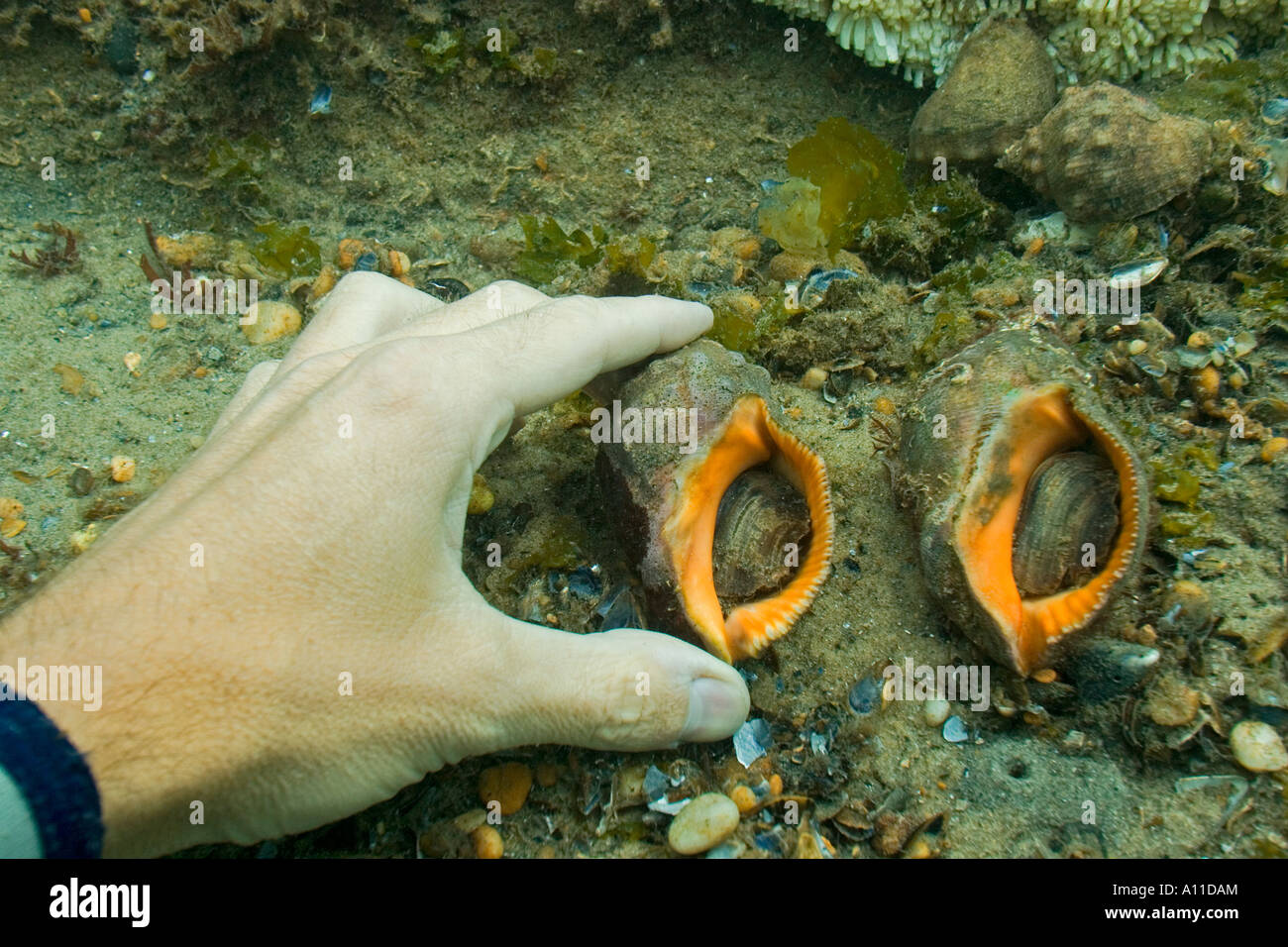 Red-mouthed rock shells (Thais haemastoma). Atlantic coast-France. Orvaques bouche de sang (France). Stock Photohttps://www.alamy.com/image-license-details/?v=1https://www.alamy.com/stock-photo-red-mouthed-rock-shells-thais-haemastoma-atlantic-coast-france-orvaques-10111819.html
Red-mouthed rock shells (Thais haemastoma). Atlantic coast-France. Orvaques bouche de sang (France). Stock Photohttps://www.alamy.com/image-license-details/?v=1https://www.alamy.com/stock-photo-red-mouthed-rock-shells-thais-haemastoma-atlantic-coast-france-orvaques-10111819.htmlRMA11DAM–Red-mouthed rock shells (Thais haemastoma). Atlantic coast-France. Orvaques bouche de sang (France).
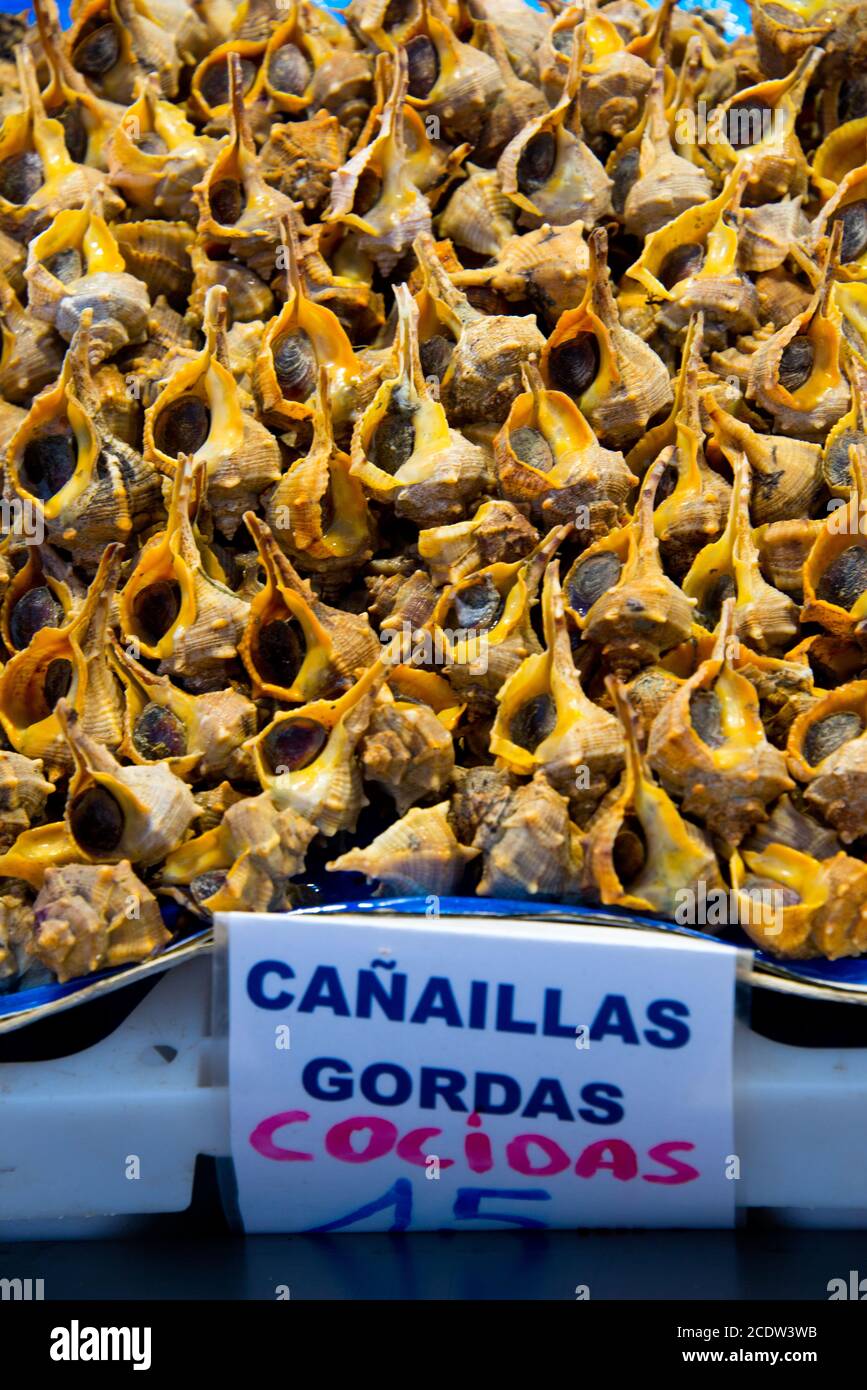 Bolinus brandaris sea snails on market Stock Photohttps://www.alamy.com/image-license-details/?v=1https://www.alamy.com/bolinus-brandaris-sea-snails-on-market-image369960119.html
Bolinus brandaris sea snails on market Stock Photohttps://www.alamy.com/image-license-details/?v=1https://www.alamy.com/bolinus-brandaris-sea-snails-on-market-image369960119.htmlRM2CDW3WB–Bolinus brandaris sea snails on market
 Purple Dye Murex (Bolinus brandaris) Stock Photohttps://www.alamy.com/image-license-details/?v=1https://www.alamy.com/purple-dye-murex-bolinus-brandaris-image632733747.html
Purple Dye Murex (Bolinus brandaris) Stock Photohttps://www.alamy.com/image-license-details/?v=1https://www.alamy.com/purple-dye-murex-bolinus-brandaris-image632733747.htmlRM2YNBE9R–Purple Dye Murex (Bolinus brandaris)
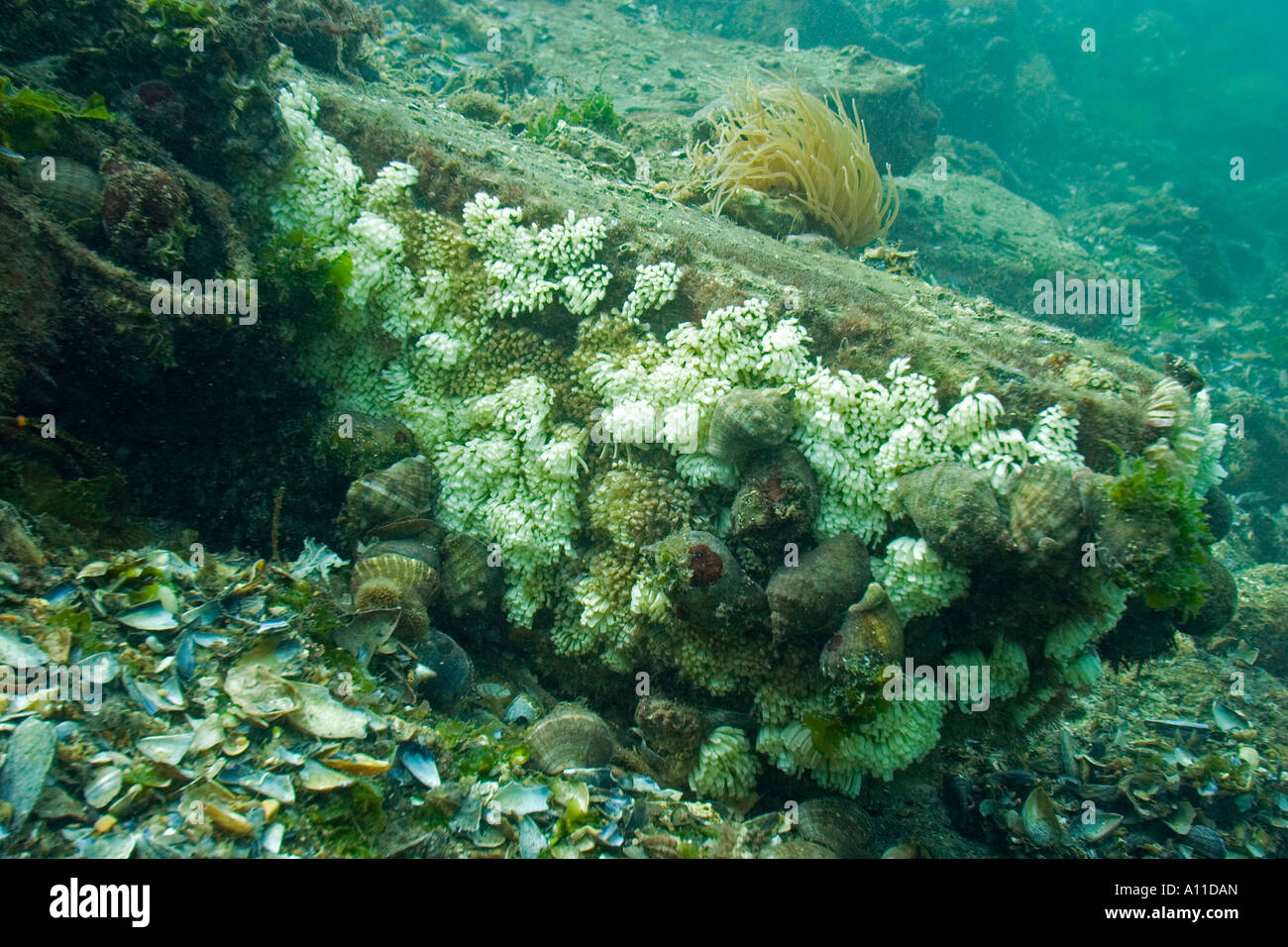 Red-mouthed rock shells setting down their eggs (France). Ovarques bouche de sang déposant leurs oeufs (France). Stock Photohttps://www.alamy.com/image-license-details/?v=1https://www.alamy.com/stock-photo-red-mouthed-rock-shells-setting-down-their-eggs-france-ovarques-bouche-10111820.html
Red-mouthed rock shells setting down their eggs (France). Ovarques bouche de sang déposant leurs oeufs (France). Stock Photohttps://www.alamy.com/image-license-details/?v=1https://www.alamy.com/stock-photo-red-mouthed-rock-shells-setting-down-their-eggs-france-ovarques-bouche-10111820.htmlRMA11DAN–Red-mouthed rock shells setting down their eggs (France). Ovarques bouche de sang déposant leurs oeufs (France).
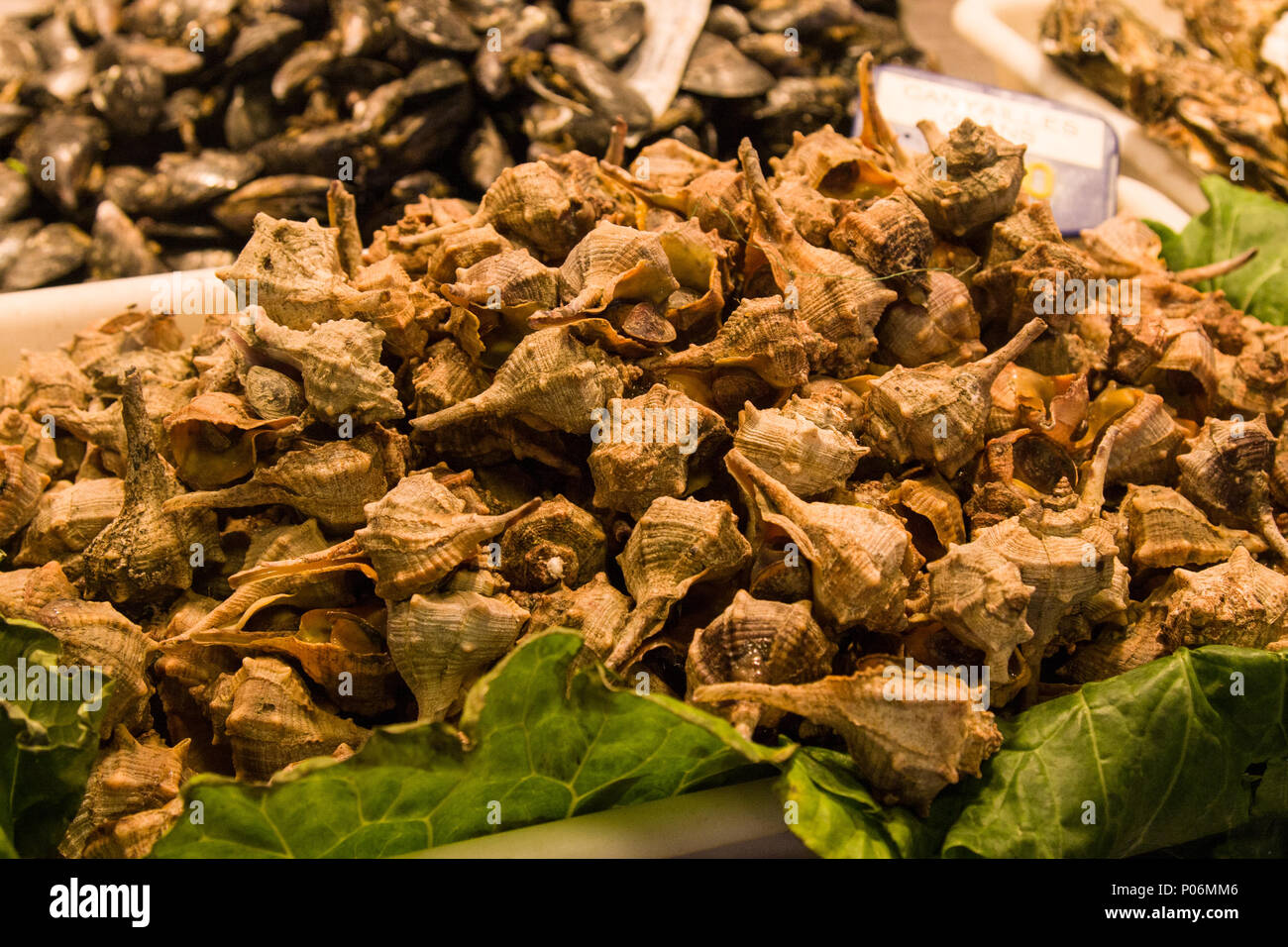 Shells (Bolinus brandaris) on ice at the Boqueria market, Barcelona, Catalonia, Spain Stock Photohttps://www.alamy.com/image-license-details/?v=1https://www.alamy.com/shells-bolinus-brandaris-on-ice-at-the-boqueria-market-barcelona-catalonia-spain-image206672374.html
Shells (Bolinus brandaris) on ice at the Boqueria market, Barcelona, Catalonia, Spain Stock Photohttps://www.alamy.com/image-license-details/?v=1https://www.alamy.com/shells-bolinus-brandaris-on-ice-at-the-boqueria-market-barcelona-catalonia-spain-image206672374.htmlRFP06MM6–Shells (Bolinus brandaris) on ice at the Boqueria market, Barcelona, Catalonia, Spain
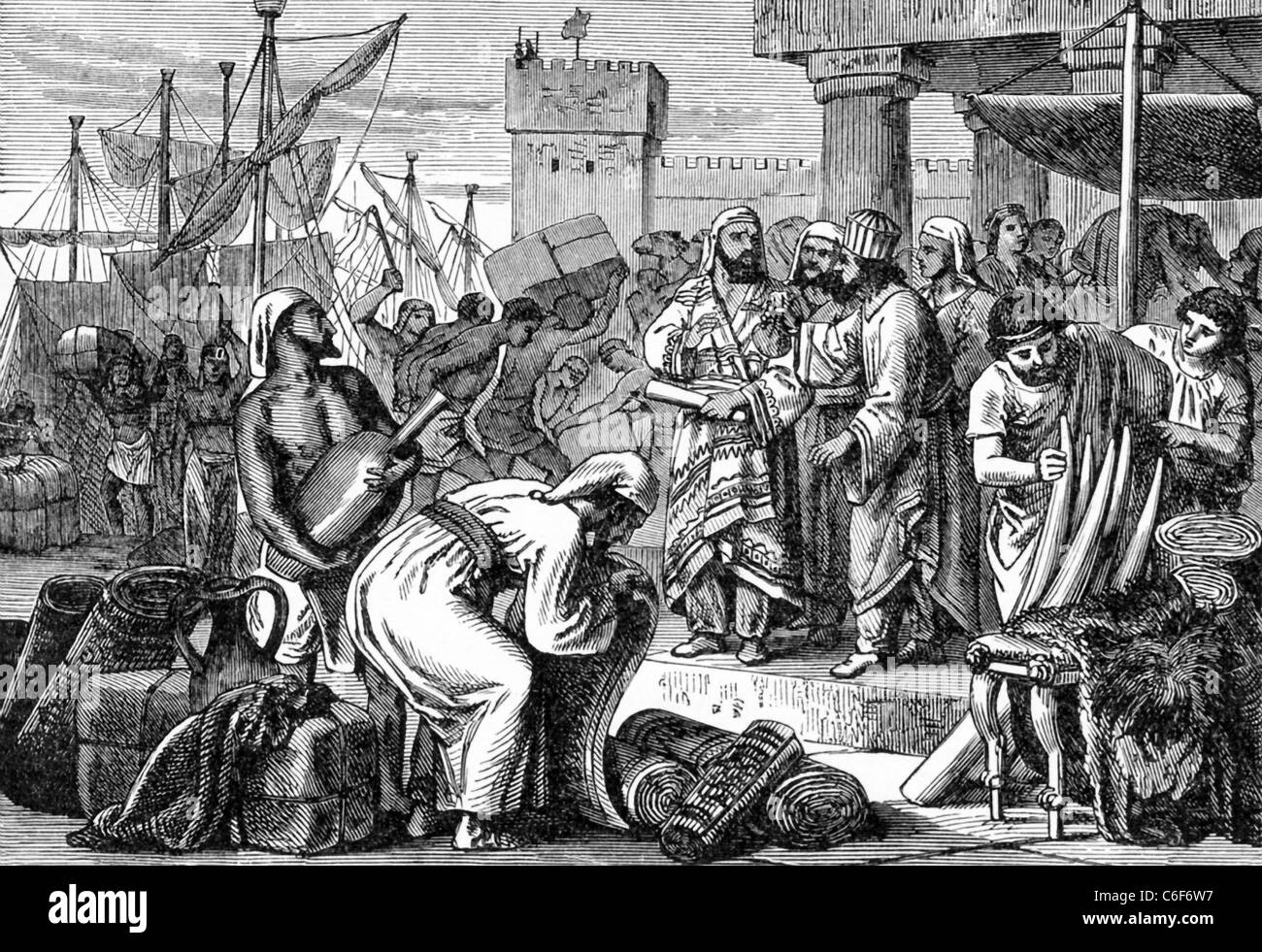 In ancient times, Phoenicia (present-day Lebanon) was known throughout the Mediterranean Sea as a land of traders. Stock Photohttps://www.alamy.com/image-license-details/?v=1https://www.alamy.com/stock-photo-in-ancient-times-phoenicia-present-day-lebanon-was-known-throughout-38443363.html
In ancient times, Phoenicia (present-day Lebanon) was known throughout the Mediterranean Sea as a land of traders. Stock Photohttps://www.alamy.com/image-license-details/?v=1https://www.alamy.com/stock-photo-in-ancient-times-phoenicia-present-day-lebanon-was-known-throughout-38443363.htmlRFC6F6W7–In ancient times, Phoenicia (present-day Lebanon) was known throughout the Mediterranean Sea as a land of traders.
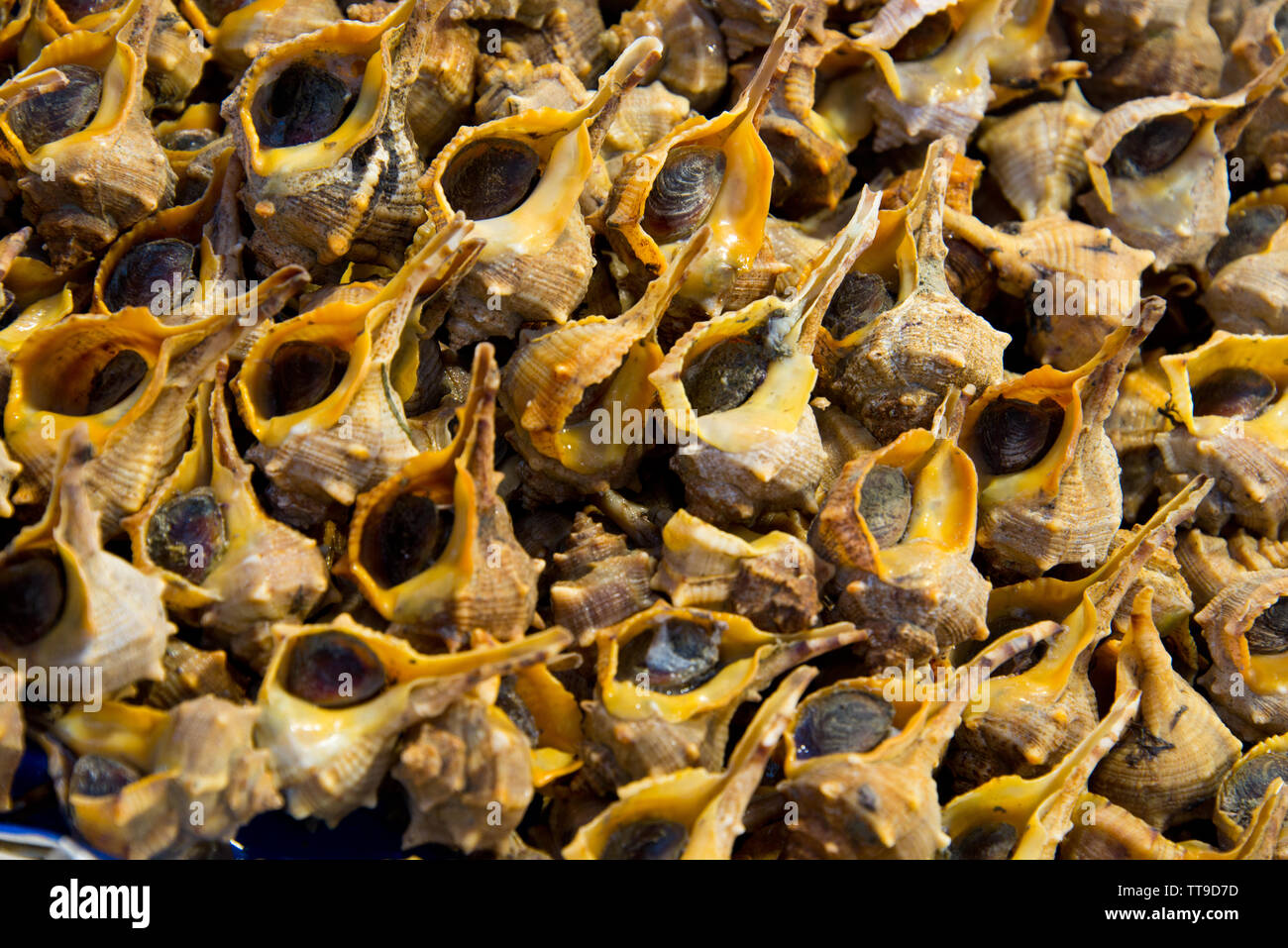 Bolinus brandaris sea snails on market stall in cadiz, andalusia, spain Stock Photohttps://www.alamy.com/image-license-details/?v=1https://www.alamy.com/bolinus-brandaris-sea-snails-on-market-stall-in-cadiz-andalusia-spain-image255904865.html
Bolinus brandaris sea snails on market stall in cadiz, andalusia, spain Stock Photohttps://www.alamy.com/image-license-details/?v=1https://www.alamy.com/bolinus-brandaris-sea-snails-on-market-stall-in-cadiz-andalusia-spain-image255904865.htmlRFTT9D7D–Bolinus brandaris sea snails on market stall in cadiz, andalusia, spain
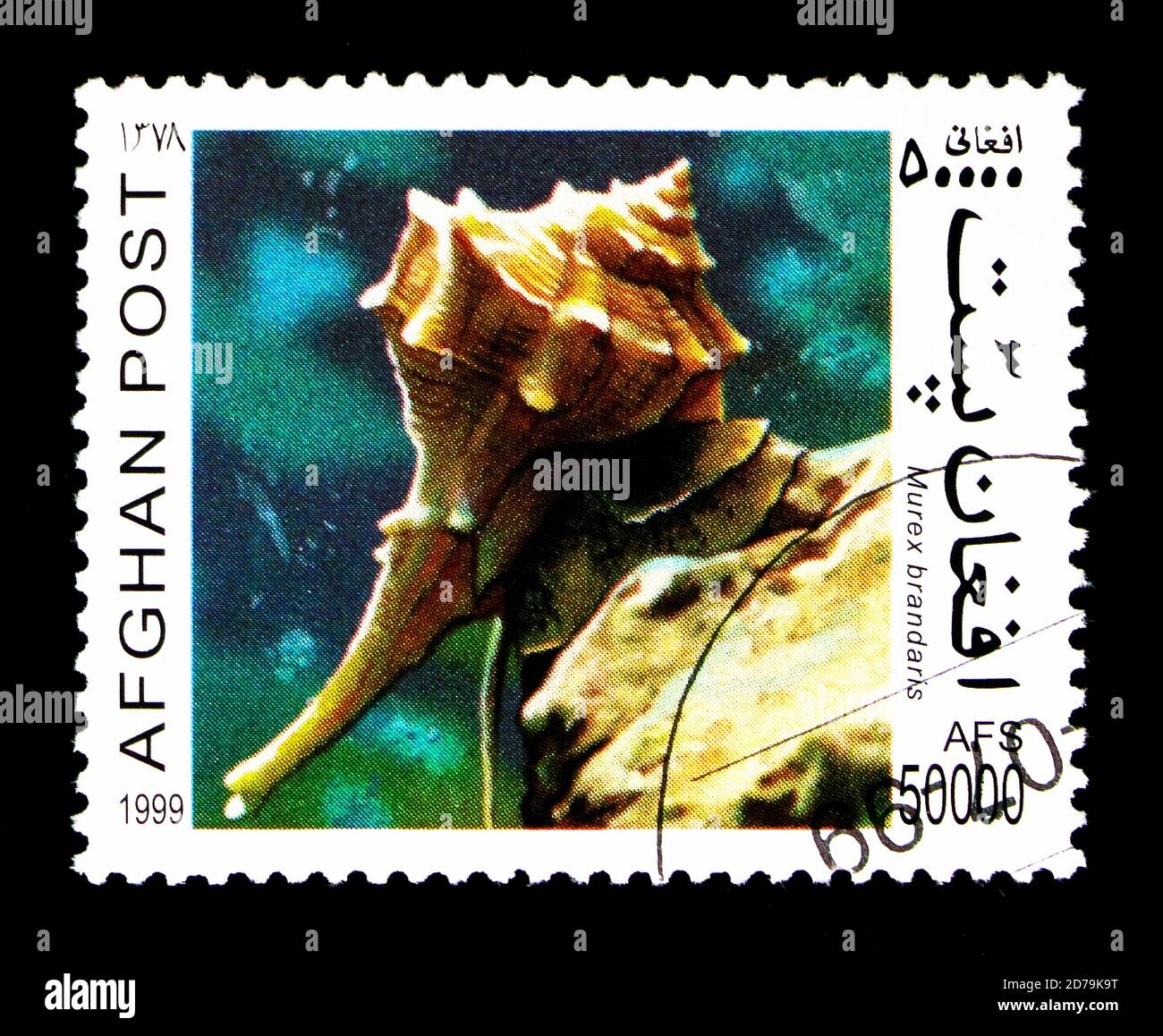 MOSCOW, RUSSIA - DECEMBER 21, 2017: A stamp printed in Afghanistan shows Purple Dye Murex (Murex brandaris), Snails serie, circa 1999 Stock Photohttps://www.alamy.com/image-license-details/?v=1https://www.alamy.com/moscow-russia-december-21-2017-a-stamp-printed-in-afghanistan-shows-purple-dye-murex-murex-brandaris-snails-serie-circa-1999-image383143428.html
MOSCOW, RUSSIA - DECEMBER 21, 2017: A stamp printed in Afghanistan shows Purple Dye Murex (Murex brandaris), Snails serie, circa 1999 Stock Photohttps://www.alamy.com/image-license-details/?v=1https://www.alamy.com/moscow-russia-december-21-2017-a-stamp-printed-in-afghanistan-shows-purple-dye-murex-murex-brandaris-snails-serie-circa-1999-image383143428.htmlRF2D79K9T–MOSCOW, RUSSIA - DECEMBER 21, 2017: A stamp printed in Afghanistan shows Purple Dye Murex (Murex brandaris), Snails serie, circa 1999
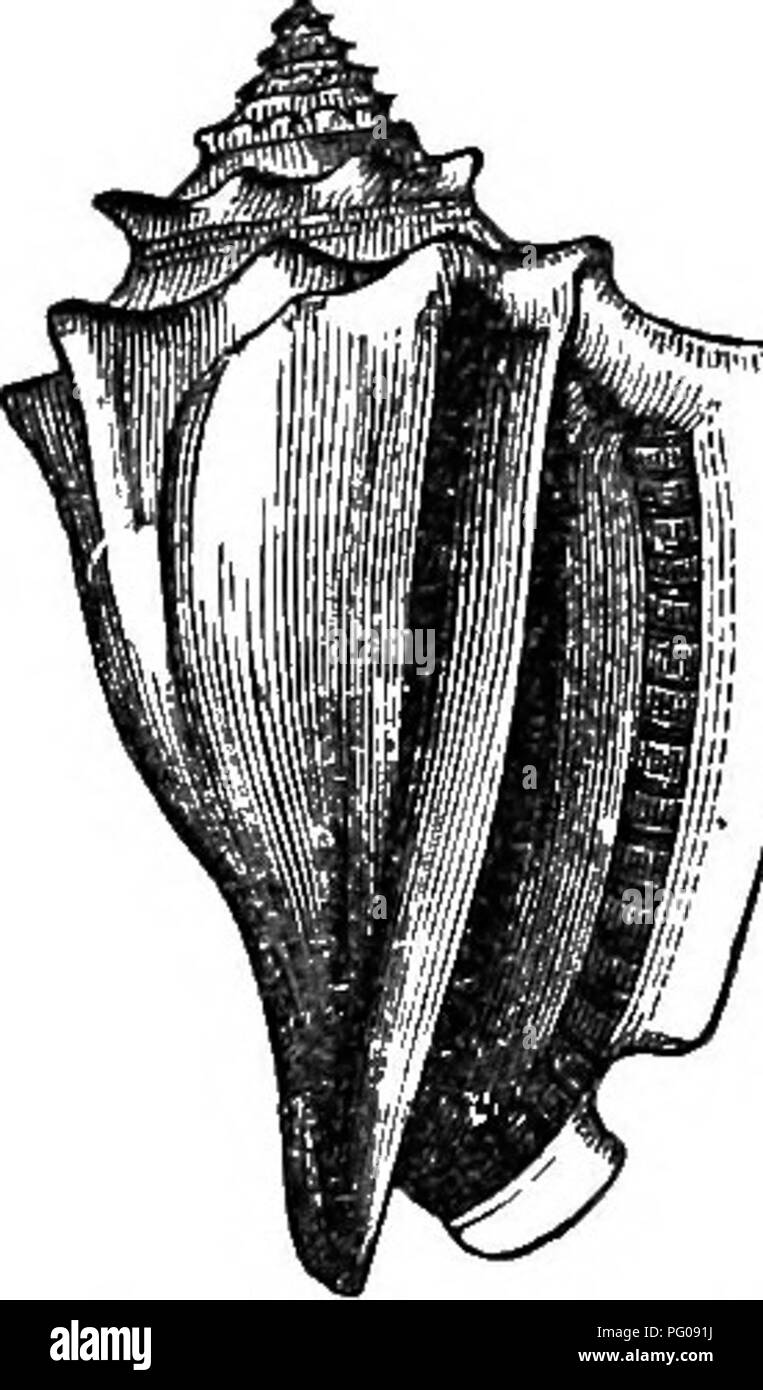 . Natural history of animals. Containing brief descriptions of the animals figured on Tenney's Natural history tablets, but complete without the tablets. Zoology. Fig. 367. — Stromb, or Conch. Much reduced. West Indies. Fig. 366.—Aporrhais. Coast of New England. States, and the Frog Shell of Australia, are some of the principal ones. The ancients obtained the Tyrian purple dye from the Murex gasteropods.. Please note that these images are extracted from scanned page images that may have been digitally enhanced for readability - coloration and appearance of these illustrations may not perfectly Stock Photohttps://www.alamy.com/image-license-details/?v=1https://www.alamy.com/natural-history-of-animals-containing-brief-descriptions-of-the-animals-figured-on-tenneys-natural-history-tablets-but-complete-without-the-tablets-zoology-fig-367-stromb-or-conch-much-reduced-west-indies-fig-366aporrhais-coast-of-new-england-states-and-the-frog-shell-of-australia-are-some-of-the-principal-ones-the-ancients-obtained-the-tyrian-purple-dye-from-the-murex-gasteropods-please-note-that-these-images-are-extracted-from-scanned-page-images-that-may-have-been-digitally-enhanced-for-readability-coloration-and-appearance-of-these-illustrations-may-not-perfectly-image216366014.html
. Natural history of animals. Containing brief descriptions of the animals figured on Tenney's Natural history tablets, but complete without the tablets. Zoology. Fig. 367. — Stromb, or Conch. Much reduced. West Indies. Fig. 366.—Aporrhais. Coast of New England. States, and the Frog Shell of Australia, are some of the principal ones. The ancients obtained the Tyrian purple dye from the Murex gasteropods.. Please note that these images are extracted from scanned page images that may have been digitally enhanced for readability - coloration and appearance of these illustrations may not perfectly Stock Photohttps://www.alamy.com/image-license-details/?v=1https://www.alamy.com/natural-history-of-animals-containing-brief-descriptions-of-the-animals-figured-on-tenneys-natural-history-tablets-but-complete-without-the-tablets-zoology-fig-367-stromb-or-conch-much-reduced-west-indies-fig-366aporrhais-coast-of-new-england-states-and-the-frog-shell-of-australia-are-some-of-the-principal-ones-the-ancients-obtained-the-tyrian-purple-dye-from-the-murex-gasteropods-please-note-that-these-images-are-extracted-from-scanned-page-images-that-may-have-been-digitally-enhanced-for-readability-coloration-and-appearance-of-these-illustrations-may-not-perfectly-image216366014.htmlRMPG091J–. Natural history of animals. Containing brief descriptions of the animals figured on Tenney's Natural history tablets, but complete without the tablets. Zoology. Fig. 367. — Stromb, or Conch. Much reduced. West Indies. Fig. 366.—Aporrhais. Coast of New England. States, and the Frog Shell of Australia, are some of the principal ones. The ancients obtained the Tyrian purple dye from the Murex gasteropods.. Please note that these images are extracted from scanned page images that may have been digitally enhanced for readability - coloration and appearance of these illustrations may not perfectly
 fresh sea snails in a market stall for sell Stock Photohttps://www.alamy.com/image-license-details/?v=1https://www.alamy.com/fresh-sea-snails-in-a-market-stall-for-sell-image475408330.html
fresh sea snails in a market stall for sell Stock Photohttps://www.alamy.com/image-license-details/?v=1https://www.alamy.com/fresh-sea-snails-in-a-market-stall-for-sell-image475408330.htmlRF2JHCM4X–fresh sea snails in a market stall for sell
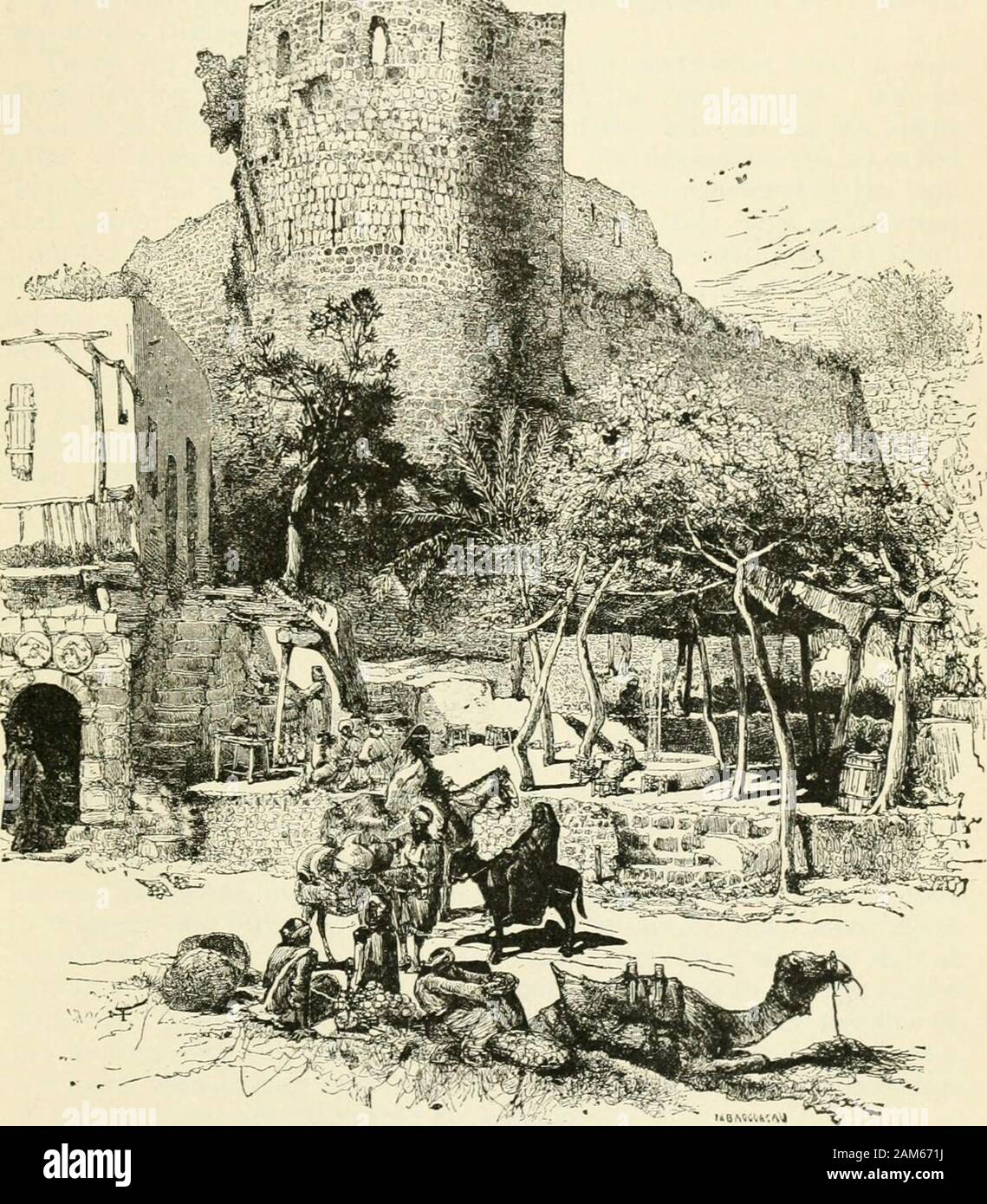 The Holy Land and the Bible; . n, but it is thought that they came into fashion duringthe exile, as a literal compliance with the command to bind the Law,for a sign, upon thine liand, and they shall be as frontlets betweenthine eyes, just as the mezuzah is a fulfilment of the injunction towrite them upon the posts of thy house, and on thy gates.^ Sidon, like Tyre, was famous from the earliest ages for its dye-works, which produced the purple so much esteemed by the ancients.This was obtained from two species of shell-fish of the family knownas murex—shells with rough points outside and a spind Stock Photohttps://www.alamy.com/image-license-details/?v=1https://www.alamy.com/the-holy-land-and-the-bible-n-but-it-is-thought-that-they-came-into-fashion-duringthe-exile-as-a-literal-compliance-with-the-command-to-bind-the-lawfor-a-sign-upon-thine-liand-and-they-shall-be-as-frontlets-betweenthine-eyes-just-as-the-mezuzah-is-a-fulfilment-of-the-injunction-towrite-them-upon-the-posts-of-thy-house-and-on-thy-gates-sidon-like-tyre-was-famous-from-the-earliest-ages-for-its-dye-works-which-produced-the-purple-so-much-esteemed-by-the-ancientsthis-was-obtained-from-two-species-of-shell-fish-of-the-family-knownas-murexshells-with-rough-points-outside-and-a-spind-image339427358.html
The Holy Land and the Bible; . n, but it is thought that they came into fashion duringthe exile, as a literal compliance with the command to bind the Law,for a sign, upon thine liand, and they shall be as frontlets betweenthine eyes, just as the mezuzah is a fulfilment of the injunction towrite them upon the posts of thy house, and on thy gates.^ Sidon, like Tyre, was famous from the earliest ages for its dye-works, which produced the purple so much esteemed by the ancients.This was obtained from two species of shell-fish of the family knownas murex—shells with rough points outside and a spind Stock Photohttps://www.alamy.com/image-license-details/?v=1https://www.alamy.com/the-holy-land-and-the-bible-n-but-it-is-thought-that-they-came-into-fashion-duringthe-exile-as-a-literal-compliance-with-the-command-to-bind-the-lawfor-a-sign-upon-thine-liand-and-they-shall-be-as-frontlets-betweenthine-eyes-just-as-the-mezuzah-is-a-fulfilment-of-the-injunction-towrite-them-upon-the-posts-of-thy-house-and-on-thy-gates-sidon-like-tyre-was-famous-from-the-earliest-ages-for-its-dye-works-which-produced-the-purple-so-much-esteemed-by-the-ancientsthis-was-obtained-from-two-species-of-shell-fish-of-the-family-knownas-murexshells-with-rough-points-outside-and-a-spind-image339427358.htmlRM2AM671J–The Holy Land and the Bible; . n, but it is thought that they came into fashion duringthe exile, as a literal compliance with the command to bind the Law,for a sign, upon thine liand, and they shall be as frontlets betweenthine eyes, just as the mezuzah is a fulfilment of the injunction towrite them upon the posts of thy house, and on thy gates.^ Sidon, like Tyre, was famous from the earliest ages for its dye-works, which produced the purple so much esteemed by the ancients.This was obtained from two species of shell-fish of the family knownas murex—shells with rough points outside and a spind
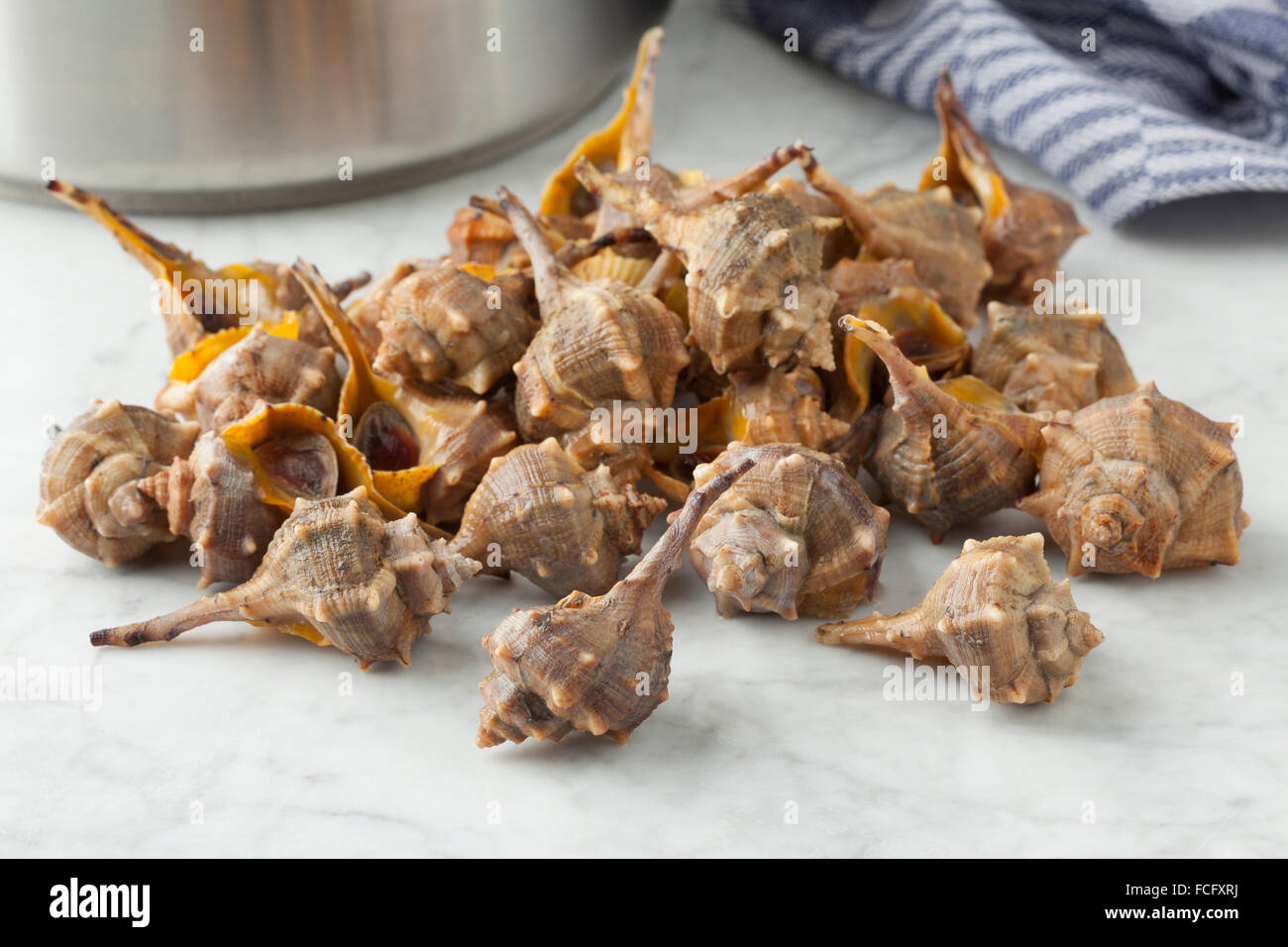 Fresh raw Italian bolinus Brandaris Stock Photohttps://www.alamy.com/image-license-details/?v=1https://www.alamy.com/stock-photo-fresh-raw-italian-bolinus-brandaris-93778038.html
Fresh raw Italian bolinus Brandaris Stock Photohttps://www.alamy.com/image-license-details/?v=1https://www.alamy.com/stock-photo-fresh-raw-italian-bolinus-brandaris-93778038.htmlRFFCFXRJ–Fresh raw Italian bolinus Brandaris
 Purple Dye Murex (Bolinus brandaris) Stock Photohttps://www.alamy.com/image-license-details/?v=1https://www.alamy.com/purple-dye-murex-bolinus-brandaris-image632732110.html
Purple Dye Murex (Bolinus brandaris) Stock Photohttps://www.alamy.com/image-license-details/?v=1https://www.alamy.com/purple-dye-murex-bolinus-brandaris-image632732110.htmlRM2YNBC7A–Purple Dye Murex (Bolinus brandaris)
 In ancient times, Phoenicia (present-day Lebanon) was known throughout the Mediterranean Sea as a land of traders. Stock Photohttps://www.alamy.com/image-license-details/?v=1https://www.alamy.com/stock-photo-in-ancient-times-phoenicia-present-day-lebanon-was-known-throughout-38443352.html
In ancient times, Phoenicia (present-day Lebanon) was known throughout the Mediterranean Sea as a land of traders. Stock Photohttps://www.alamy.com/image-license-details/?v=1https://www.alamy.com/stock-photo-in-ancient-times-phoenicia-present-day-lebanon-was-known-throughout-38443352.htmlRFC6F6TT–In ancient times, Phoenicia (present-day Lebanon) was known throughout the Mediterranean Sea as a land of traders.
 Bolinus brandaris sea snails on market stall in cadiz, andalusia, spain Stock Photohttps://www.alamy.com/image-license-details/?v=1https://www.alamy.com/bolinus-brandaris-sea-snails-on-market-stall-in-cadiz-andalusia-spain-image255904929.html
Bolinus brandaris sea snails on market stall in cadiz, andalusia, spain Stock Photohttps://www.alamy.com/image-license-details/?v=1https://www.alamy.com/bolinus-brandaris-sea-snails-on-market-stall-in-cadiz-andalusia-spain-image255904929.htmlRFTT9D9N–Bolinus brandaris sea snails on market stall in cadiz, andalusia, spain
![The palaces of Crete and their builders . t the Phoenicians invented purpleand carried it about the Mediterranean. This is another error ofthe philologists, who trusted too much to Homer. Odysseusand Telemachus had, like other heroes, a mantle of purple ; andcarpets, leather, and ivory were frequently dyed purple by thewomen of Meonia and Caria. ^ In the villa of Hagia Triada and elsewhere vases have beenfound bearing a design representing a net and shells of the murex,whence was extracted the purple dye. We know from Pliny ^ Iliad, 142 : r/c - iXeipurra yvy)) (poiviKi j-iuiri] M//ojtt Stock Photo The palaces of Crete and their builders . t the Phoenicians invented purpleand carried it about the Mediterranean. This is another error ofthe philologists, who trusted too much to Homer. Odysseusand Telemachus had, like other heroes, a mantle of purple ; andcarpets, leather, and ivory were frequently dyed purple by thewomen of Meonia and Caria. ^ In the villa of Hagia Triada and elsewhere vases have beenfound bearing a design representing a net and shells of the murex,whence was extracted the purple dye. We know from Pliny ^ Iliad, 142 : r/c - iXeipurra yvy)) (poiviKi j-iuiri] M//ojtt Stock Photo](https://c8.alamy.com/comp/2AKXNR3/the-palaces-of-crete-and-their-builders-t-the-phoenicians-invented-purpleand-carried-it-about-the-mediterranean-this-is-another-error-ofthe-philologists-who-trusted-too-much-to-homer-odysseusand-telemachus-had-like-other-heroes-a-mantle-of-purple-andcarpets-leather-and-ivory-were-frequently-dyed-purple-by-thewomen-of-meonia-and-caria-in-the-villa-of-hagia-triada-and-elsewhere-vases-have-beenfound-bearing-a-design-representing-a-net-and-shells-of-the-murexwhence-was-extracted-the-purple-dye-we-know-from-pliny-iliad-142-rc-ixeipurra-yvy-poiviki-j-iuiri-mojtt-2AKXNR3.jpg) The palaces of Crete and their builders . t the Phoenicians invented purpleand carried it about the Mediterranean. This is another error ofthe philologists, who trusted too much to Homer. Odysseusand Telemachus had, like other heroes, a mantle of purple ; andcarpets, leather, and ivory were frequently dyed purple by thewomen of Meonia and Caria. ^ In the villa of Hagia Triada and elsewhere vases have beenfound bearing a design representing a net and shells of the murex,whence was extracted the purple dye. We know from Pliny ^ Iliad, 142 : r/c - iXeipurra yvy)) (poiviKi j-iuiri] M//ojtt Stock Photohttps://www.alamy.com/image-license-details/?v=1https://www.alamy.com/the-palaces-of-crete-and-their-builders-t-the-phoenicians-invented-purpleand-carried-it-about-the-mediterranean-this-is-another-error-ofthe-philologists-who-trusted-too-much-to-homer-odysseusand-telemachus-had-like-other-heroes-a-mantle-of-purple-andcarpets-leather-and-ivory-were-frequently-dyed-purple-by-thewomen-of-meonia-and-caria-in-the-villa-of-hagia-triada-and-elsewhere-vases-have-beenfound-bearing-a-design-representing-a-net-and-shells-of-the-murexwhence-was-extracted-the-purple-dye-we-know-from-pliny-iliad-142-rc-ixeipurra-yvy-poiviki-j-iuiri-mojtt-image339263319.html
The palaces of Crete and their builders . t the Phoenicians invented purpleand carried it about the Mediterranean. This is another error ofthe philologists, who trusted too much to Homer. Odysseusand Telemachus had, like other heroes, a mantle of purple ; andcarpets, leather, and ivory were frequently dyed purple by thewomen of Meonia and Caria. ^ In the villa of Hagia Triada and elsewhere vases have beenfound bearing a design representing a net and shells of the murex,whence was extracted the purple dye. We know from Pliny ^ Iliad, 142 : r/c - iXeipurra yvy)) (poiviKi j-iuiri] M//ojtt Stock Photohttps://www.alamy.com/image-license-details/?v=1https://www.alamy.com/the-palaces-of-crete-and-their-builders-t-the-phoenicians-invented-purpleand-carried-it-about-the-mediterranean-this-is-another-error-ofthe-philologists-who-trusted-too-much-to-homer-odysseusand-telemachus-had-like-other-heroes-a-mantle-of-purple-andcarpets-leather-and-ivory-were-frequently-dyed-purple-by-thewomen-of-meonia-and-caria-in-the-villa-of-hagia-triada-and-elsewhere-vases-have-beenfound-bearing-a-design-representing-a-net-and-shells-of-the-murexwhence-was-extracted-the-purple-dye-we-know-from-pliny-iliad-142-rc-ixeipurra-yvy-poiviki-j-iuiri-mojtt-image339263319.htmlRM2AKXNR3–The palaces of Crete and their builders . t the Phoenicians invented purpleand carried it about the Mediterranean. This is another error ofthe philologists, who trusted too much to Homer. Odysseusand Telemachus had, like other heroes, a mantle of purple ; andcarpets, leather, and ivory were frequently dyed purple by thewomen of Meonia and Caria. ^ In the villa of Hagia Triada and elsewhere vases have beenfound bearing a design representing a net and shells of the murex,whence was extracted the purple dye. We know from Pliny ^ Iliad, 142 : r/c - iXeipurra yvy)) (poiviKi j-iuiri] M//ojtt
 Single fresh raw Italian bolinus Brandaris Stock Photohttps://www.alamy.com/image-license-details/?v=1https://www.alamy.com/stock-photo-single-fresh-raw-italian-bolinus-brandaris-93778033.html
Single fresh raw Italian bolinus Brandaris Stock Photohttps://www.alamy.com/image-license-details/?v=1https://www.alamy.com/stock-photo-single-fresh-raw-italian-bolinus-brandaris-93778033.htmlRFFCFXRD–Single fresh raw Italian bolinus Brandaris
 Purple Dye Murex (Bolinus brandaris) Stock Photohttps://www.alamy.com/image-license-details/?v=1https://www.alamy.com/purple-dye-murex-bolinus-brandaris-image632752221.html
Purple Dye Murex (Bolinus brandaris) Stock Photohttps://www.alamy.com/image-license-details/?v=1https://www.alamy.com/purple-dye-murex-bolinus-brandaris-image632752221.htmlRM2YNC9WH–Purple Dye Murex (Bolinus brandaris)
 . The eastern nations and Greece. e Mediterranean Sea andthe ranges of Mount Lebanon.^ One of themost noted productions of the countr)^ wasthe fine fir timber cut from the forests thatcrowned the lofty ranges of the LebanonMountains. The cedars of Lebanonhold a prominent place both in the historyand in the poetry of the East. Another celebrated product of the countrywas a purple dye, which was obtained fromseveral varieties of the murex, a species ofshellfish, secured at first along the Phoeniciancoast, but later sought in distant waters, especially in the Grecian seas. The Phoenicians were of Stock Photohttps://www.alamy.com/image-license-details/?v=1https://www.alamy.com/the-eastern-nations-and-greece-e-mediterranean-sea-andthe-ranges-of-mount-lebanon-one-of-themost-noted-productions-of-the-countr-wasthe-fine-fir-timber-cut-from-the-forests-thatcrowned-the-lofty-ranges-of-the-lebanonmountains-the-cedars-of-lebanonhold-a-prominent-place-both-in-the-historyand-in-the-poetry-of-the-east-another-celebrated-product-of-the-countrywas-a-purple-dye-which-was-obtained-fromseveral-varieties-of-the-murex-a-species-ofshellfish-secured-at-first-along-the-phoeniciancoast-but-later-sought-in-distant-waters-especially-in-the-grecian-seas-the-phoenicians-were-of-image370316407.html
. The eastern nations and Greece. e Mediterranean Sea andthe ranges of Mount Lebanon.^ One of themost noted productions of the countr)^ wasthe fine fir timber cut from the forests thatcrowned the lofty ranges of the LebanonMountains. The cedars of Lebanonhold a prominent place both in the historyand in the poetry of the East. Another celebrated product of the countrywas a purple dye, which was obtained fromseveral varieties of the murex, a species ofshellfish, secured at first along the Phoeniciancoast, but later sought in distant waters, especially in the Grecian seas. The Phoenicians were of Stock Photohttps://www.alamy.com/image-license-details/?v=1https://www.alamy.com/the-eastern-nations-and-greece-e-mediterranean-sea-andthe-ranges-of-mount-lebanon-one-of-themost-noted-productions-of-the-countr-wasthe-fine-fir-timber-cut-from-the-forests-thatcrowned-the-lofty-ranges-of-the-lebanonmountains-the-cedars-of-lebanonhold-a-prominent-place-both-in-the-historyand-in-the-poetry-of-the-east-another-celebrated-product-of-the-countrywas-a-purple-dye-which-was-obtained-fromseveral-varieties-of-the-murex-a-species-ofshellfish-secured-at-first-along-the-phoeniciancoast-but-later-sought-in-distant-waters-especially-in-the-grecian-seas-the-phoenicians-were-of-image370316407.htmlRM2CEDA9Y–. The eastern nations and Greece. e Mediterranean Sea andthe ranges of Mount Lebanon.^ One of themost noted productions of the countr)^ wasthe fine fir timber cut from the forests thatcrowned the lofty ranges of the LebanonMountains. The cedars of Lebanonhold a prominent place both in the historyand in the poetry of the East. Another celebrated product of the countrywas a purple dye, which was obtained fromseveral varieties of the murex, a species ofshellfish, secured at first along the Phoeniciancoast, but later sought in distant waters, especially in the Grecian seas. The Phoenicians were of
 Single fresh raw Italian bolinus Brandaris Stock Photohttps://www.alamy.com/image-license-details/?v=1https://www.alamy.com/stock-photo-single-fresh-raw-italian-bolinus-brandaris-93778032.html
Single fresh raw Italian bolinus Brandaris Stock Photohttps://www.alamy.com/image-license-details/?v=1https://www.alamy.com/stock-photo-single-fresh-raw-italian-bolinus-brandaris-93778032.htmlRFFCFXRC–Single fresh raw Italian bolinus Brandaris
 Single fresh raw Italian bolinus Brandaris Stock Photohttps://www.alamy.com/image-license-details/?v=1https://www.alamy.com/stock-photo-single-fresh-raw-italian-bolinus-brandaris-100601256.html
Single fresh raw Italian bolinus Brandaris Stock Photohttps://www.alamy.com/image-license-details/?v=1https://www.alamy.com/stock-photo-single-fresh-raw-italian-bolinus-brandaris-100601256.htmlRFFRJNX0–Single fresh raw Italian bolinus Brandaris
 Purple Dye Murex (Bolinus brandaris) Stock Photohttps://www.alamy.com/image-license-details/?v=1https://www.alamy.com/purple-dye-murex-bolinus-brandaris-image632733441.html
Purple Dye Murex (Bolinus brandaris) Stock Photohttps://www.alamy.com/image-license-details/?v=1https://www.alamy.com/purple-dye-murex-bolinus-brandaris-image632733441.htmlRM2YNBDXW–Purple Dye Murex (Bolinus brandaris)
 . The land and the Book; or, Biblical illustrations drawn from the manners and customs, the scenes and scenery of the Holy Land . an purple was obtained ? That variety of the Murex from which this dye was pro-cured is found all along this coast, but it abounds mostaround the Bay of Acre. So, also, the Helix Janthina, fromwhich a blue, with a delicate purple or lilac tinge may beextracted, is equally abundant. After a storm in winteryou may gather thousands of them from the sandy beachsouth of Sidon. They are so extremely fragile that thewaves soon grind them to dust. A kind of Buccinum isfound Stock Photohttps://www.alamy.com/image-license-details/?v=1https://www.alamy.com/the-land-and-the-book-or-biblical-illustrations-drawn-from-the-manners-and-customs-the-scenes-and-scenery-of-the-holy-land-an-purple-was-obtained-that-variety-of-the-murex-from-which-this-dye-was-pro-cured-is-found-all-along-this-coast-but-it-abounds-mostaround-the-bay-of-acre-so-also-the-helix-janthina-fromwhich-a-blue-with-a-delicate-purple-or-lilac-tinge-may-beextracted-is-equally-abundant-after-a-storm-in-winteryou-may-gather-thousands-of-them-from-the-sandy-beachsouth-of-sidon-they-are-so-extremely-fragile-that-thewaves-soon-grind-them-to-dust-a-kind-of-buccinum-isfound-image371652942.html
. The land and the Book; or, Biblical illustrations drawn from the manners and customs, the scenes and scenery of the Holy Land . an purple was obtained ? That variety of the Murex from which this dye was pro-cured is found all along this coast, but it abounds mostaround the Bay of Acre. So, also, the Helix Janthina, fromwhich a blue, with a delicate purple or lilac tinge may beextracted, is equally abundant. After a storm in winteryou may gather thousands of them from the sandy beachsouth of Sidon. They are so extremely fragile that thewaves soon grind them to dust. A kind of Buccinum isfound Stock Photohttps://www.alamy.com/image-license-details/?v=1https://www.alamy.com/the-land-and-the-book-or-biblical-illustrations-drawn-from-the-manners-and-customs-the-scenes-and-scenery-of-the-holy-land-an-purple-was-obtained-that-variety-of-the-murex-from-which-this-dye-was-pro-cured-is-found-all-along-this-coast-but-it-abounds-mostaround-the-bay-of-acre-so-also-the-helix-janthina-fromwhich-a-blue-with-a-delicate-purple-or-lilac-tinge-may-beextracted-is-equally-abundant-after-a-storm-in-winteryou-may-gather-thousands-of-them-from-the-sandy-beachsouth-of-sidon-they-are-so-extremely-fragile-that-thewaves-soon-grind-them-to-dust-a-kind-of-buccinum-isfound-image371652942.htmlRM2CGJ73A–. The land and the Book; or, Biblical illustrations drawn from the manners and customs, the scenes and scenery of the Holy Land . an purple was obtained ? That variety of the Murex from which this dye was pro-cured is found all along this coast, but it abounds mostaround the Bay of Acre. So, also, the Helix Janthina, fromwhich a blue, with a delicate purple or lilac tinge may beextracted, is equally abundant. After a storm in winteryou may gather thousands of them from the sandy beachsouth of Sidon. They are so extremely fragile that thewaves soon grind them to dust. A kind of Buccinum isfound
 Purple Dye Murex (Bolinus brandaris) Mollusca Stock Photohttps://www.alamy.com/image-license-details/?v=1https://www.alamy.com/purple-dye-murex-bolinus-brandaris-mollusca-image618152605.html
Purple Dye Murex (Bolinus brandaris) Mollusca Stock Photohttps://www.alamy.com/image-license-details/?v=1https://www.alamy.com/purple-dye-murex-bolinus-brandaris-mollusca-image618152605.htmlRM2XWK7XN–Purple Dye Murex (Bolinus brandaris) Mollusca
 . West American shells; a description in familiar terms of the principal marine, fresh water and land mollusks of the United States found west of the Rocky Mountains, including those of British Columbia and Alaska ... f a purple colorthemselves, but because in olden times a purpledye was prepared from the bodies of similar mol-lusks. This was especially true of a small Murex,M. trunculus, that lives in the Mediterranean Sea,and the inhabitants of ancient Tyre were peculi-arly skilful in preparing the rich Tyrian dye.Most of our Purples prefer to live where theywill get frequent changes, for th Stock Photohttps://www.alamy.com/image-license-details/?v=1https://www.alamy.com/west-american-shells-a-description-in-familiar-terms-of-the-principal-marine-fresh-water-and-land-mollusks-of-the-united-states-found-west-of-the-rocky-mountains-including-those-of-british-columbia-and-alaska-f-a-purple-colorthemselves-but-because-in-olden-times-a-purpledye-was-prepared-from-the-bodies-of-similar-mol-lusks-this-was-especially-true-of-a-small-murexm-trunculus-that-lives-in-the-mediterranean-seaand-the-inhabitants-of-ancient-tyre-were-peculi-arly-skilful-in-preparing-the-rich-tyrian-dyemost-of-our-purples-prefer-to-live-where-theywill-get-frequent-changes-for-th-image370484526.html
. West American shells; a description in familiar terms of the principal marine, fresh water and land mollusks of the United States found west of the Rocky Mountains, including those of British Columbia and Alaska ... f a purple colorthemselves, but because in olden times a purpledye was prepared from the bodies of similar mol-lusks. This was especially true of a small Murex,M. trunculus, that lives in the Mediterranean Sea,and the inhabitants of ancient Tyre were peculi-arly skilful in preparing the rich Tyrian dye.Most of our Purples prefer to live where theywill get frequent changes, for th Stock Photohttps://www.alamy.com/image-license-details/?v=1https://www.alamy.com/west-american-shells-a-description-in-familiar-terms-of-the-principal-marine-fresh-water-and-land-mollusks-of-the-united-states-found-west-of-the-rocky-mountains-including-those-of-british-columbia-and-alaska-f-a-purple-colorthemselves-but-because-in-olden-times-a-purpledye-was-prepared-from-the-bodies-of-similar-mol-lusks-this-was-especially-true-of-a-small-murexm-trunculus-that-lives-in-the-mediterranean-seaand-the-inhabitants-of-ancient-tyre-were-peculi-arly-skilful-in-preparing-the-rich-tyrian-dyemost-of-our-purples-prefer-to-live-where-theywill-get-frequent-changes-for-th-image370484526.htmlRM2CEN0P6–. West American shells; a description in familiar terms of the principal marine, fresh water and land mollusks of the United States found west of the Rocky Mountains, including those of British Columbia and Alaska ... f a purple colorthemselves, but because in olden times a purpledye was prepared from the bodies of similar mol-lusks. This was especially true of a small Murex,M. trunculus, that lives in the Mediterranean Sea,and the inhabitants of ancient Tyre were peculi-arly skilful in preparing the rich Tyrian dye.Most of our Purples prefer to live where theywill get frequent changes, for th
 Purple Dye Murex (Bolinus brandaris) Mollusca Stock Photohttps://www.alamy.com/image-license-details/?v=1https://www.alamy.com/purple-dye-murex-bolinus-brandaris-mollusca-image618171639.html
Purple Dye Murex (Bolinus brandaris) Mollusca Stock Photohttps://www.alamy.com/image-license-details/?v=1https://www.alamy.com/purple-dye-murex-bolinus-brandaris-mollusca-image618171639.htmlRM2XWM46F–Purple Dye Murex (Bolinus brandaris) Mollusca
![. Natural history of animals;. Zoology. WATER-BKEATIilXG SNAILS. :i3 the Pyrula and Tritonium of the coast of the United States, and the Frog Shell of yustralia, are some of the principal ones. The ancients obtained the Tyrian purple dye from the Murex Gastropods.. Please note that these images are extracted from scanned page images that may have been digitally enhanced for readability - coloration and appearance of these illustrations may not perfectly resemble the original work.. Tenney, Sanborn, 1827-1877; Tenney, Abby Amy Gove, 1836-. New York, Cincinnati [etc. ] American book Co Stock Photo . Natural history of animals;. Zoology. WATER-BKEATIilXG SNAILS. :i3 the Pyrula and Tritonium of the coast of the United States, and the Frog Shell of yustralia, are some of the principal ones. The ancients obtained the Tyrian purple dye from the Murex Gastropods.. Please note that these images are extracted from scanned page images that may have been digitally enhanced for readability - coloration and appearance of these illustrations may not perfectly resemble the original work.. Tenney, Sanborn, 1827-1877; Tenney, Abby Amy Gove, 1836-. New York, Cincinnati [etc. ] American book Co Stock Photo](https://c8.alamy.com/comp/RDHN2N/natural-history-of-animals-zoology-water-bkeatiilxg-snails-i3-the-pyrula-and-tritonium-of-the-coast-of-the-united-states-and-the-frog-shell-of-yustralia-are-some-of-the-principal-ones-the-ancients-obtained-the-tyrian-purple-dye-from-the-murex-gastropods-please-note-that-these-images-are-extracted-from-scanned-page-images-that-may-have-been-digitally-enhanced-for-readability-coloration-and-appearance-of-these-illustrations-may-not-perfectly-resemble-the-original-work-tenney-sanborn-1827-1877-tenney-abby-amy-gove-1836-new-york-cincinnati-etc-american-book-co-RDHN2N.jpg) . Natural history of animals;. Zoology. WATER-BKEATIilXG SNAILS. :i3 the Pyrula and Tritonium of the coast of the United States, and the Frog Shell of yustralia, are some of the principal ones. The ancients obtained the Tyrian purple dye from the Murex Gastropods.. Please note that these images are extracted from scanned page images that may have been digitally enhanced for readability - coloration and appearance of these illustrations may not perfectly resemble the original work.. Tenney, Sanborn, 1827-1877; Tenney, Abby Amy Gove, 1836-. New York, Cincinnati [etc. ] American book Co Stock Photohttps://www.alamy.com/image-license-details/?v=1https://www.alamy.com/natural-history-of-animals-zoology-water-bkeatiilxg-snails-i3-the-pyrula-and-tritonium-of-the-coast-of-the-united-states-and-the-frog-shell-of-yustralia-are-some-of-the-principal-ones-the-ancients-obtained-the-tyrian-purple-dye-from-the-murex-gastropods-please-note-that-these-images-are-extracted-from-scanned-page-images-that-may-have-been-digitally-enhanced-for-readability-coloration-and-appearance-of-these-illustrations-may-not-perfectly-resemble-the-original-work-tenney-sanborn-1827-1877-tenney-abby-amy-gove-1836-new-york-cincinnati-etc-american-book-co-image232115037.html
. Natural history of animals;. Zoology. WATER-BKEATIilXG SNAILS. :i3 the Pyrula and Tritonium of the coast of the United States, and the Frog Shell of yustralia, are some of the principal ones. The ancients obtained the Tyrian purple dye from the Murex Gastropods.. Please note that these images are extracted from scanned page images that may have been digitally enhanced for readability - coloration and appearance of these illustrations may not perfectly resemble the original work.. Tenney, Sanborn, 1827-1877; Tenney, Abby Amy Gove, 1836-. New York, Cincinnati [etc. ] American book Co Stock Photohttps://www.alamy.com/image-license-details/?v=1https://www.alamy.com/natural-history-of-animals-zoology-water-bkeatiilxg-snails-i3-the-pyrula-and-tritonium-of-the-coast-of-the-united-states-and-the-frog-shell-of-yustralia-are-some-of-the-principal-ones-the-ancients-obtained-the-tyrian-purple-dye-from-the-murex-gastropods-please-note-that-these-images-are-extracted-from-scanned-page-images-that-may-have-been-digitally-enhanced-for-readability-coloration-and-appearance-of-these-illustrations-may-not-perfectly-resemble-the-original-work-tenney-sanborn-1827-1877-tenney-abby-amy-gove-1836-new-york-cincinnati-etc-american-book-co-image232115037.htmlRMRDHN2N–. Natural history of animals;. Zoology. WATER-BKEATIilXG SNAILS. :i3 the Pyrula and Tritonium of the coast of the United States, and the Frog Shell of yustralia, are some of the principal ones. The ancients obtained the Tyrian purple dye from the Murex Gastropods.. Please note that these images are extracted from scanned page images that may have been digitally enhanced for readability - coloration and appearance of these illustrations may not perfectly resemble the original work.. Tenney, Sanborn, 1827-1877; Tenney, Abby Amy Gove, 1836-. New York, Cincinnati [etc. ] American book Co
 Purple Dye Murex (Bolinus brandaris) Mollusca Stock Photohttps://www.alamy.com/image-license-details/?v=1https://www.alamy.com/purple-dye-murex-bolinus-brandaris-mollusca-image618163222.html
Purple Dye Murex (Bolinus brandaris) Mollusca Stock Photohttps://www.alamy.com/image-license-details/?v=1https://www.alamy.com/purple-dye-murex-bolinus-brandaris-mollusca-image618163222.htmlRM2XWKNDX–Purple Dye Murex (Bolinus brandaris) Mollusca
 . Natural history of animals. Containing brief descriptions of the animals figured on Tenney's Natural history tablets, but complete without the tablets. Zoology. Fig. 367. — Stromb, or Conch. Much reduced. West Indies. Fig. 366.—Aporrhais. Coast of New England. States, and the Frog Shell of Australia, are some of the principal ones. The ancients obtained the Tyrian purple dye from the Murex gasteropods.. Please note that these images are extracted from scanned page images that may have been digitally enhanced for readability - coloration and appearance of these illustrations may not perfectly Stock Photohttps://www.alamy.com/image-license-details/?v=1https://www.alamy.com/natural-history-of-animals-containing-brief-descriptions-of-the-animals-figured-on-tenneys-natural-history-tablets-but-complete-without-the-tablets-zoology-fig-367-stromb-or-conch-much-reduced-west-indies-fig-366aporrhais-coast-of-new-england-states-and-the-frog-shell-of-australia-are-some-of-the-principal-ones-the-ancients-obtained-the-tyrian-purple-dye-from-the-murex-gasteropods-please-note-that-these-images-are-extracted-from-scanned-page-images-that-may-have-been-digitally-enhanced-for-readability-coloration-and-appearance-of-these-illustrations-may-not-perfectly-image232035115.html
. Natural history of animals. Containing brief descriptions of the animals figured on Tenney's Natural history tablets, but complete without the tablets. Zoology. Fig. 367. — Stromb, or Conch. Much reduced. West Indies. Fig. 366.—Aporrhais. Coast of New England. States, and the Frog Shell of Australia, are some of the principal ones. The ancients obtained the Tyrian purple dye from the Murex gasteropods.. Please note that these images are extracted from scanned page images that may have been digitally enhanced for readability - coloration and appearance of these illustrations may not perfectly Stock Photohttps://www.alamy.com/image-license-details/?v=1https://www.alamy.com/natural-history-of-animals-containing-brief-descriptions-of-the-animals-figured-on-tenneys-natural-history-tablets-but-complete-without-the-tablets-zoology-fig-367-stromb-or-conch-much-reduced-west-indies-fig-366aporrhais-coast-of-new-england-states-and-the-frog-shell-of-australia-are-some-of-the-principal-ones-the-ancients-obtained-the-tyrian-purple-dye-from-the-murex-gasteropods-please-note-that-these-images-are-extracted-from-scanned-page-images-that-may-have-been-digitally-enhanced-for-readability-coloration-and-appearance-of-these-illustrations-may-not-perfectly-image232035115.htmlRMRDE34B–. Natural history of animals. Containing brief descriptions of the animals figured on Tenney's Natural history tablets, but complete without the tablets. Zoology. Fig. 367. — Stromb, or Conch. Much reduced. West Indies. Fig. 366.—Aporrhais. Coast of New England. States, and the Frog Shell of Australia, are some of the principal ones. The ancients obtained the Tyrian purple dye from the Murex gasteropods.. Please note that these images are extracted from scanned page images that may have been digitally enhanced for readability - coloration and appearance of these illustrations may not perfectly
 . The biology of marine animals. Marine animals; Physiology, Comparative. PIGMENTS AND COLOURS OH O —C2H5 481 —OH. CHOH—CH3 -OH OH O ECHINOCHROME A OH O SPINOCHROME A Indoles. These include indigoid pigments and melanins, basically sub- stances containing a phenopyrrol nucleus. Indigoid pigments are produced by certain gastropods, and include indigo and the purple dye dibromindigo, secreted by Murex, Mitra and Nucella. This substance is the dyestuff Tyrian purple which was used so extensively by the ancients. It is produced by a special hypobranchial gland, and stored as the colourless leuco c Stock Photohttps://www.alamy.com/image-license-details/?v=1https://www.alamy.com/the-biology-of-marine-animals-marine-animals-physiology-comparative-pigments-and-colours-oh-o-c2h5-481-oh-chohch3-oh-oh-o-echinochrome-a-oh-o-spinochrome-a-indoles-these-include-indigoid-pigments-and-melanins-basically-sub-stances-containing-a-phenopyrrol-nucleus-indigoid-pigments-are-produced-by-certain-gastropods-and-include-indigo-and-the-purple-dye-dibromindigo-secreted-by-murex-mitra-and-nucella-this-substance-is-the-dyestuff-tyrian-purple-which-was-used-so-extensively-by-the-ancients-it-is-produced-by-a-special-hypobranchial-gland-and-stored-as-the-colourless-leuco-c-image234602378.html
. The biology of marine animals. Marine animals; Physiology, Comparative. PIGMENTS AND COLOURS OH O —C2H5 481 —OH. CHOH—CH3 -OH OH O ECHINOCHROME A OH O SPINOCHROME A Indoles. These include indigoid pigments and melanins, basically sub- stances containing a phenopyrrol nucleus. Indigoid pigments are produced by certain gastropods, and include indigo and the purple dye dibromindigo, secreted by Murex, Mitra and Nucella. This substance is the dyestuff Tyrian purple which was used so extensively by the ancients. It is produced by a special hypobranchial gland, and stored as the colourless leuco c Stock Photohttps://www.alamy.com/image-license-details/?v=1https://www.alamy.com/the-biology-of-marine-animals-marine-animals-physiology-comparative-pigments-and-colours-oh-o-c2h5-481-oh-chohch3-oh-oh-o-echinochrome-a-oh-o-spinochrome-a-indoles-these-include-indigoid-pigments-and-melanins-basically-sub-stances-containing-a-phenopyrrol-nucleus-indigoid-pigments-are-produced-by-certain-gastropods-and-include-indigo-and-the-purple-dye-dibromindigo-secreted-by-murex-mitra-and-nucella-this-substance-is-the-dyestuff-tyrian-purple-which-was-used-so-extensively-by-the-ancients-it-is-produced-by-a-special-hypobranchial-gland-and-stored-as-the-colourless-leuco-c-image234602378.htmlRMRHK1MA–. The biology of marine animals. Marine animals; Physiology, Comparative. PIGMENTS AND COLOURS OH O —C2H5 481 —OH. CHOH—CH3 -OH OH O ECHINOCHROME A OH O SPINOCHROME A Indoles. These include indigoid pigments and melanins, basically sub- stances containing a phenopyrrol nucleus. Indigoid pigments are produced by certain gastropods, and include indigo and the purple dye dibromindigo, secreted by Murex, Mitra and Nucella. This substance is the dyestuff Tyrian purple which was used so extensively by the ancients. It is produced by a special hypobranchial gland, and stored as the colourless leuco c